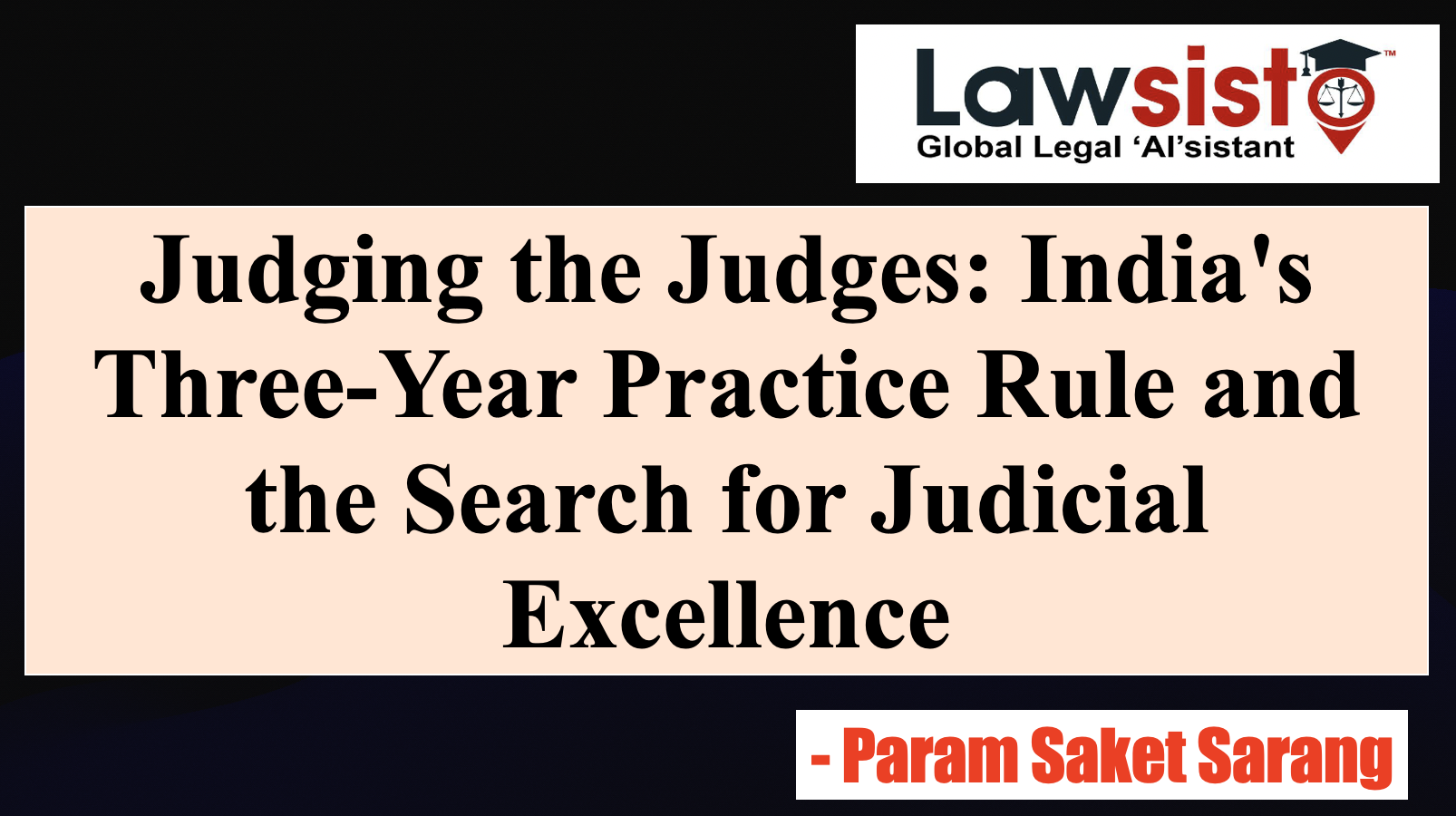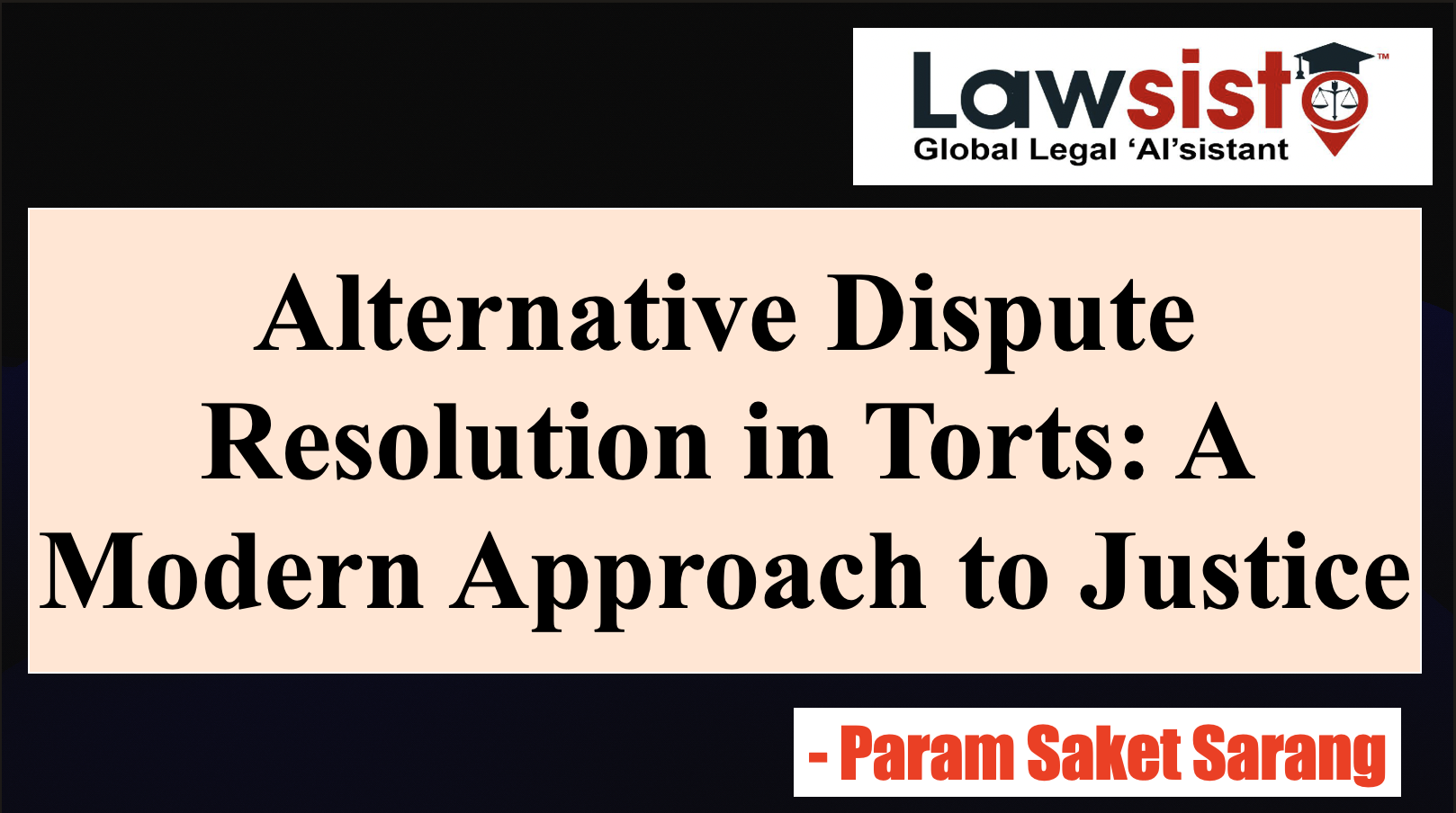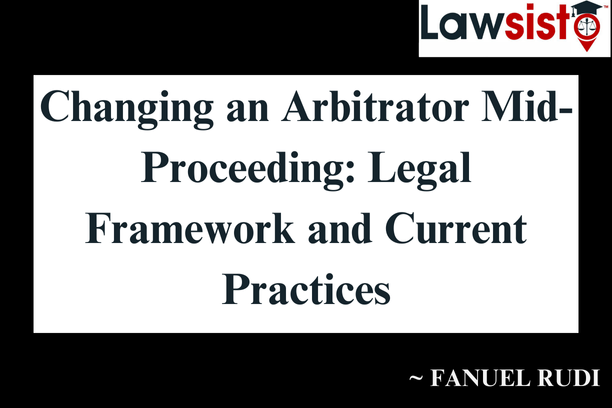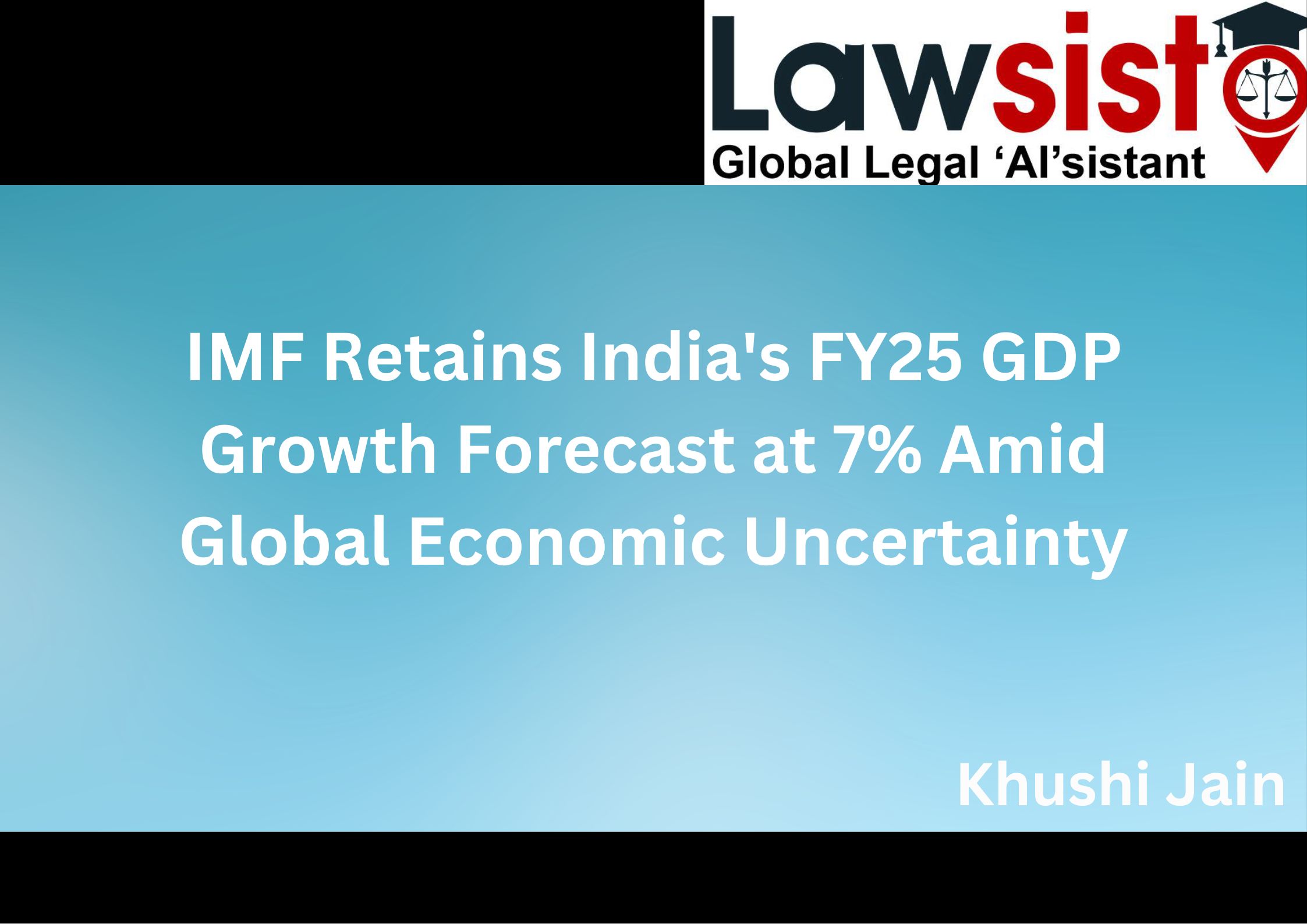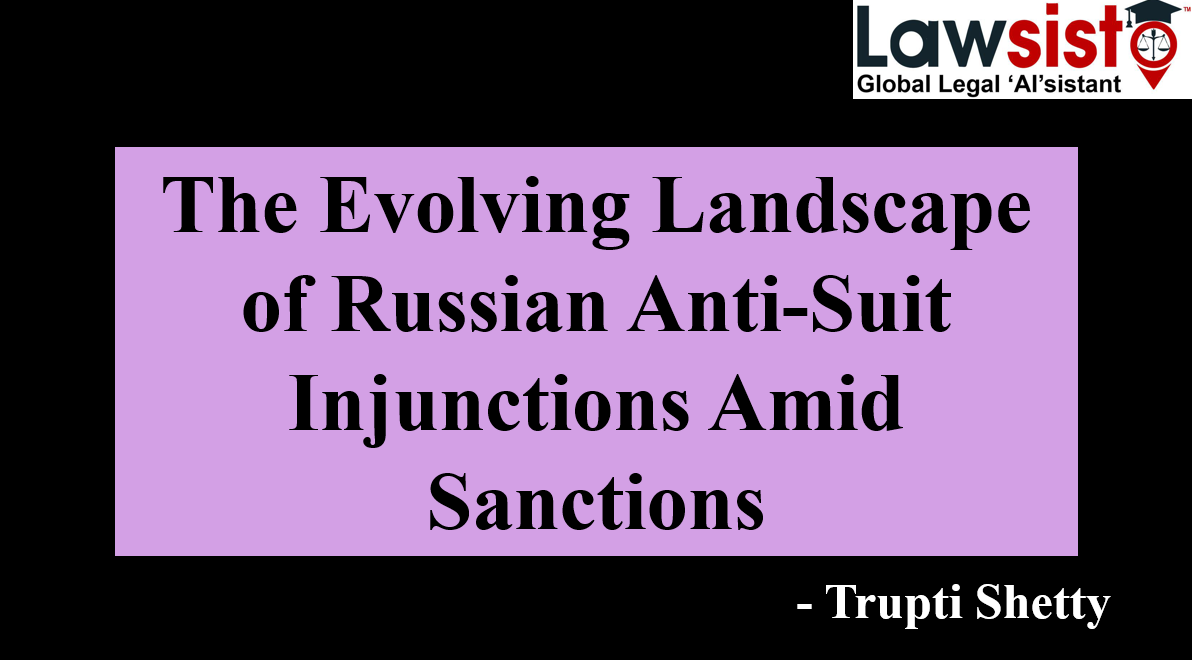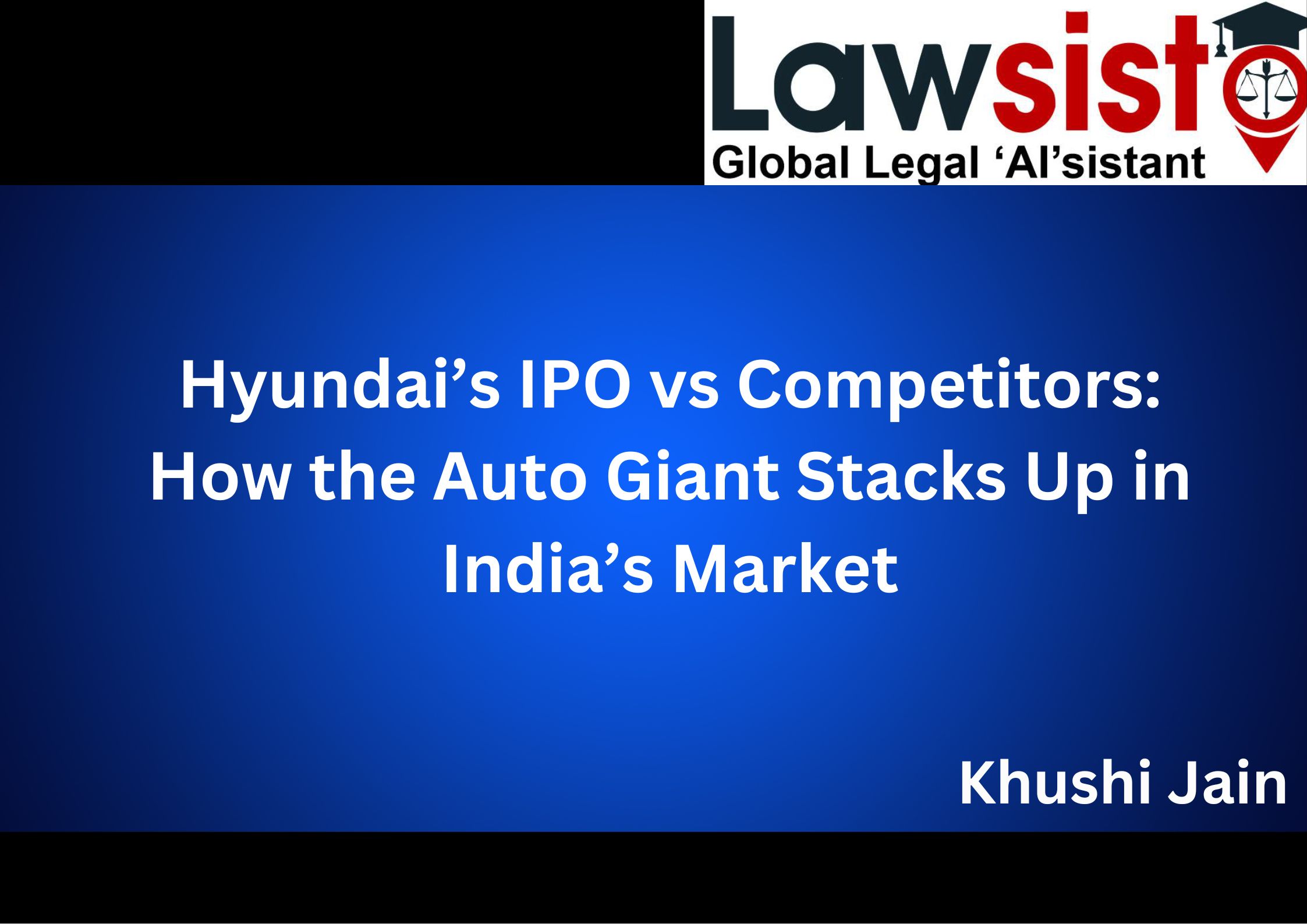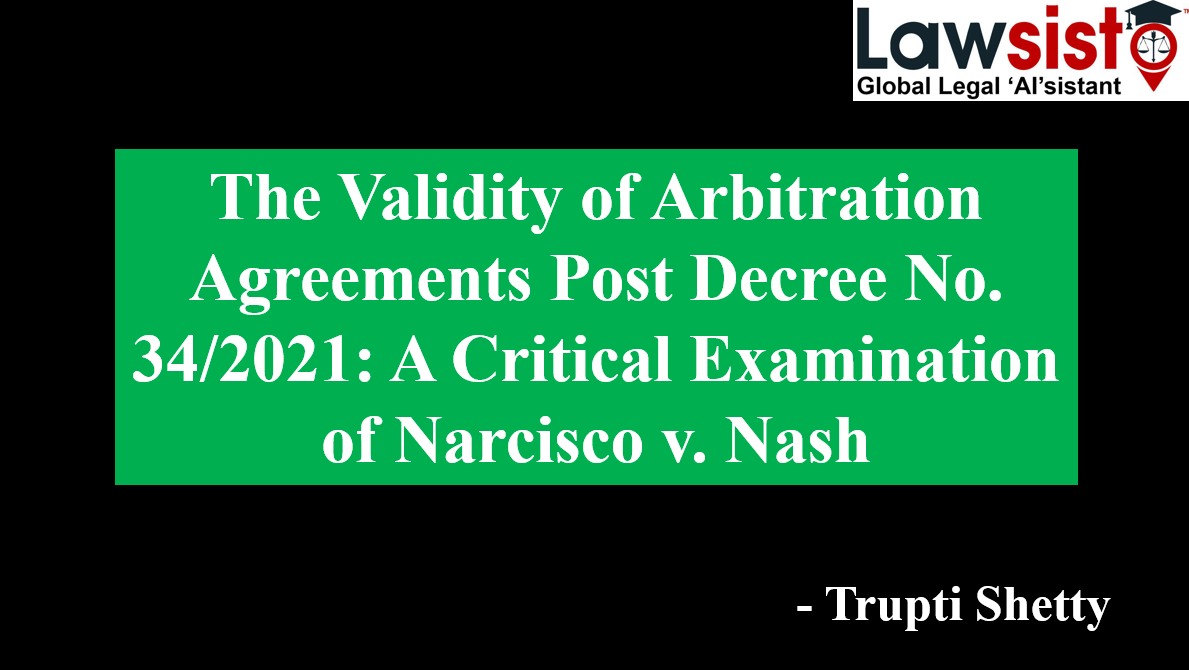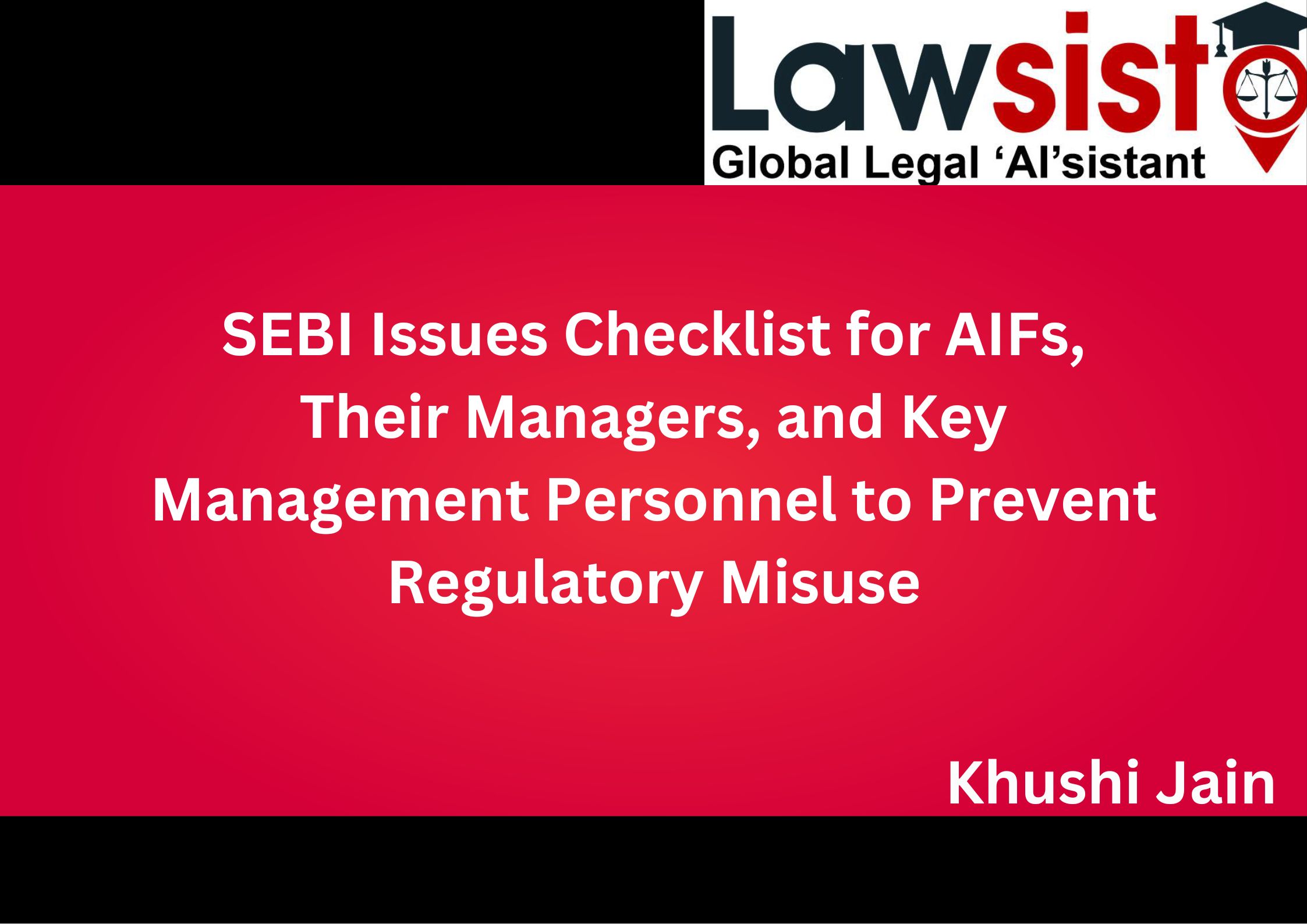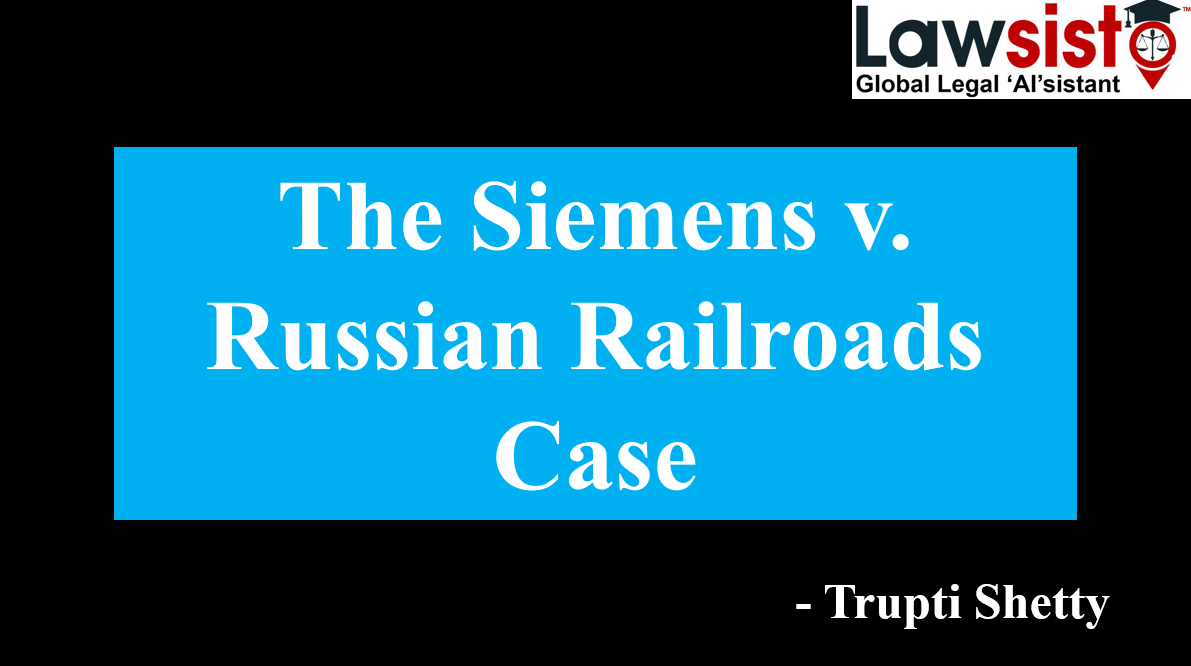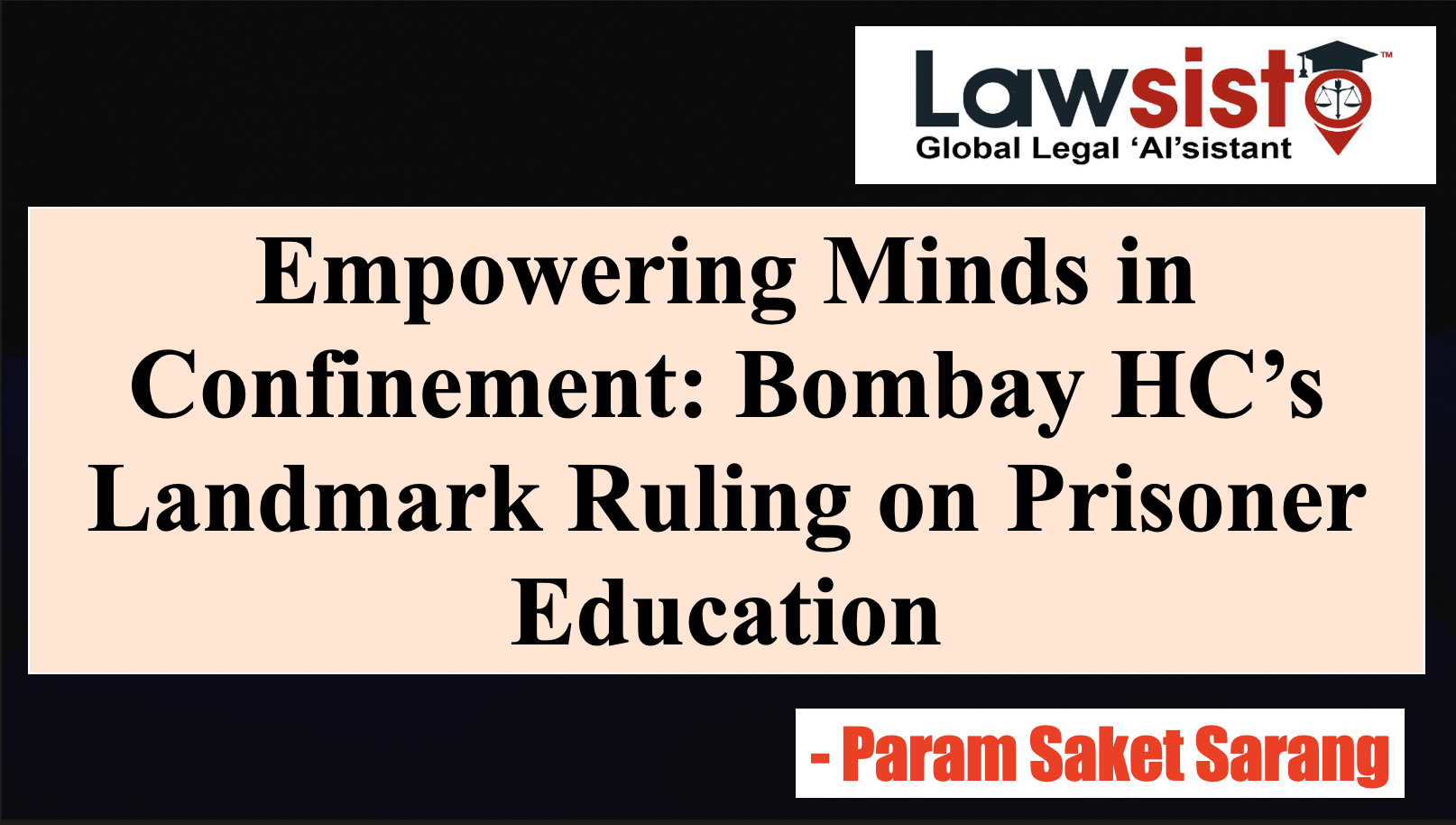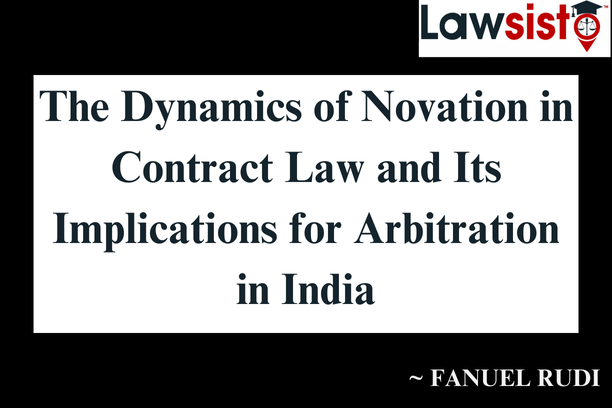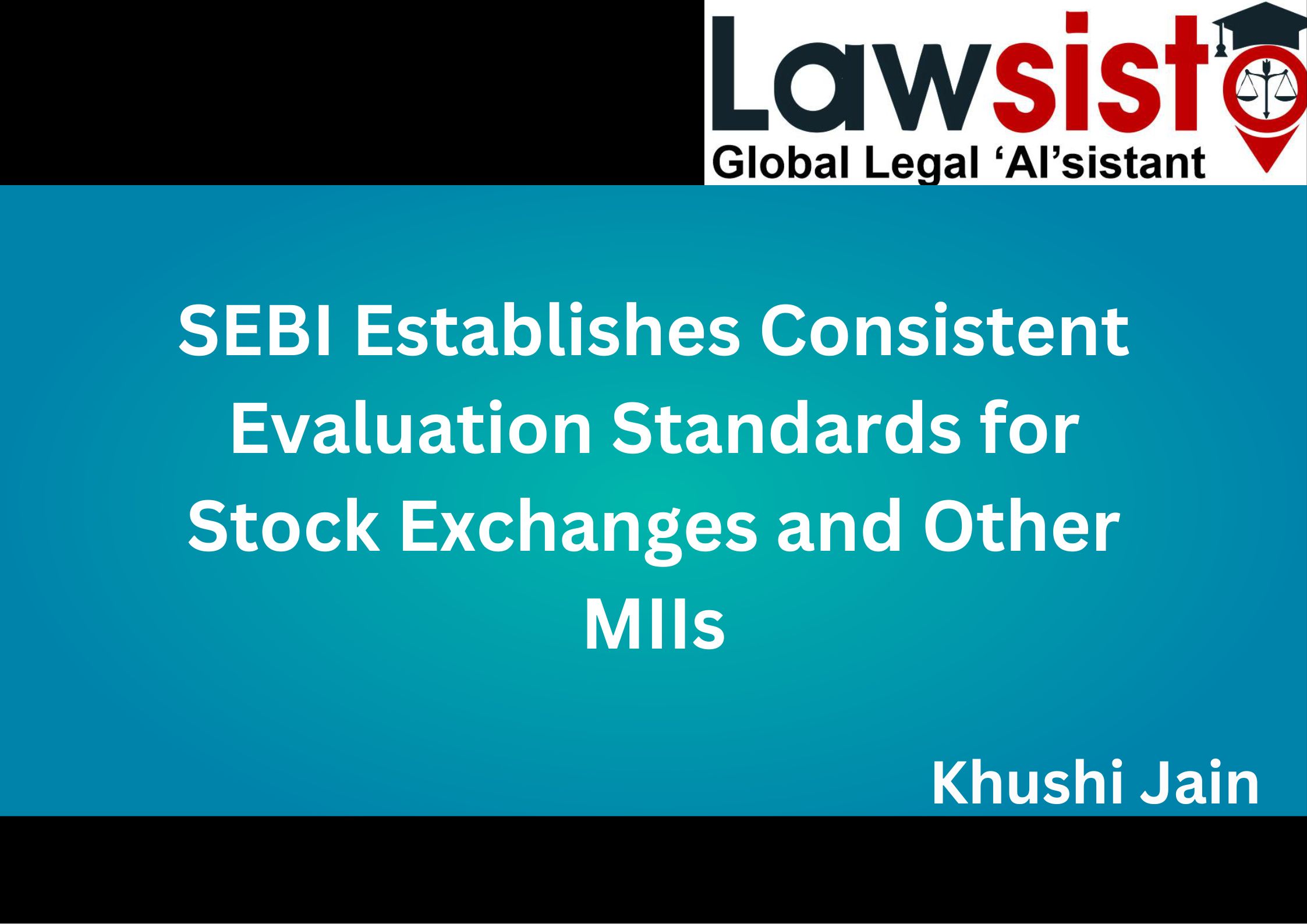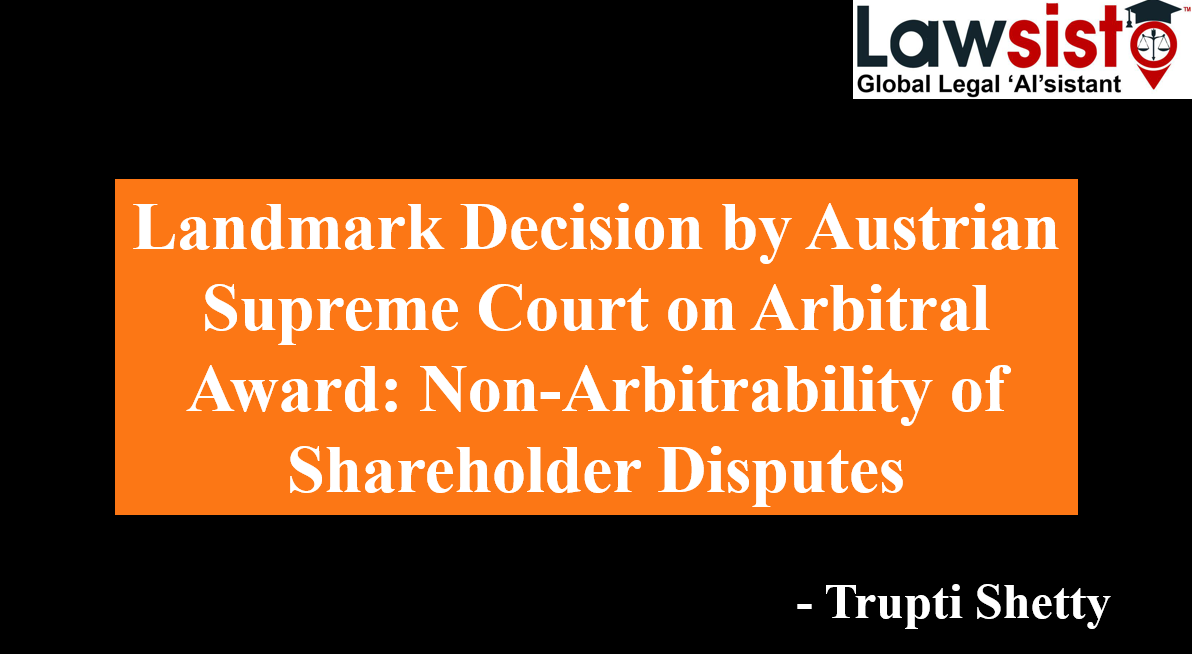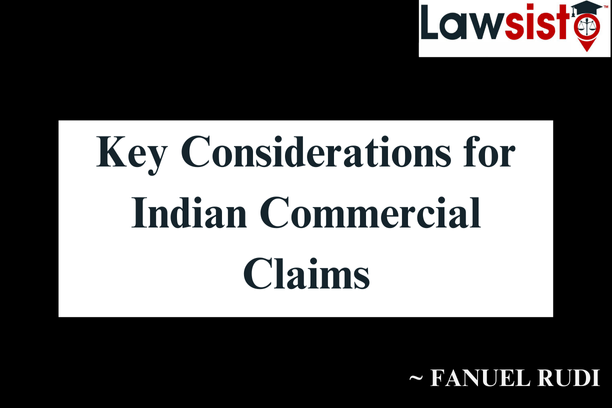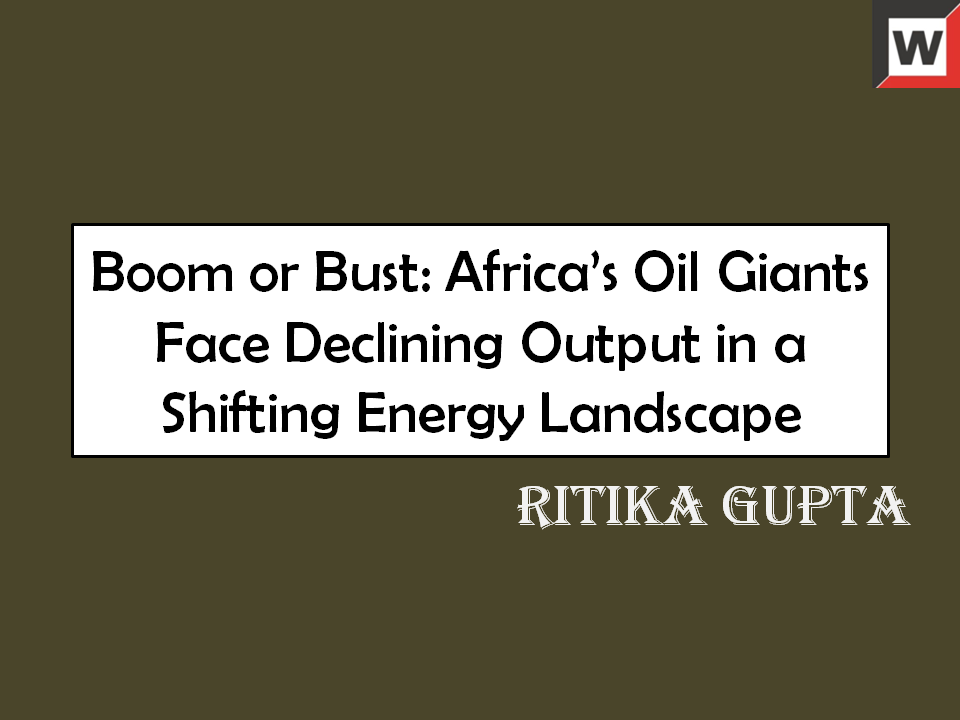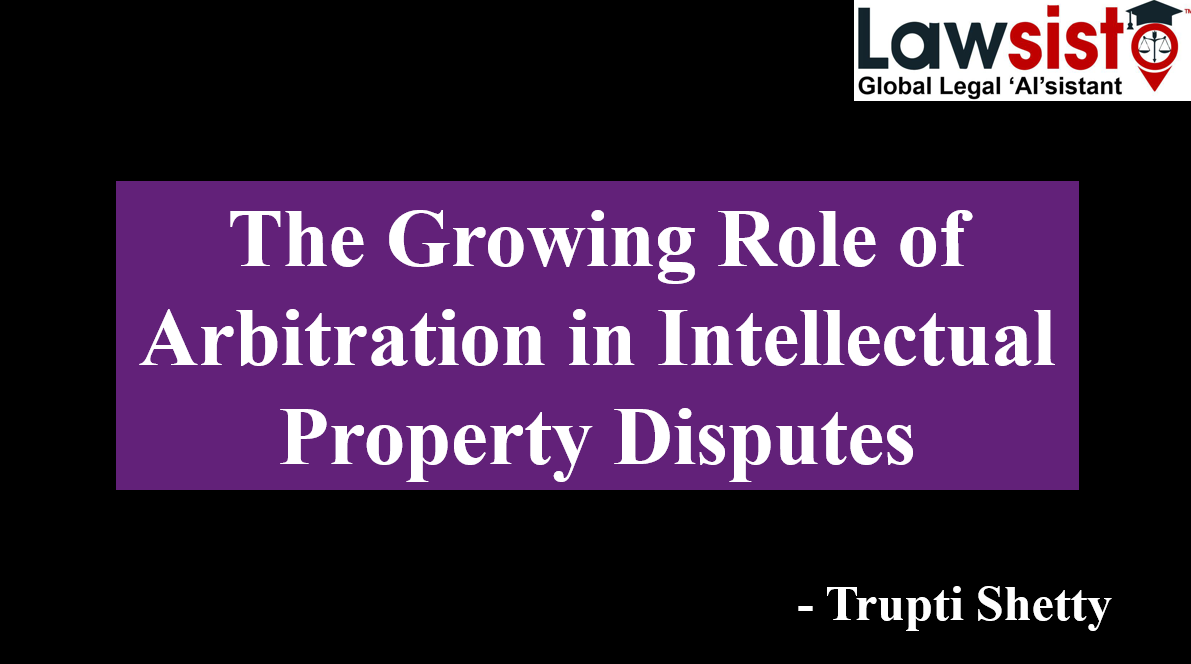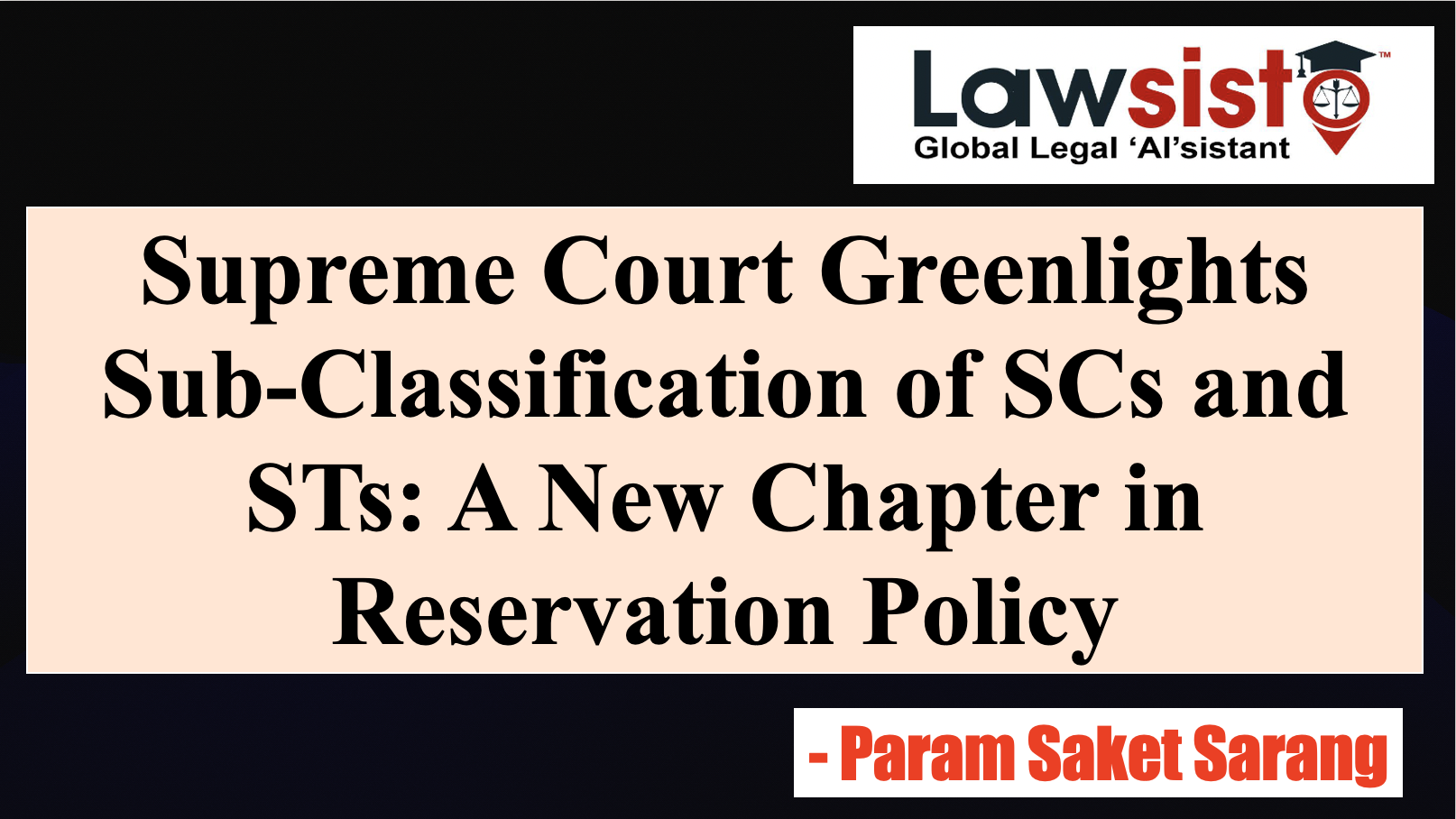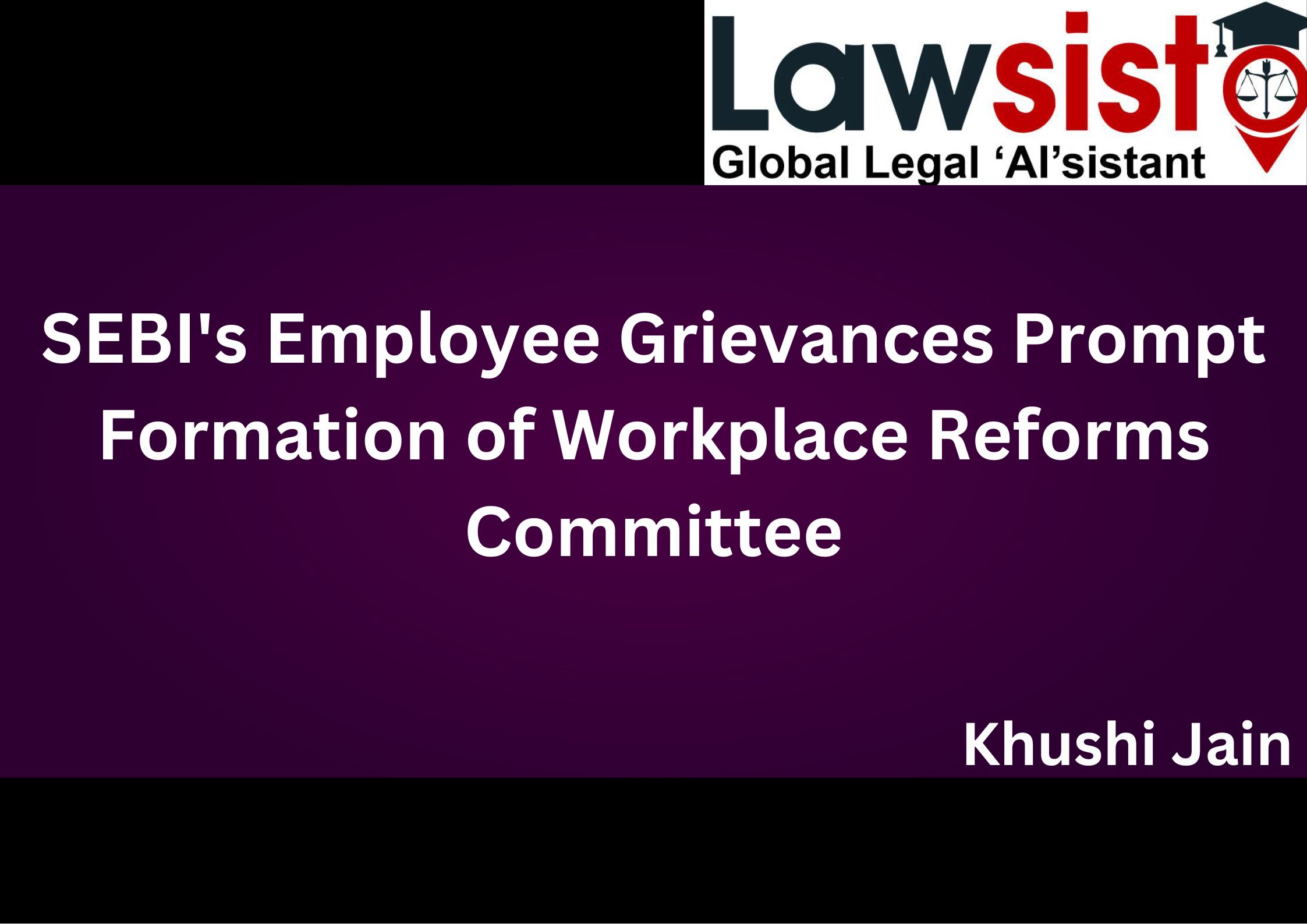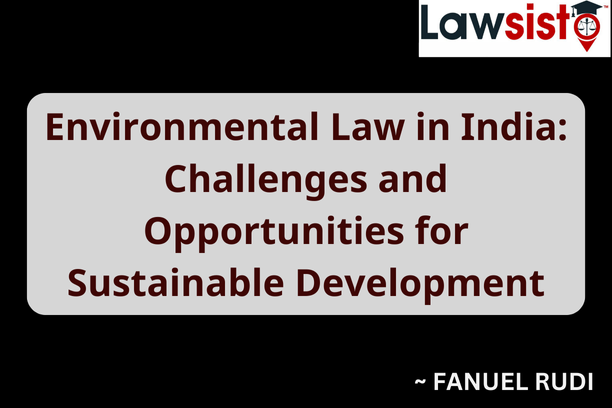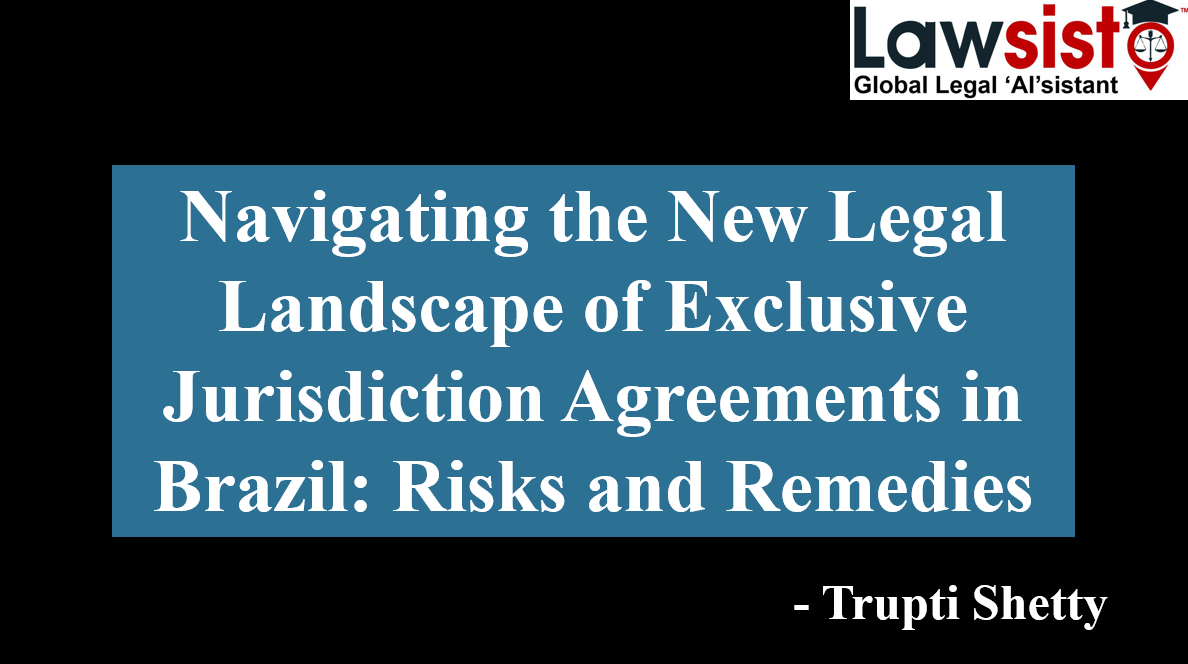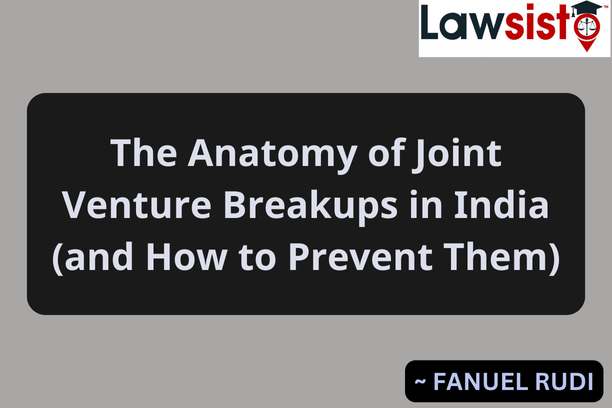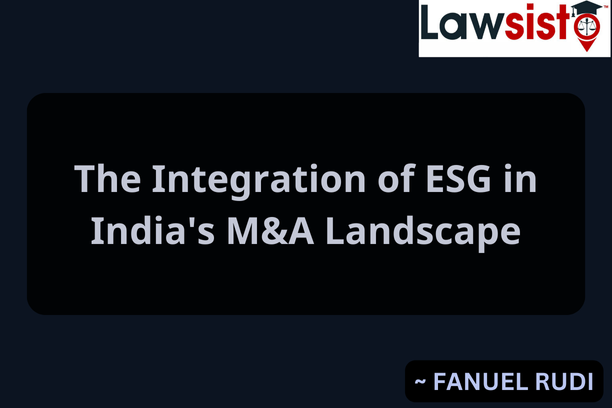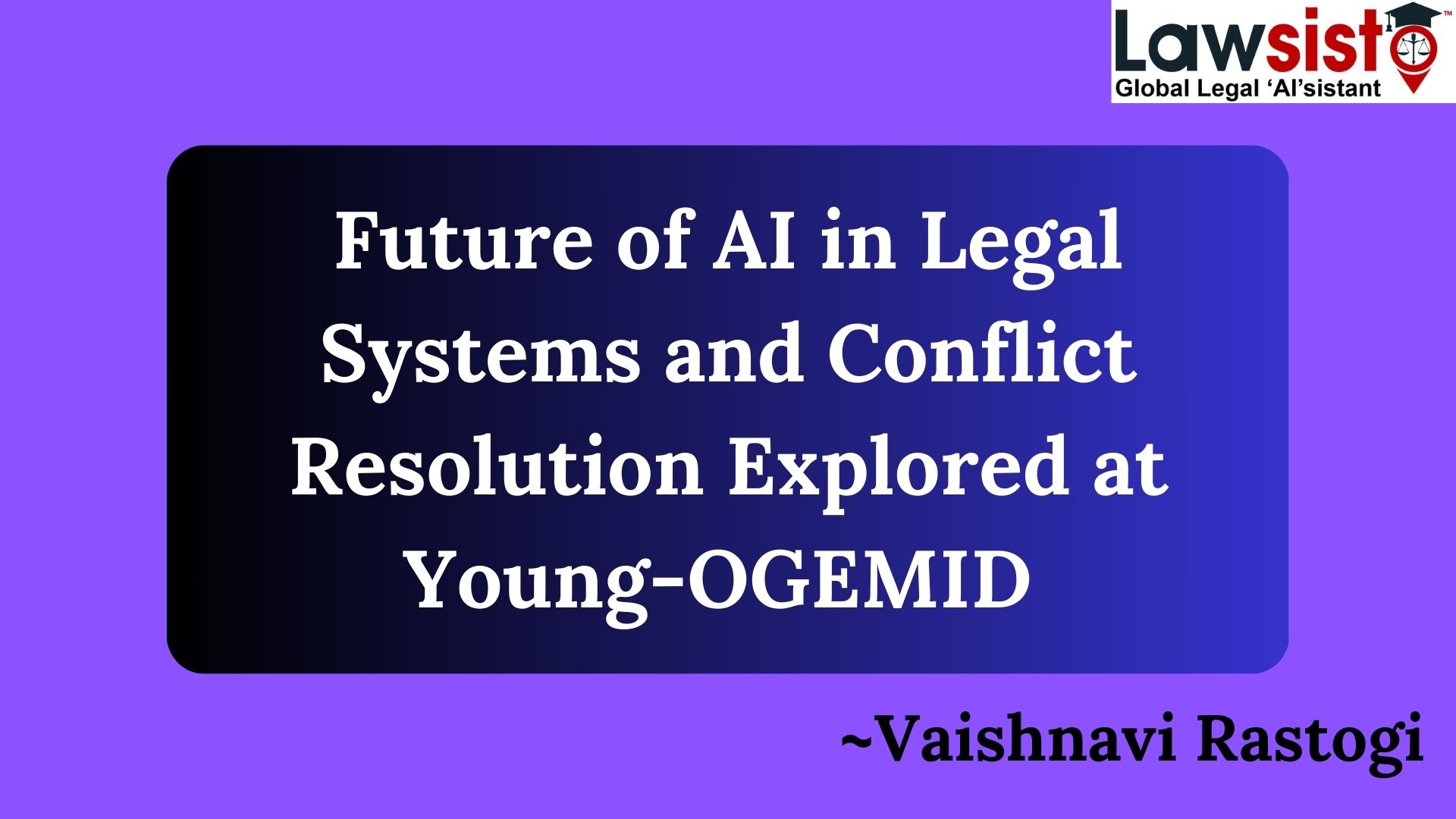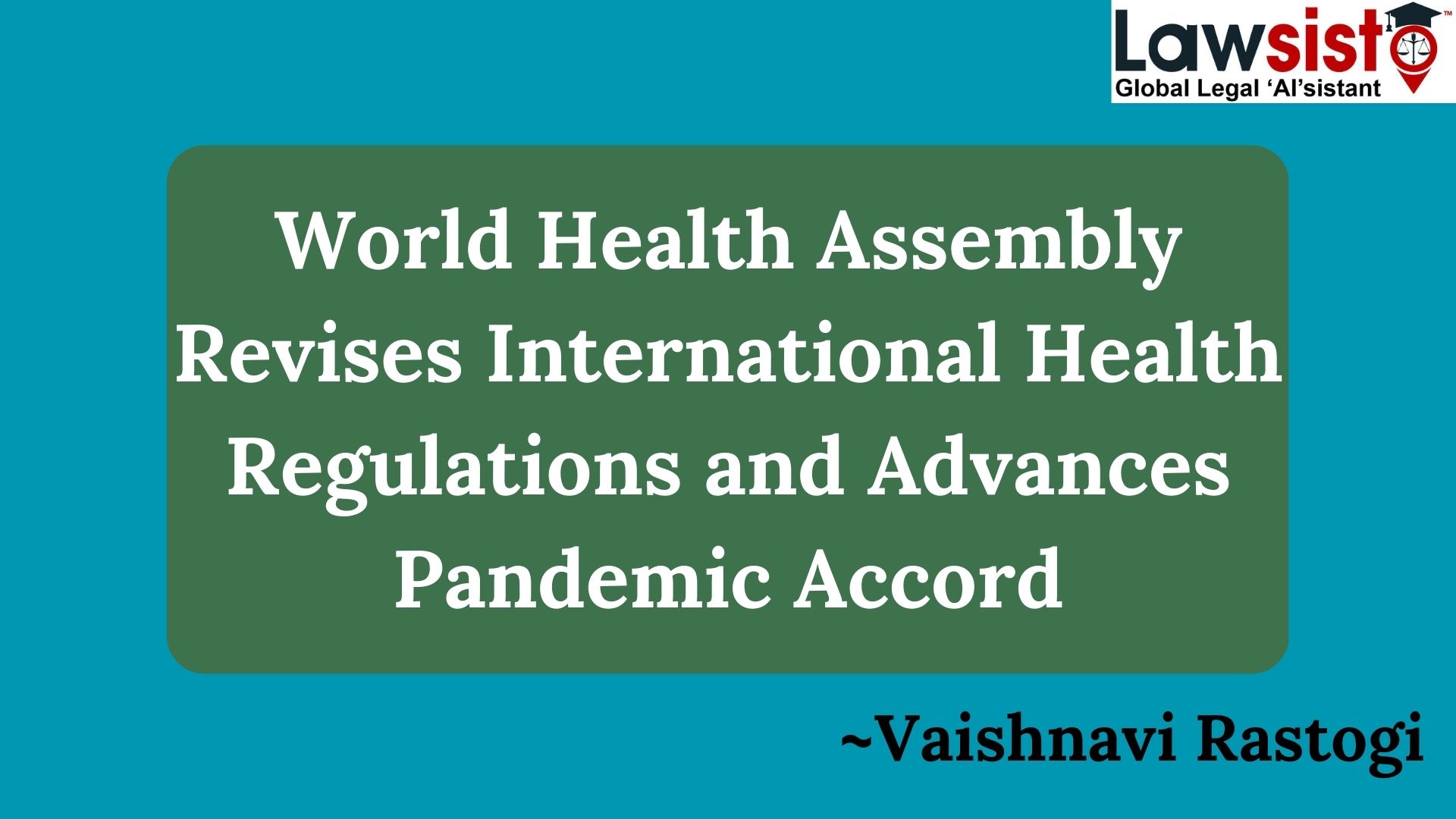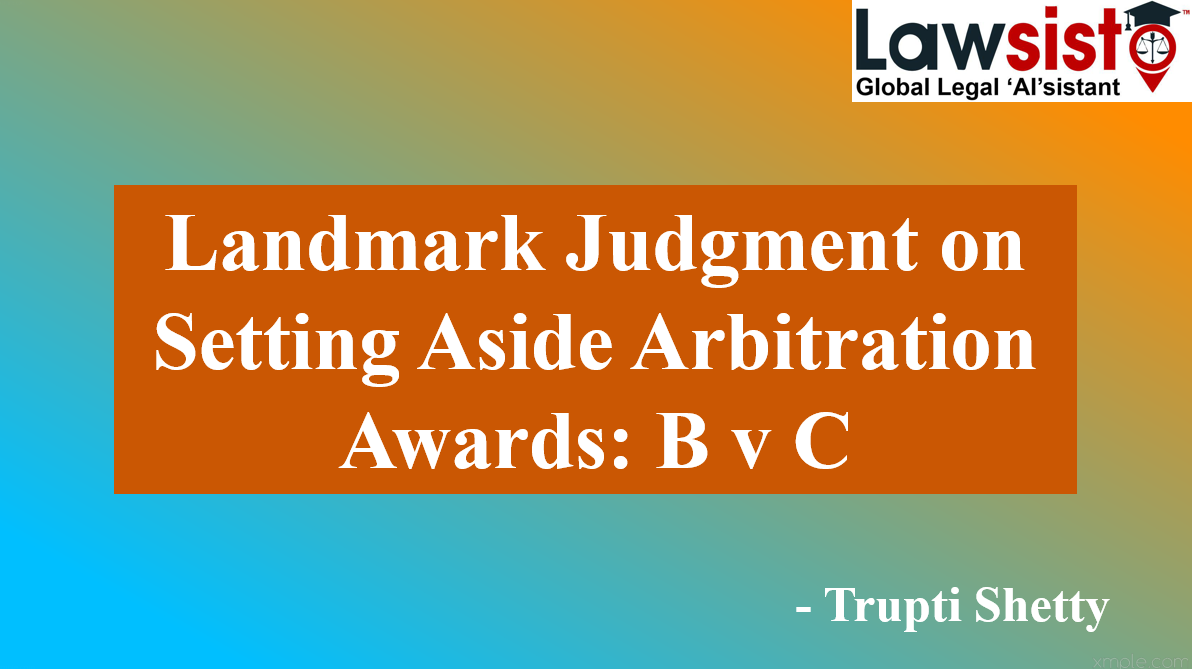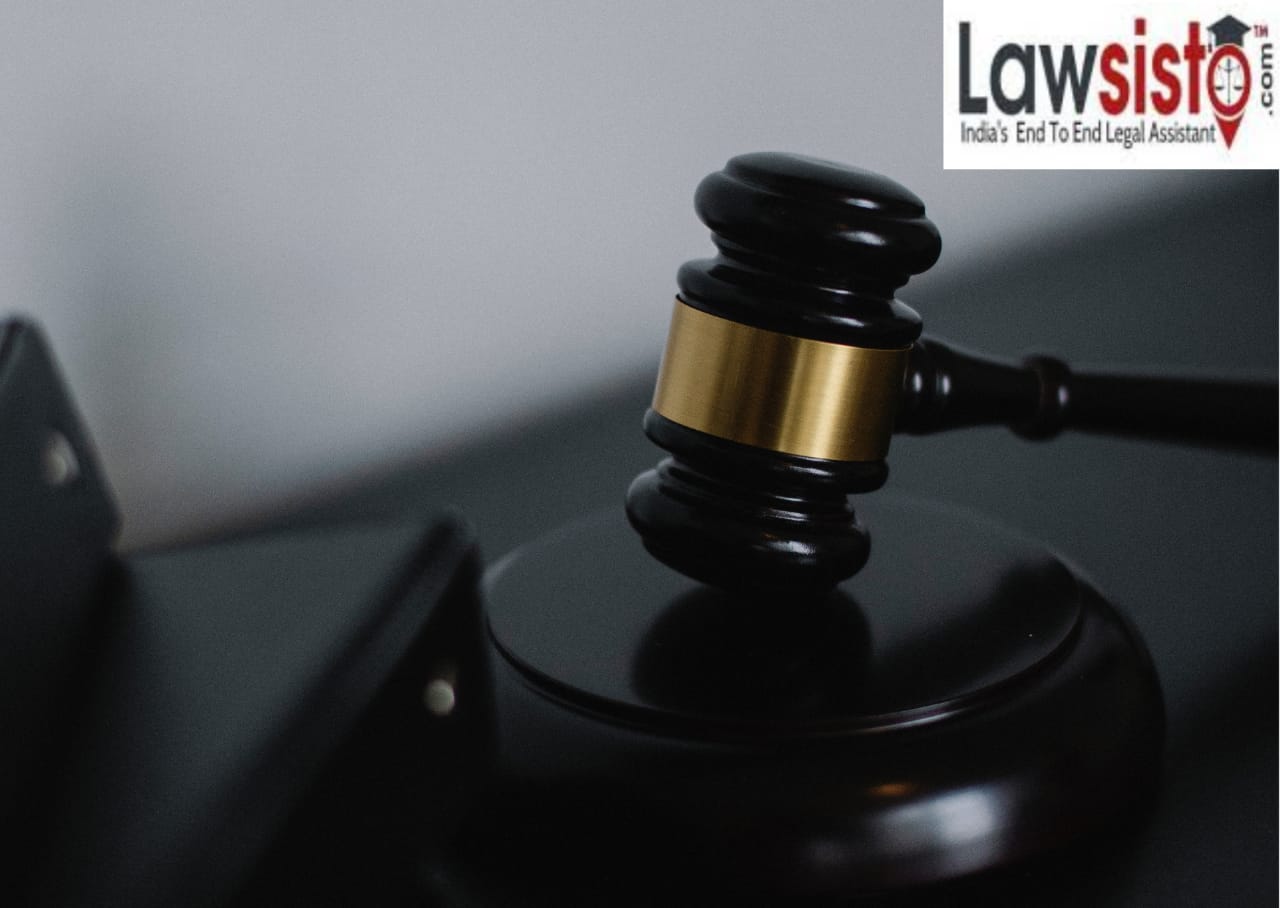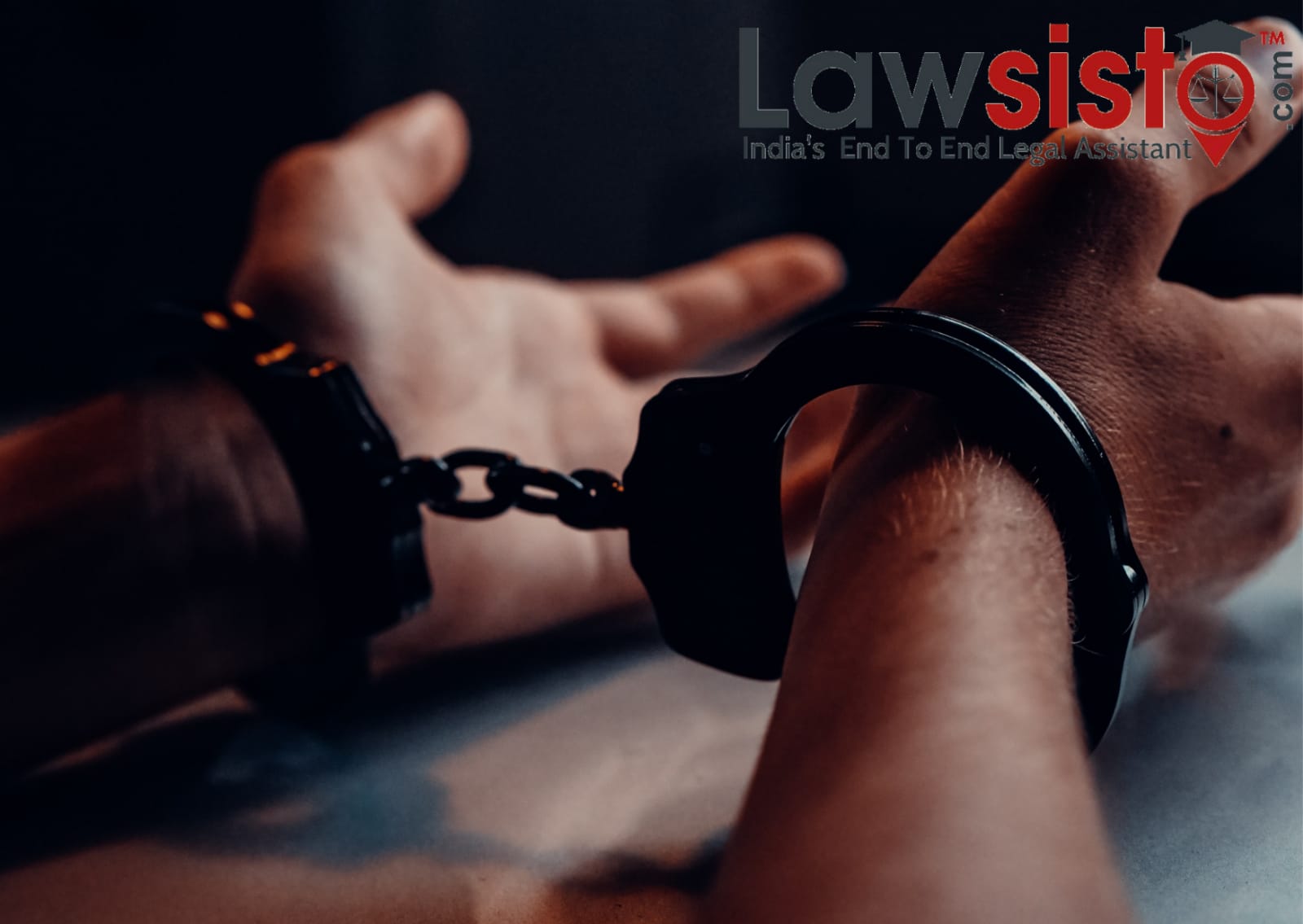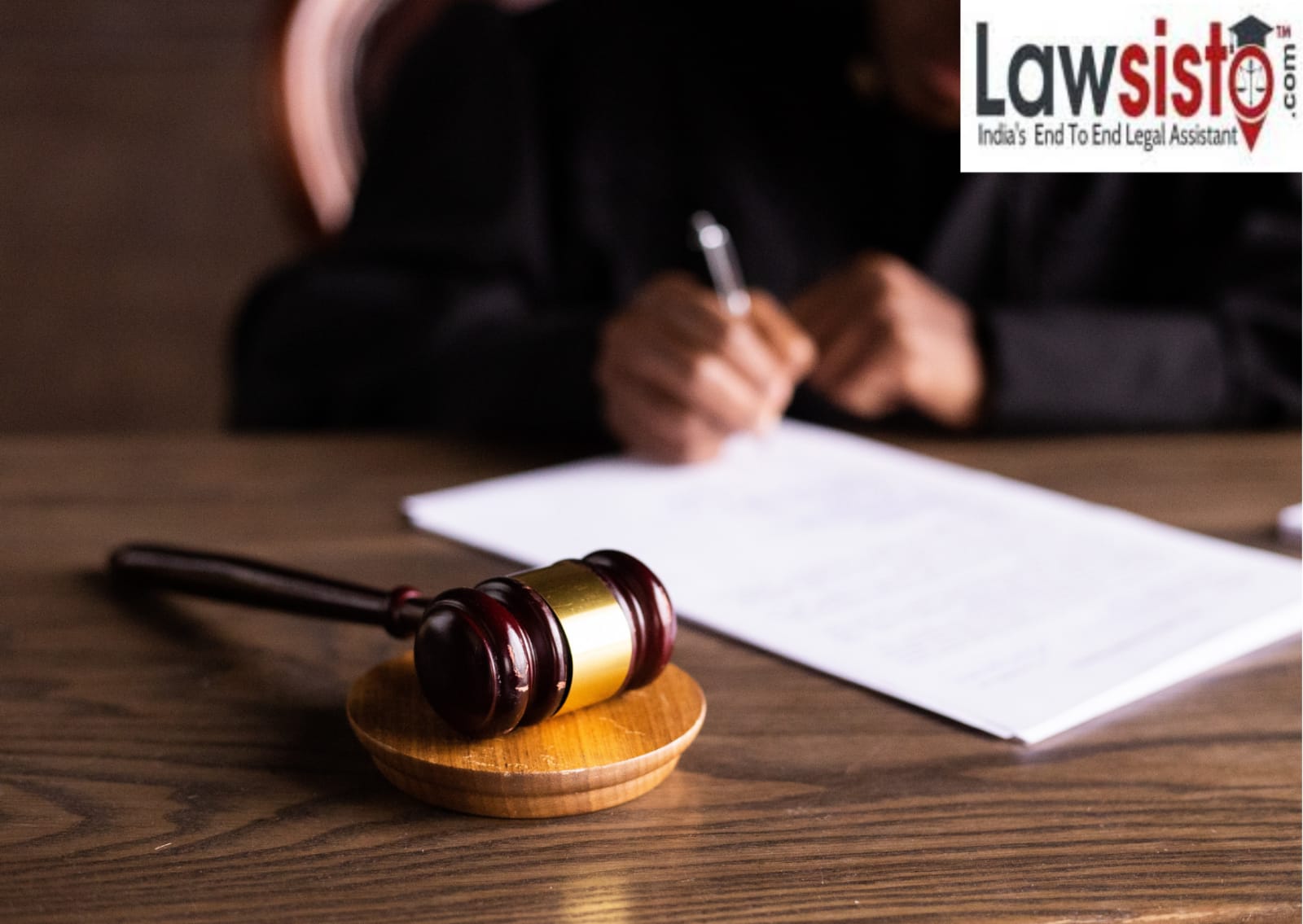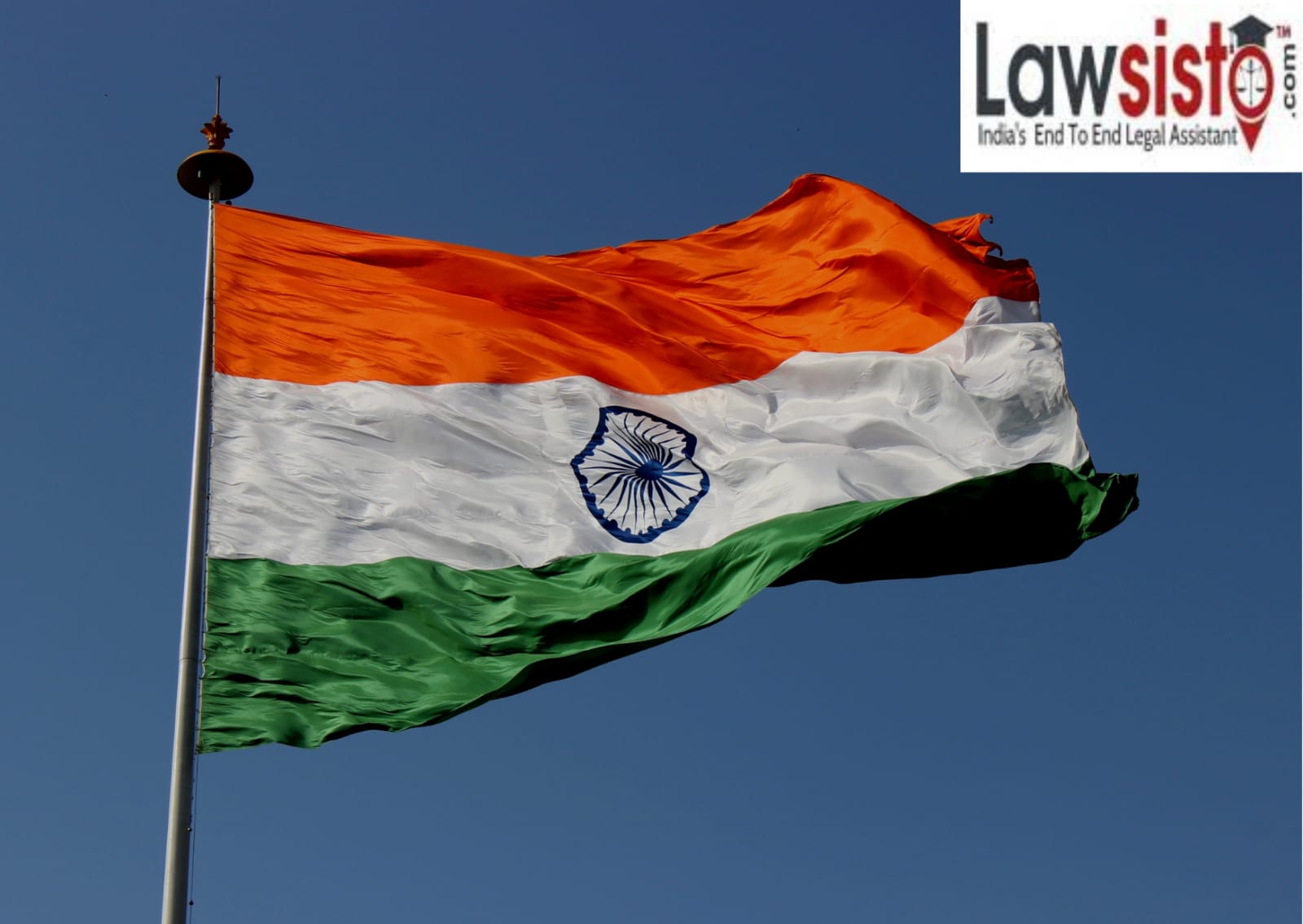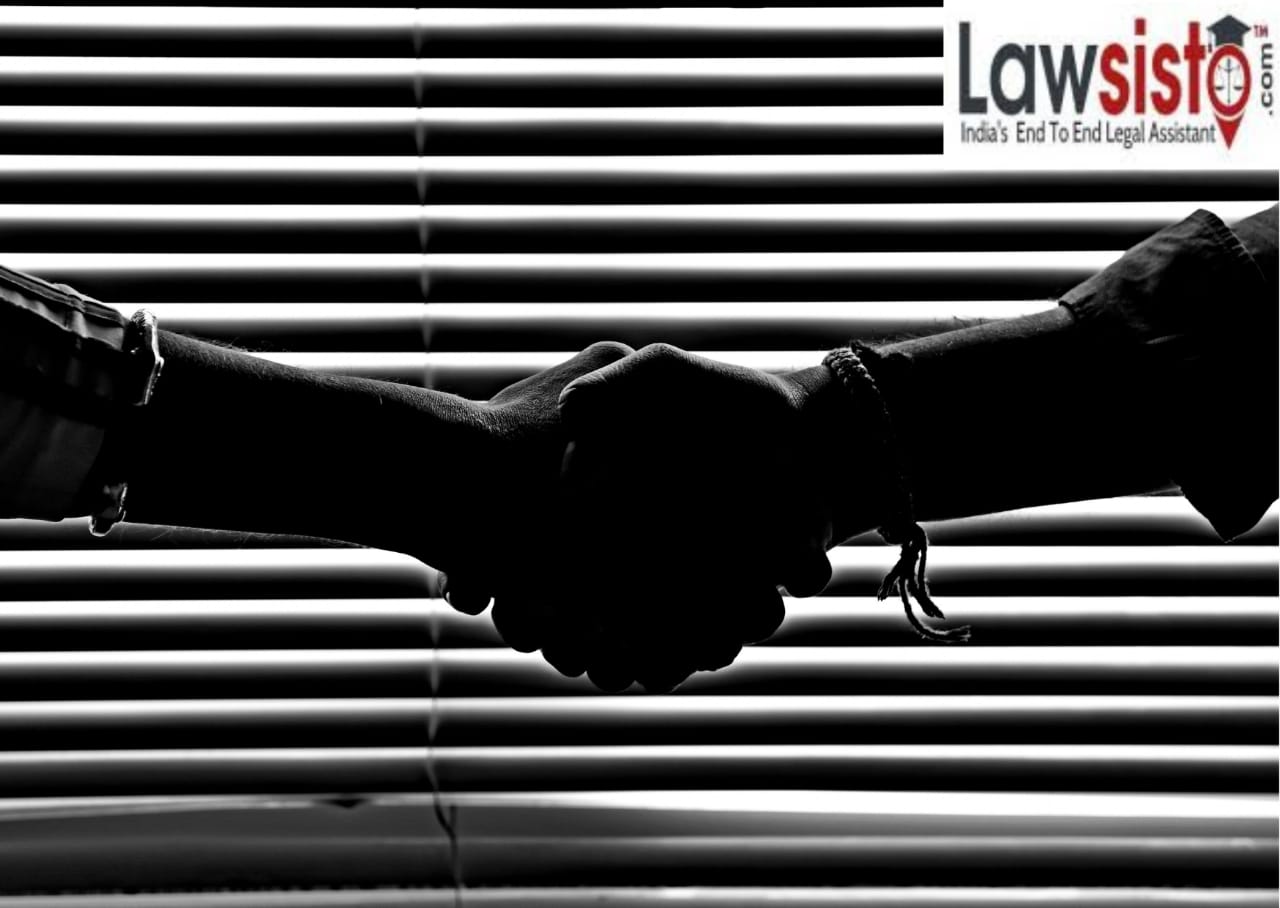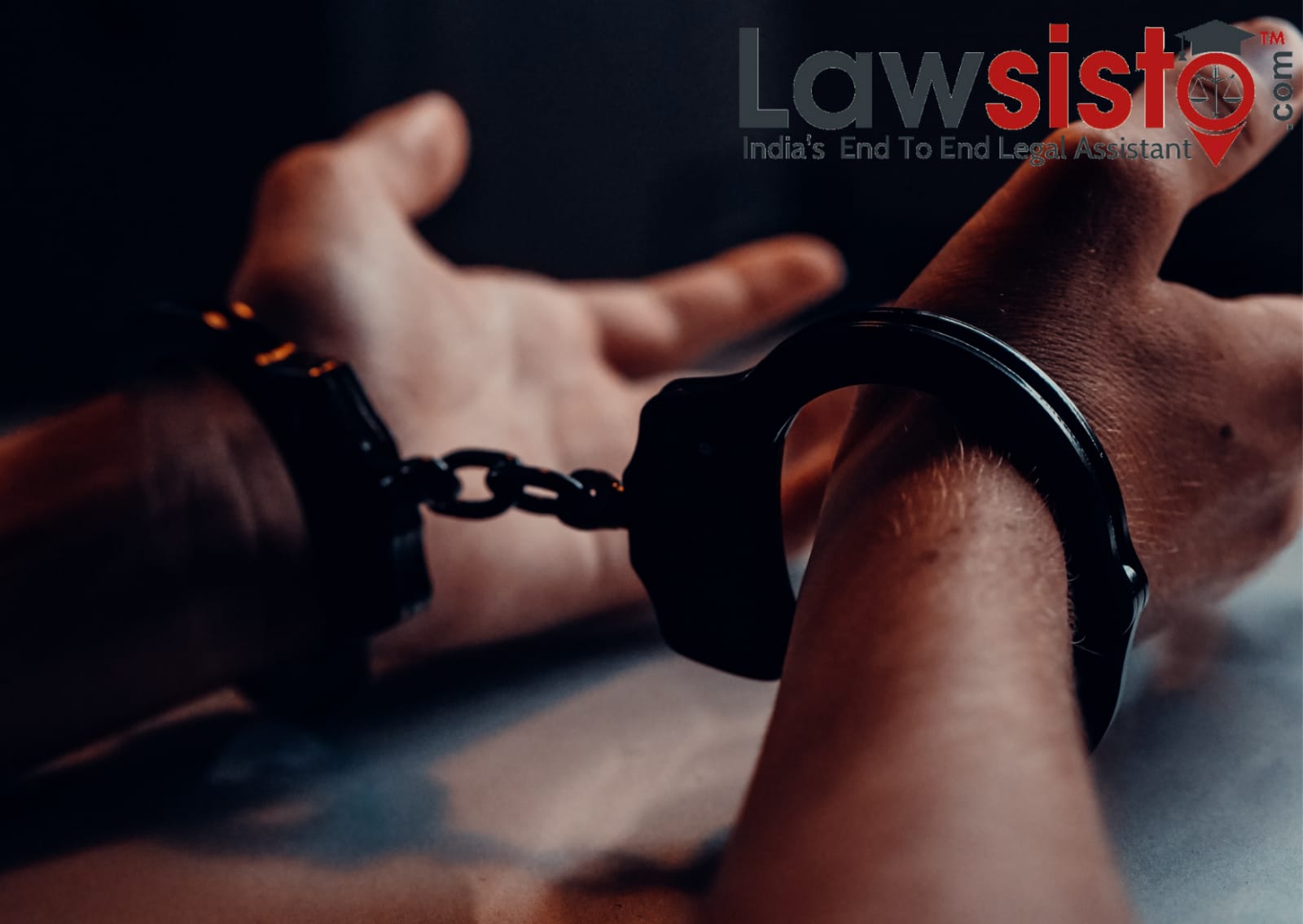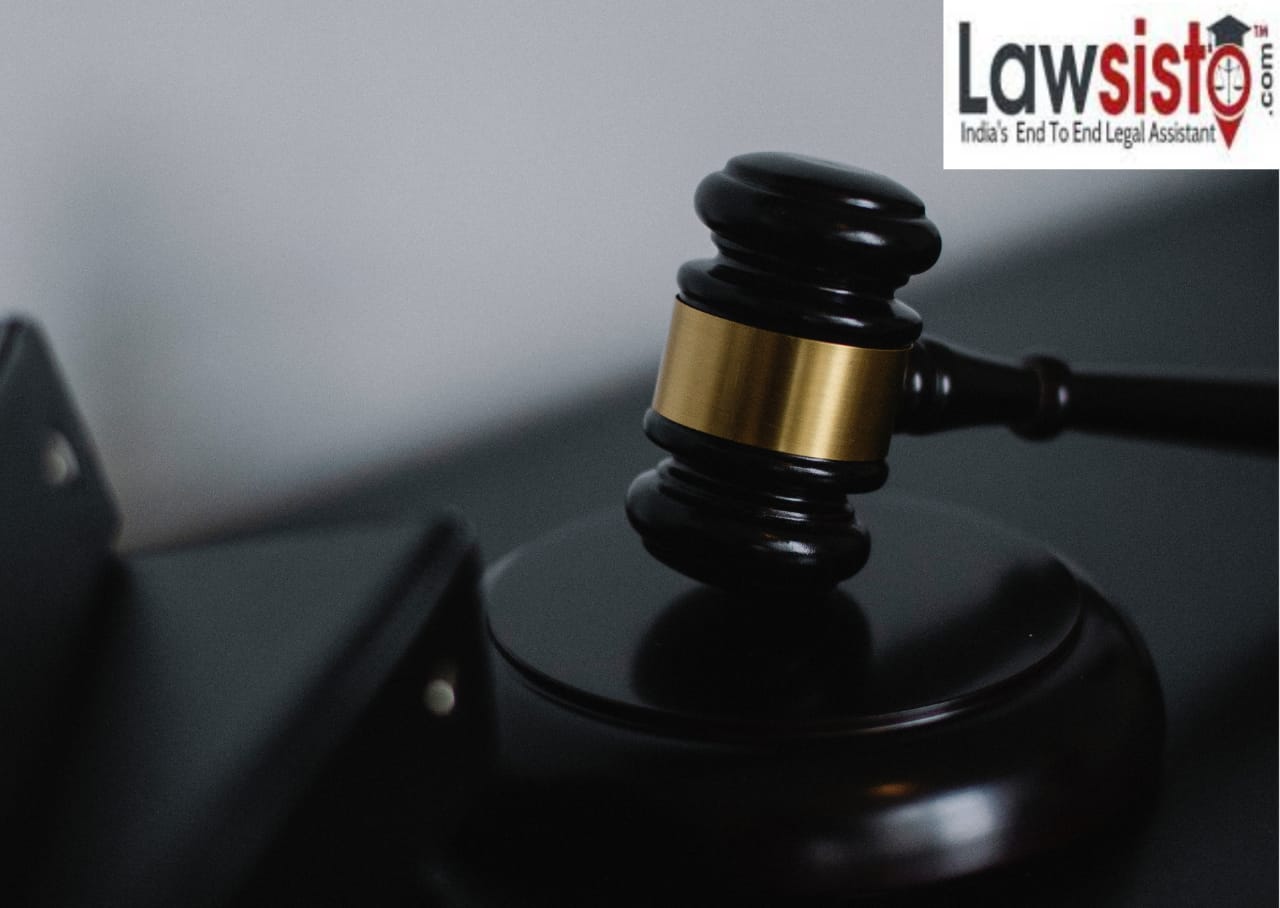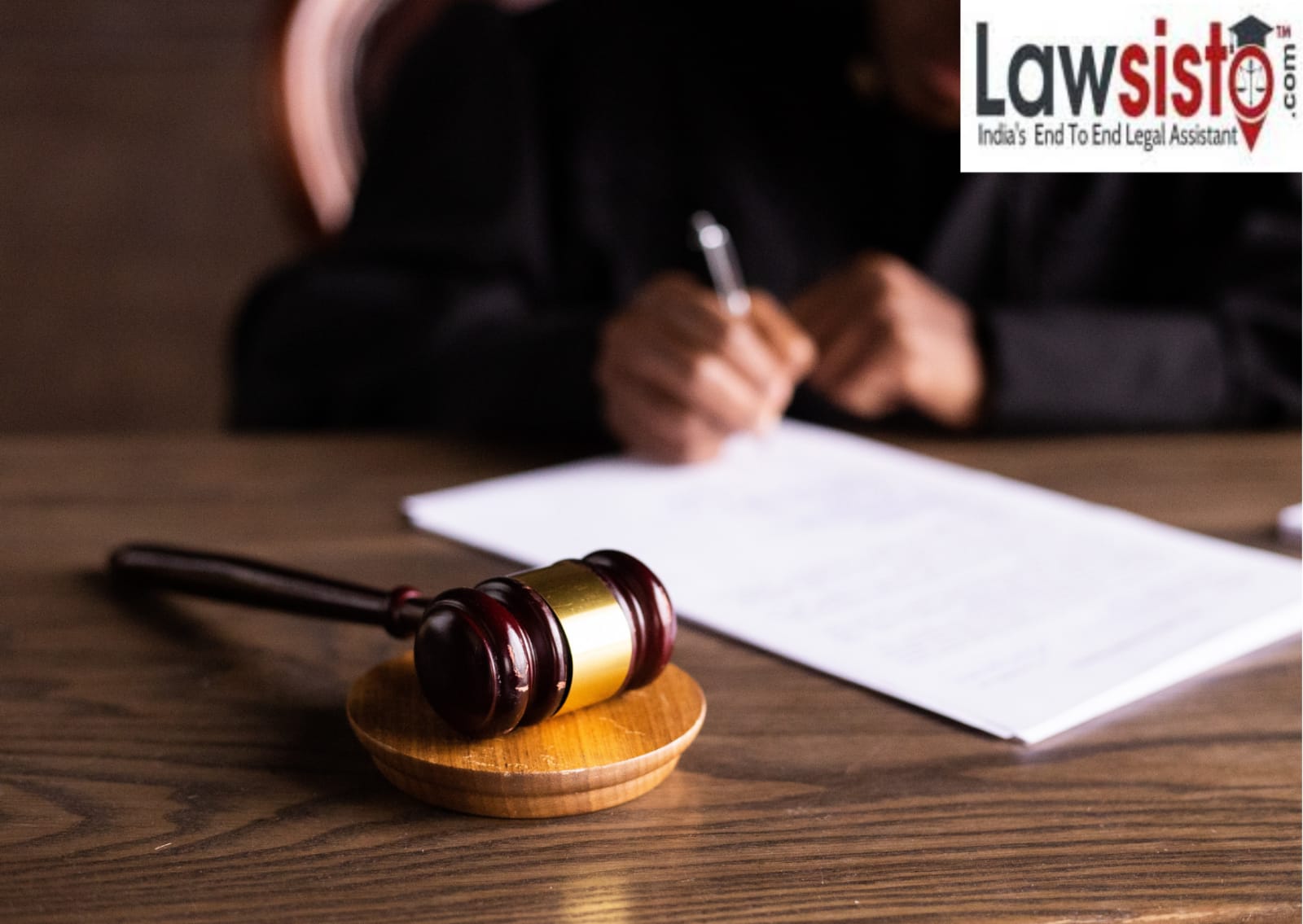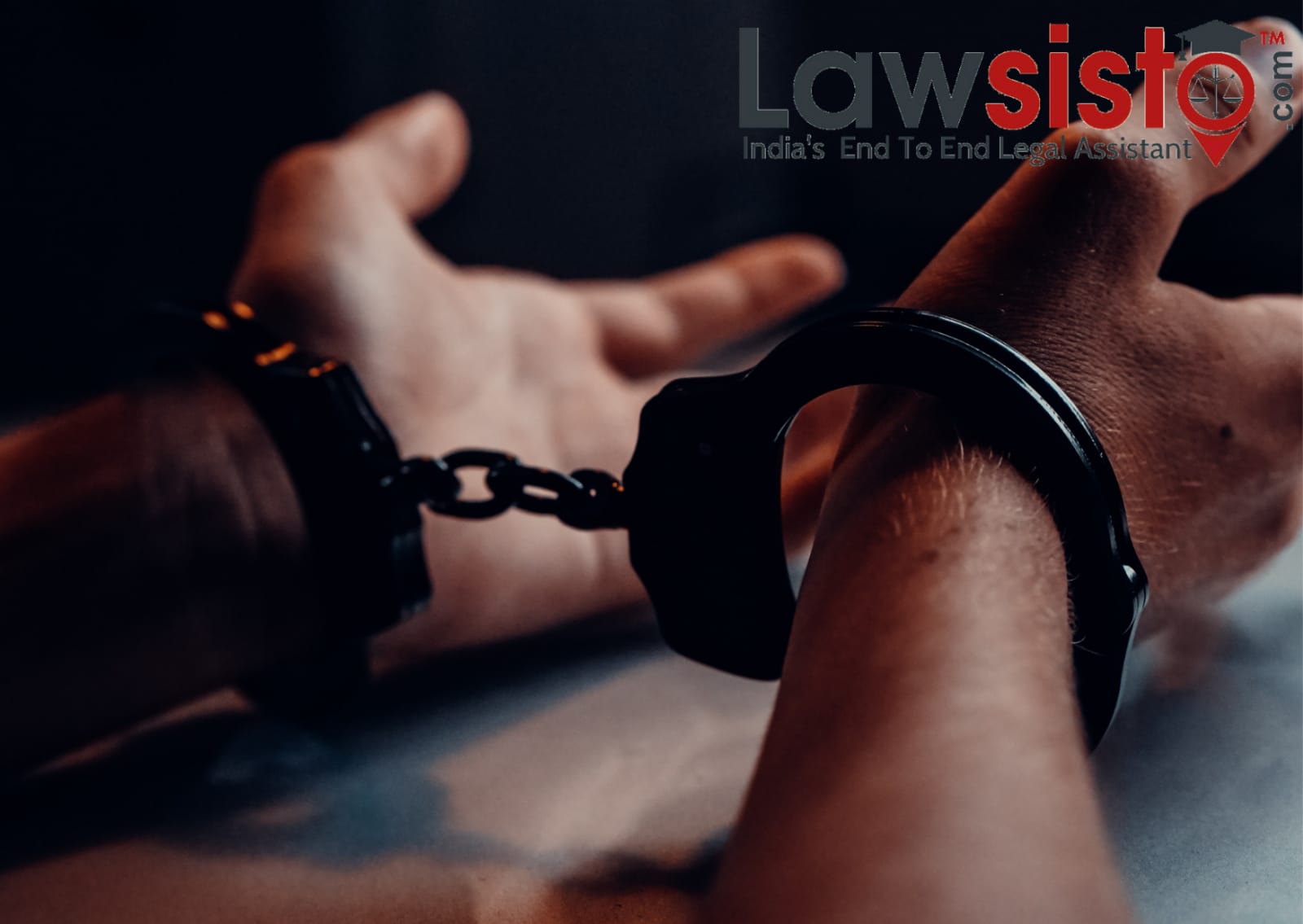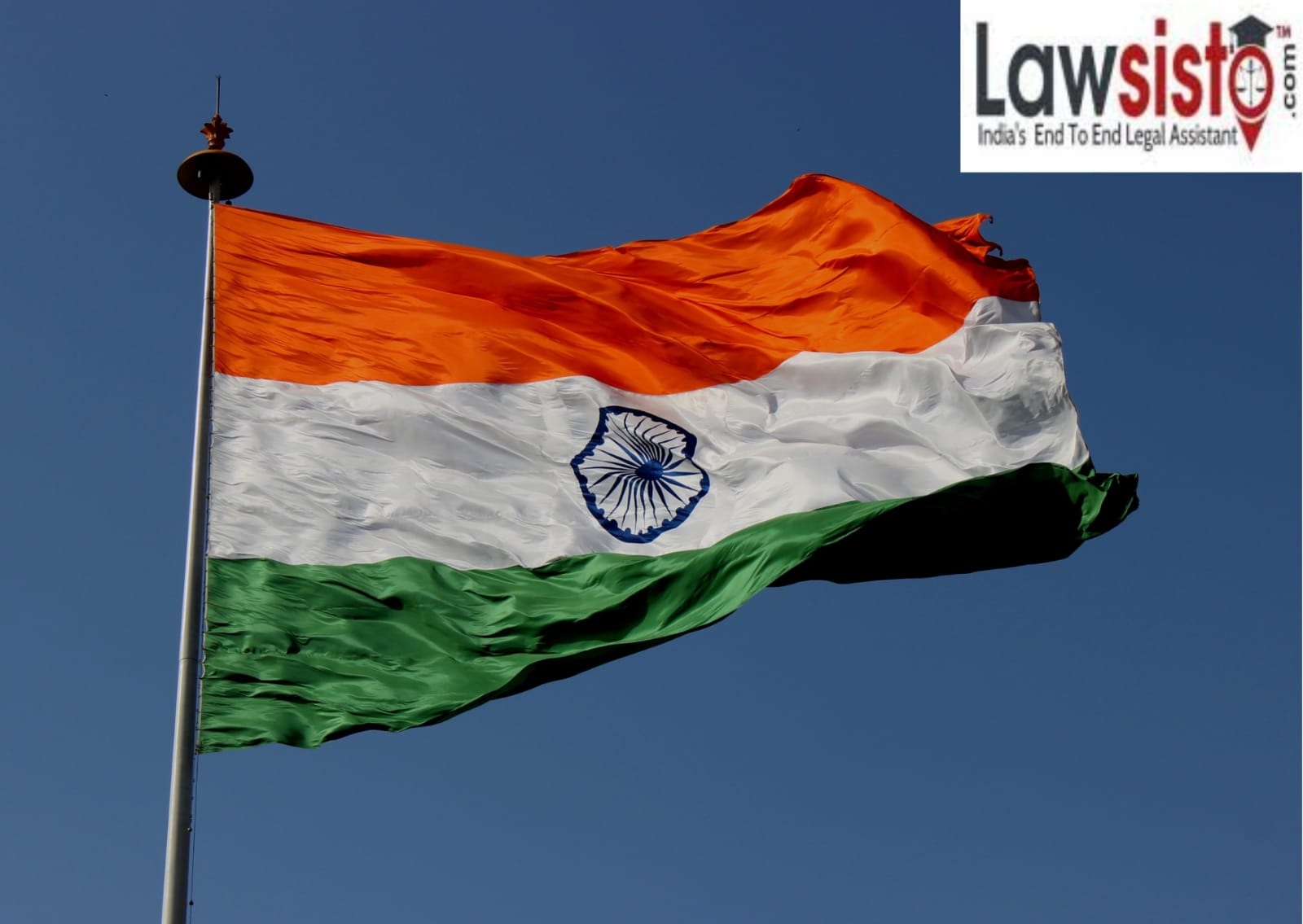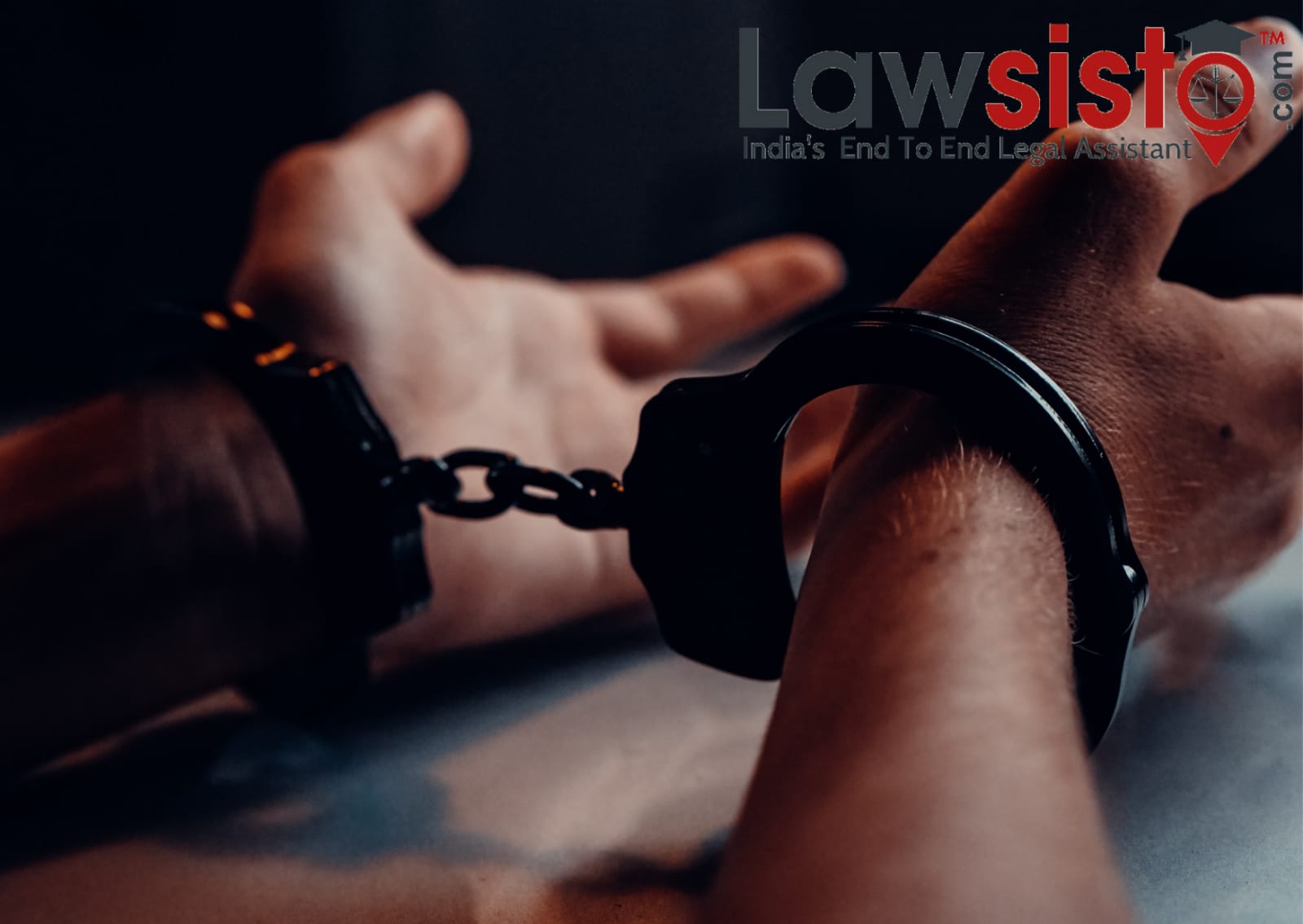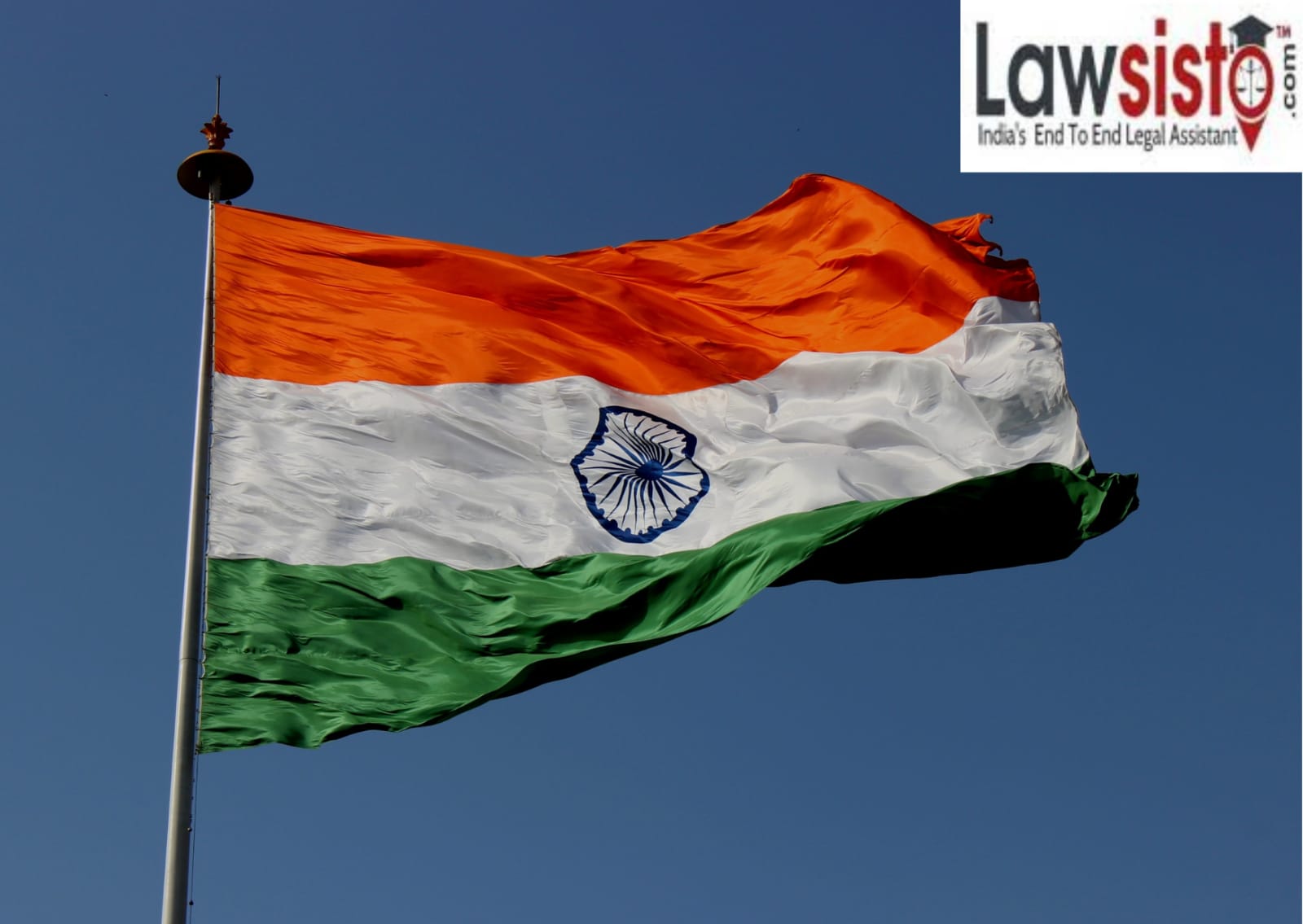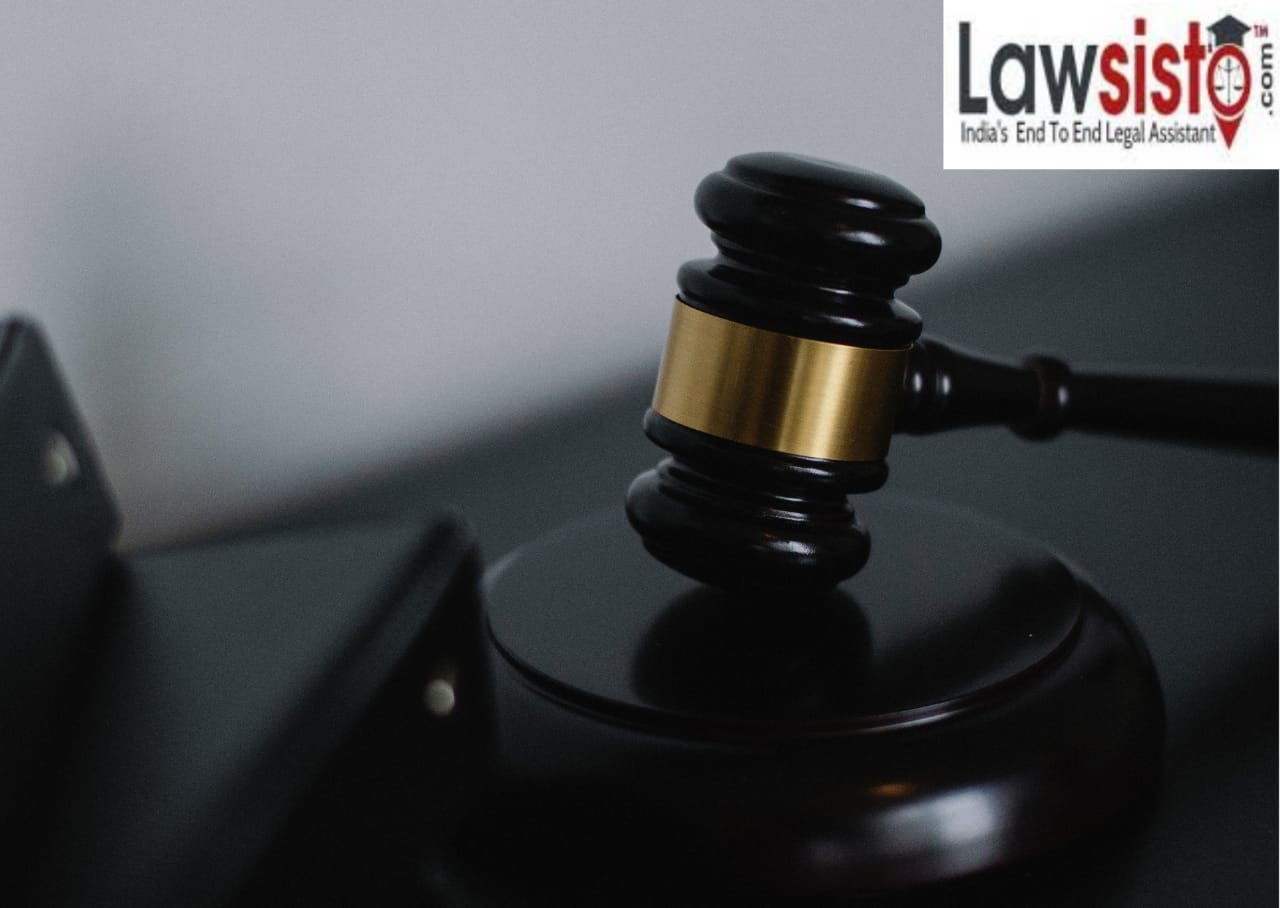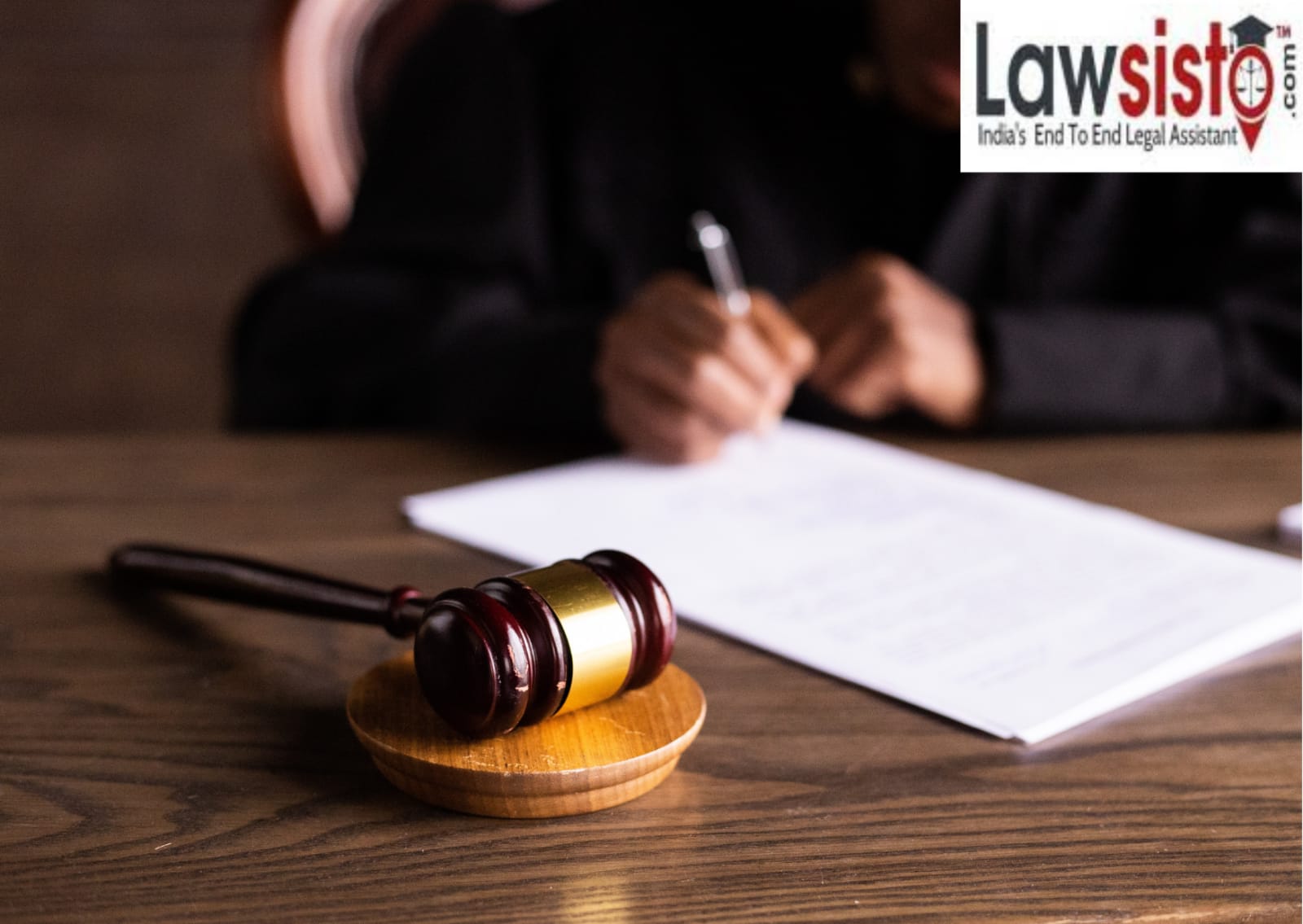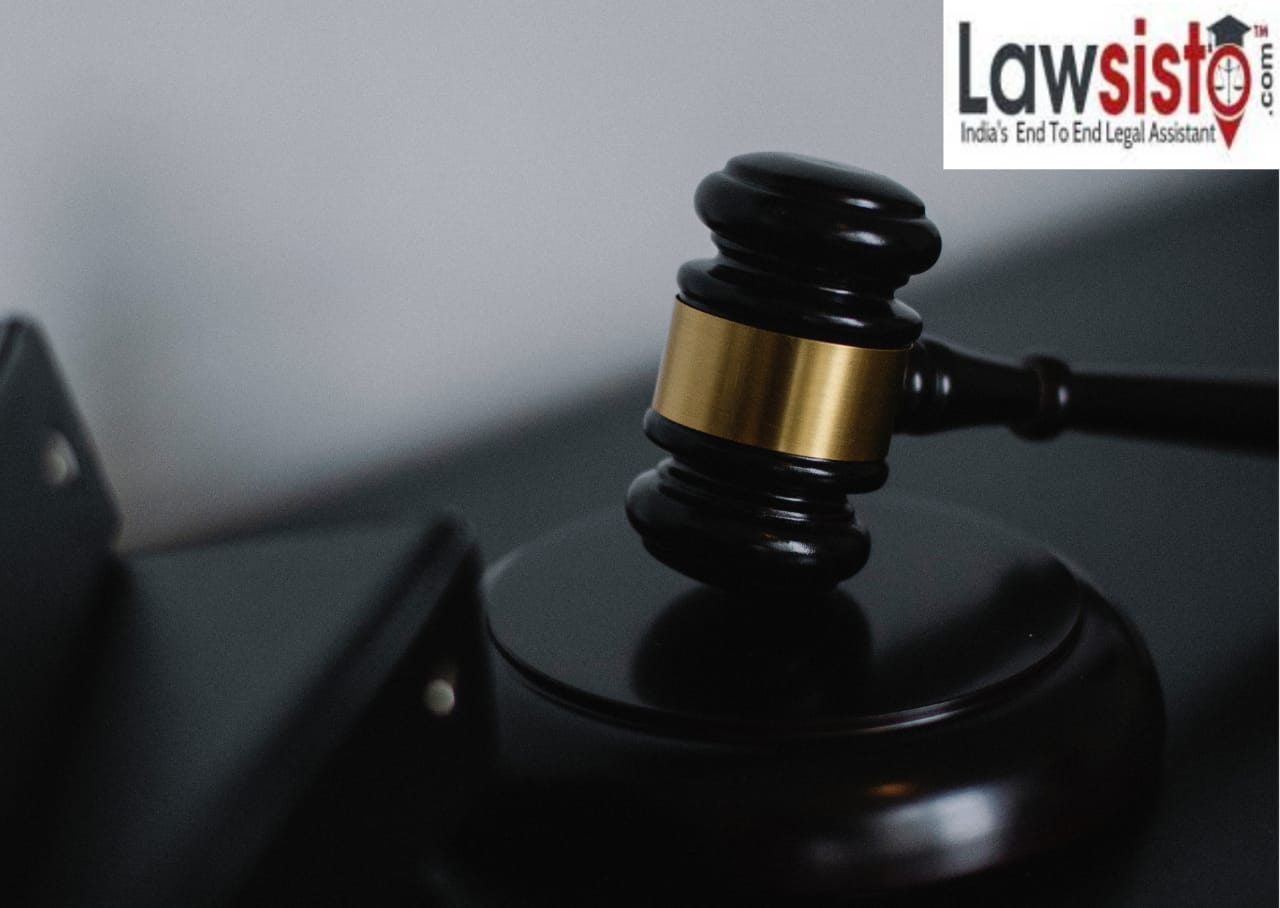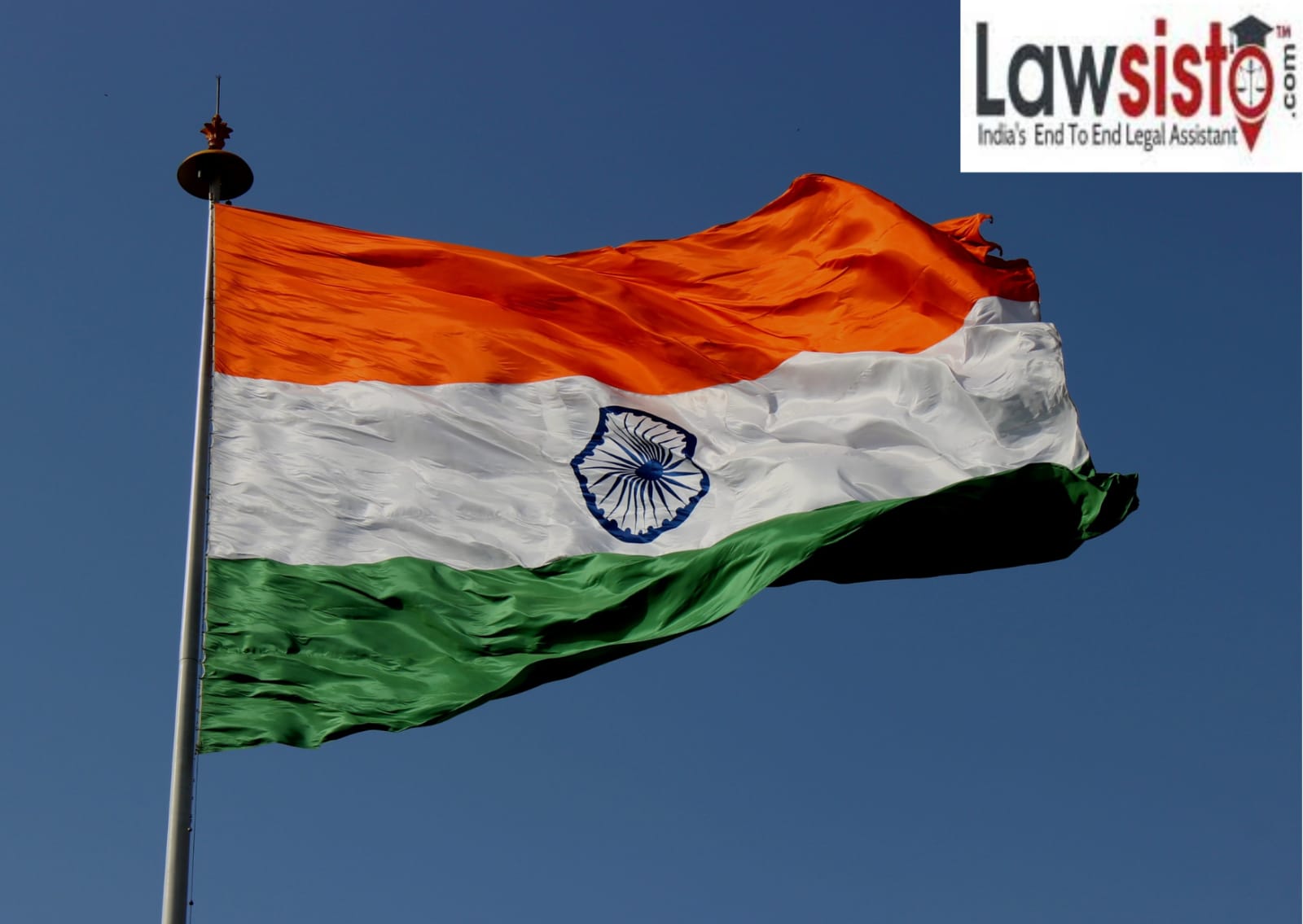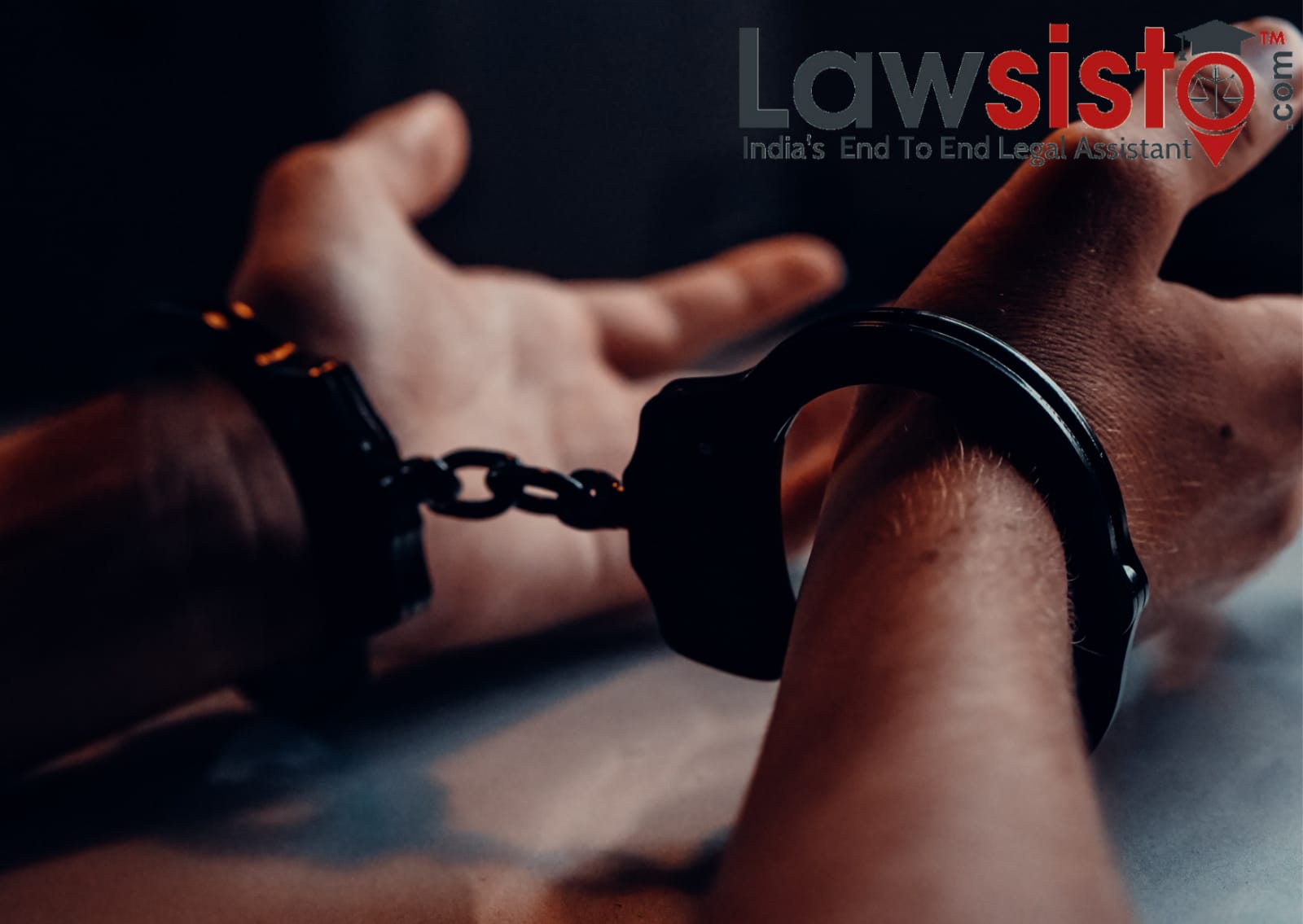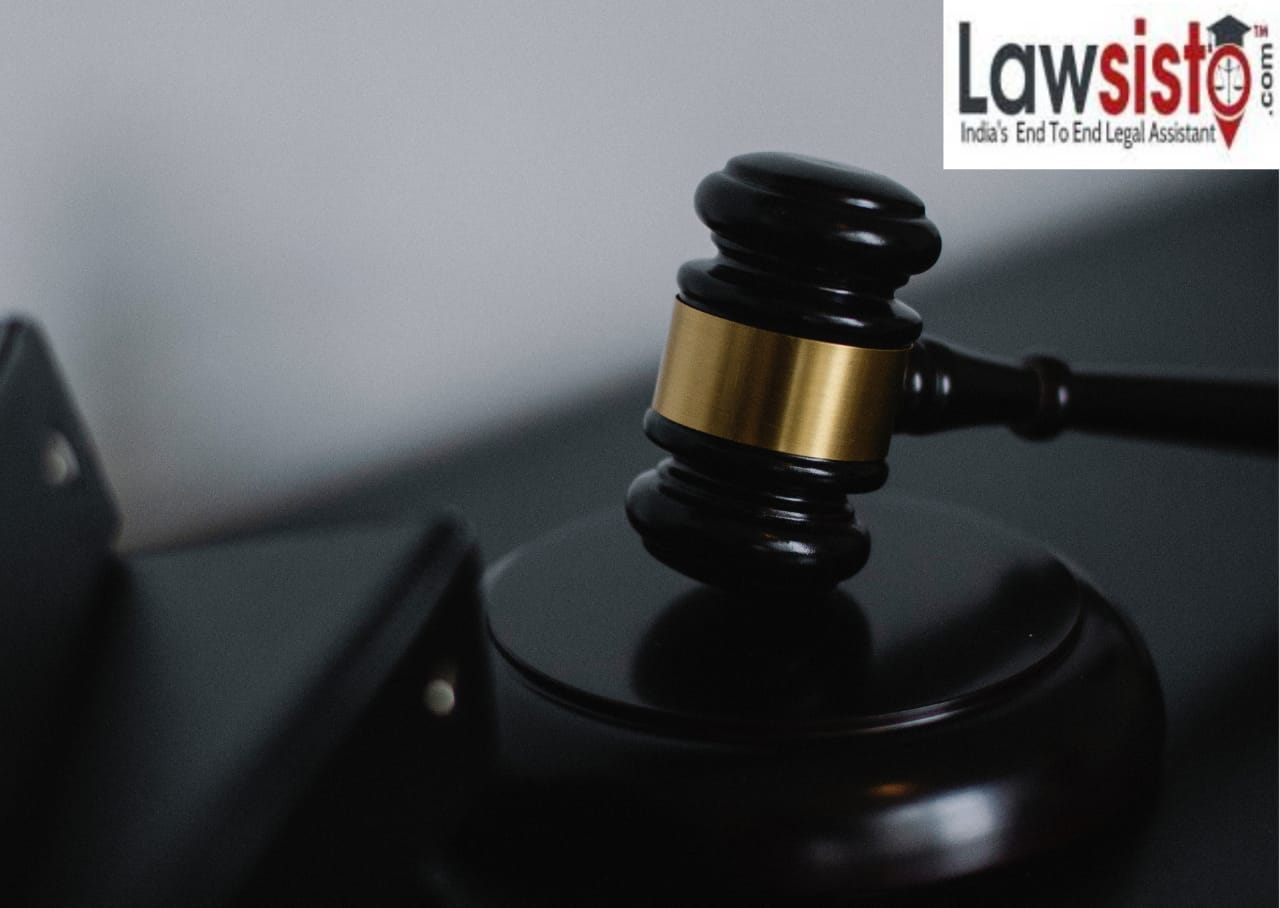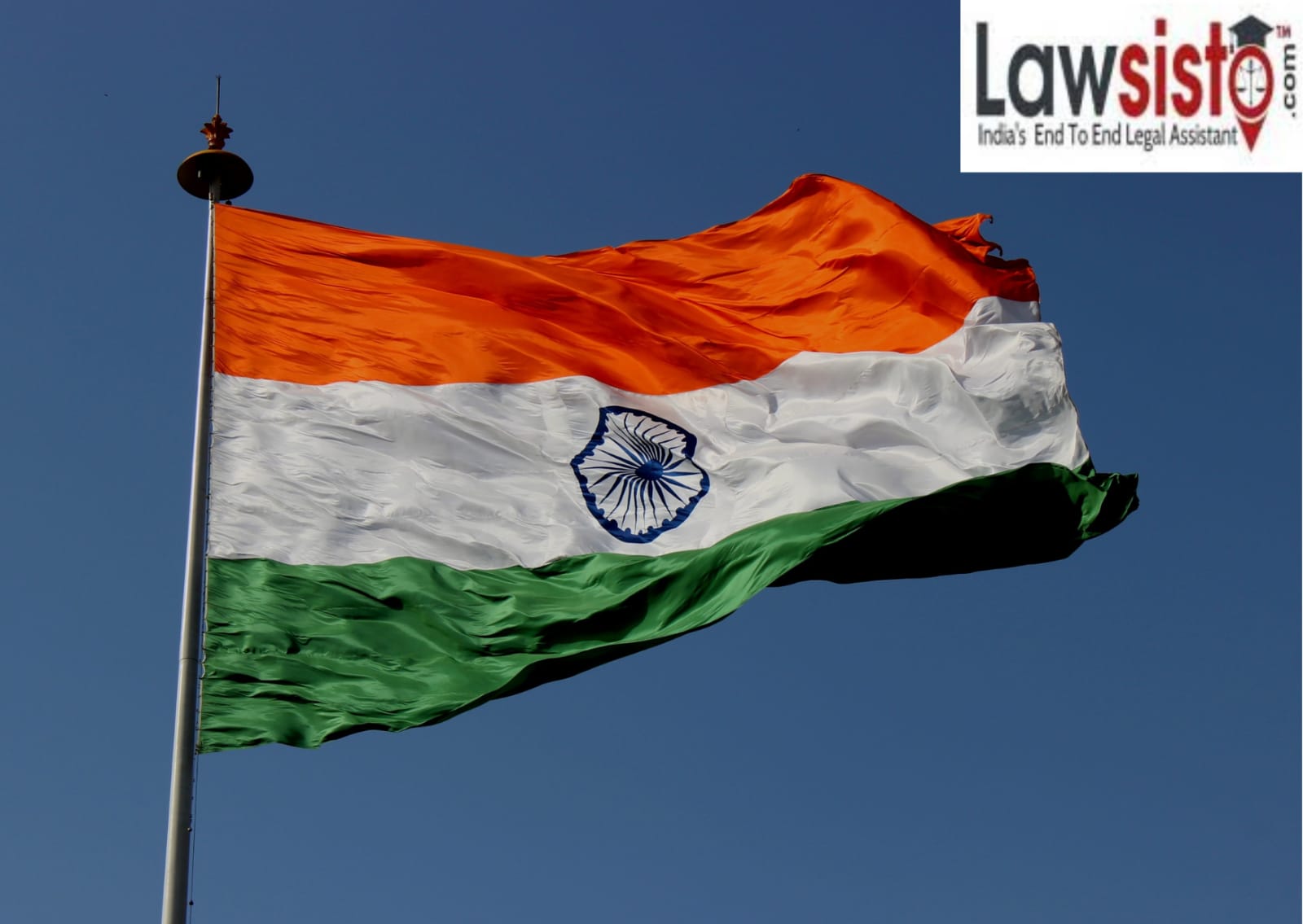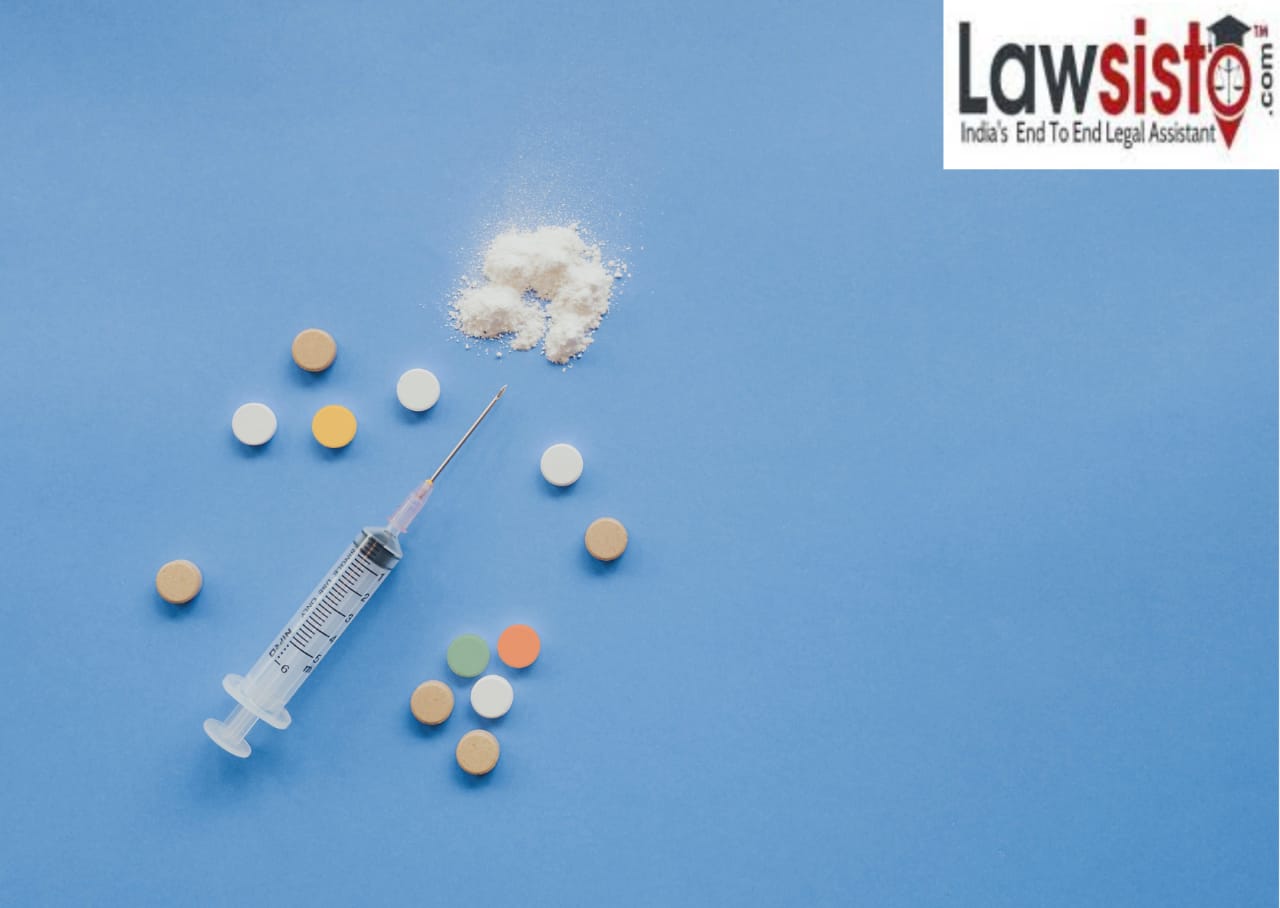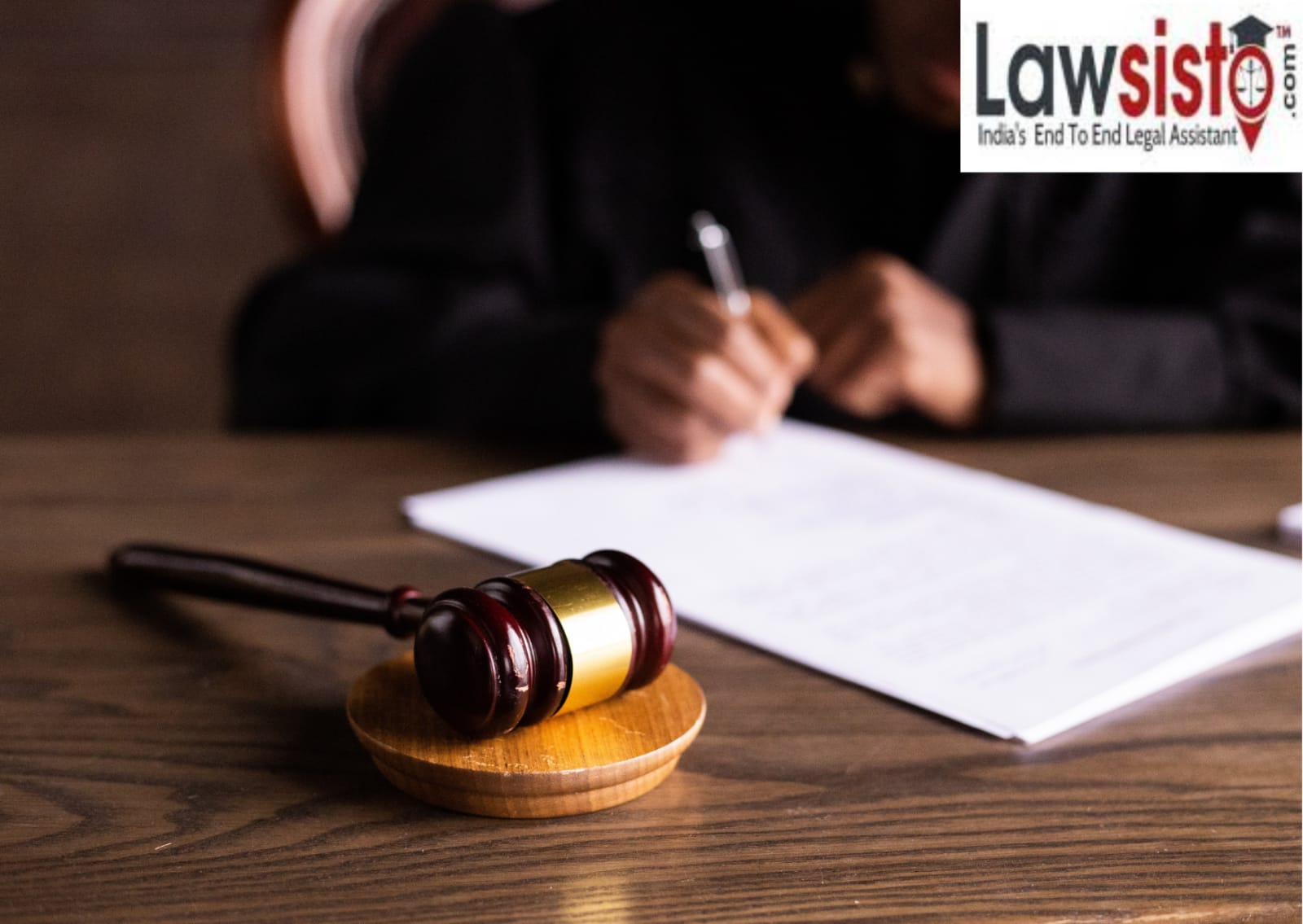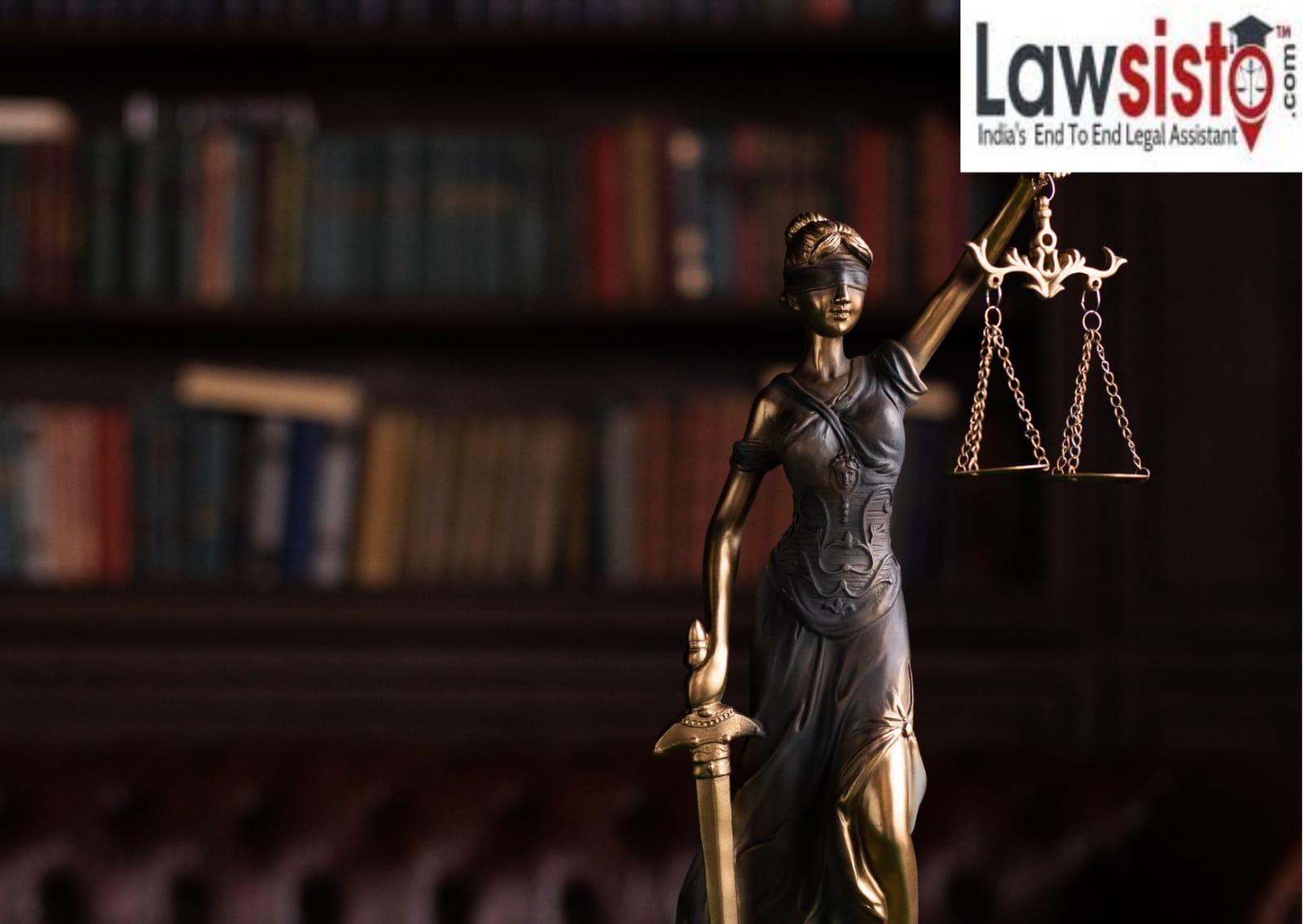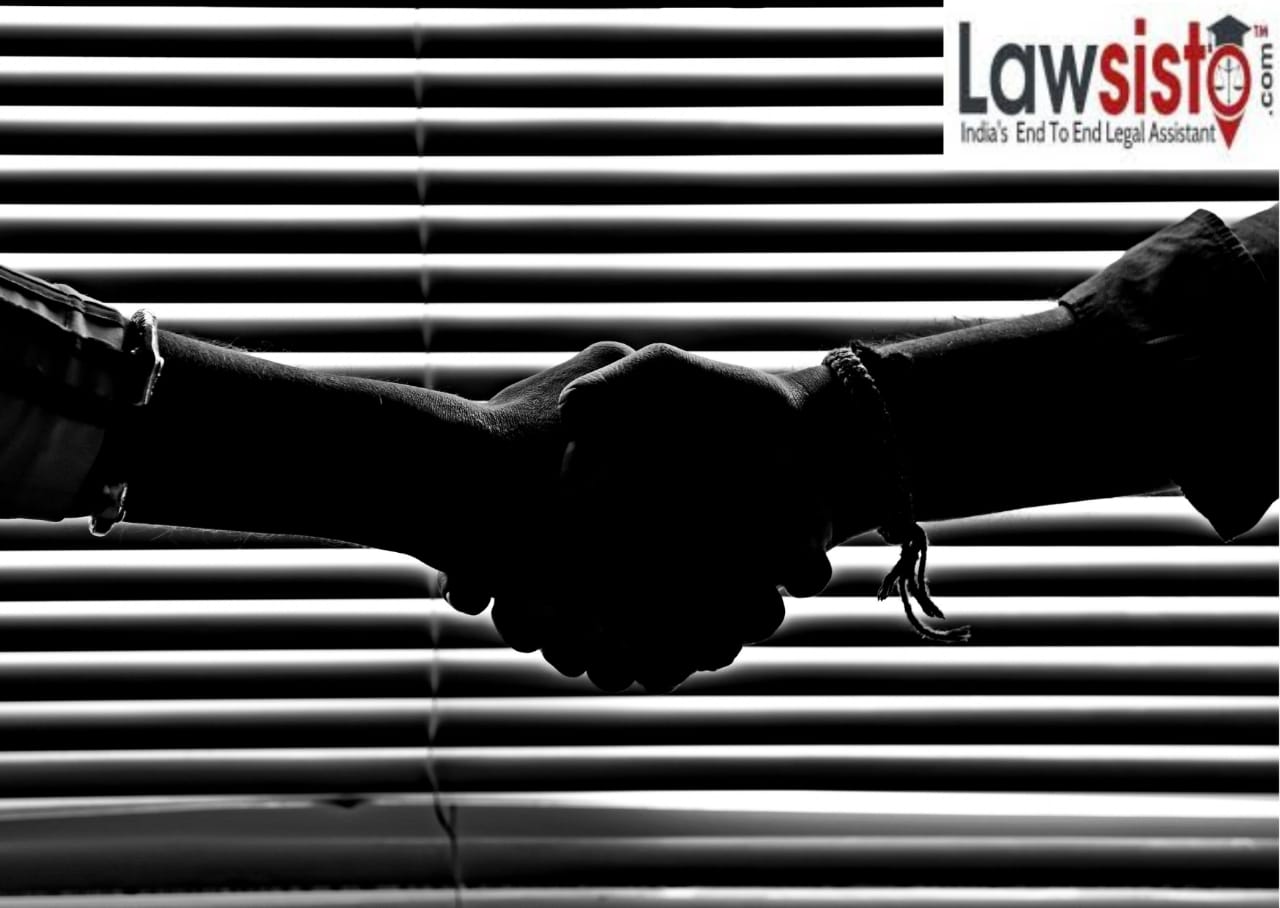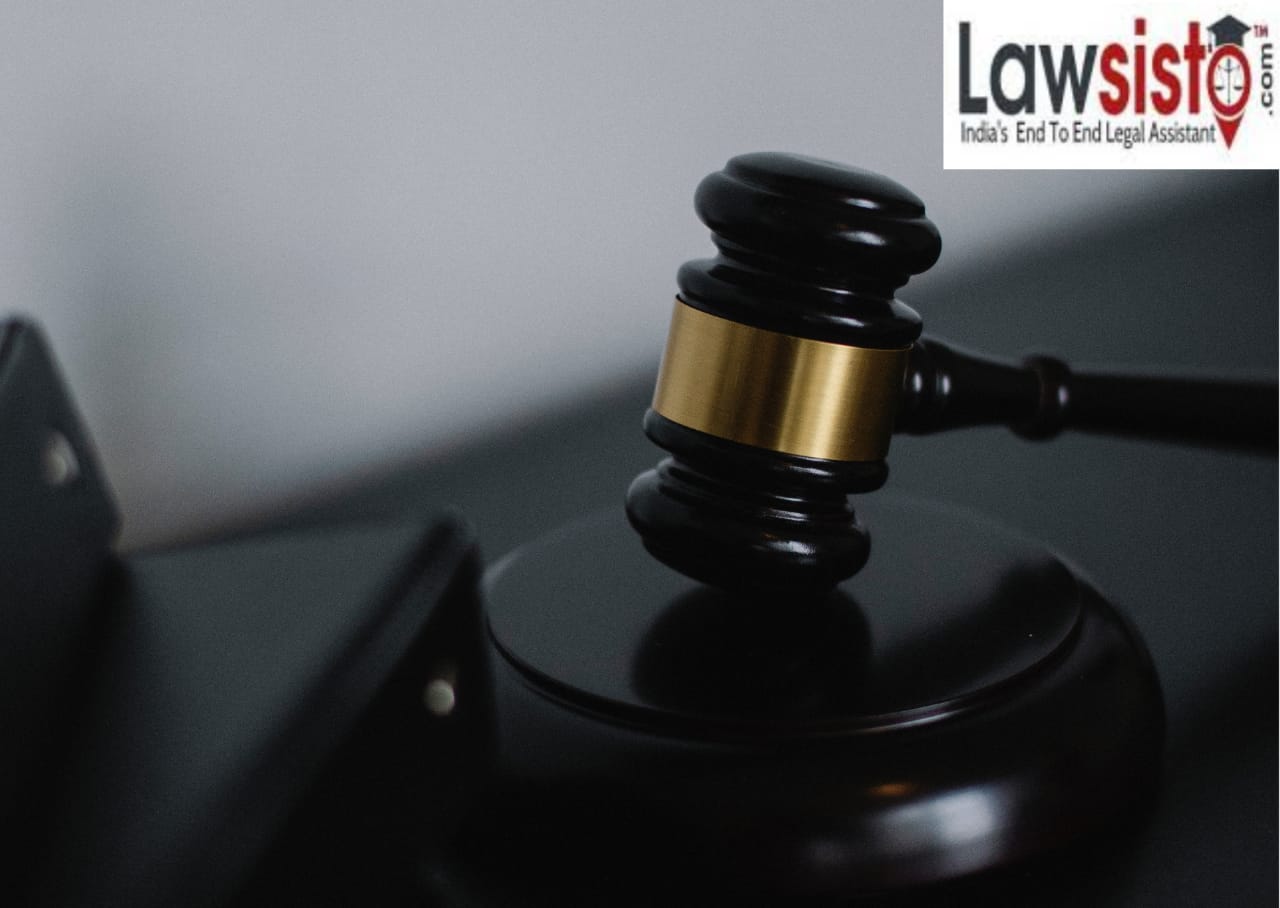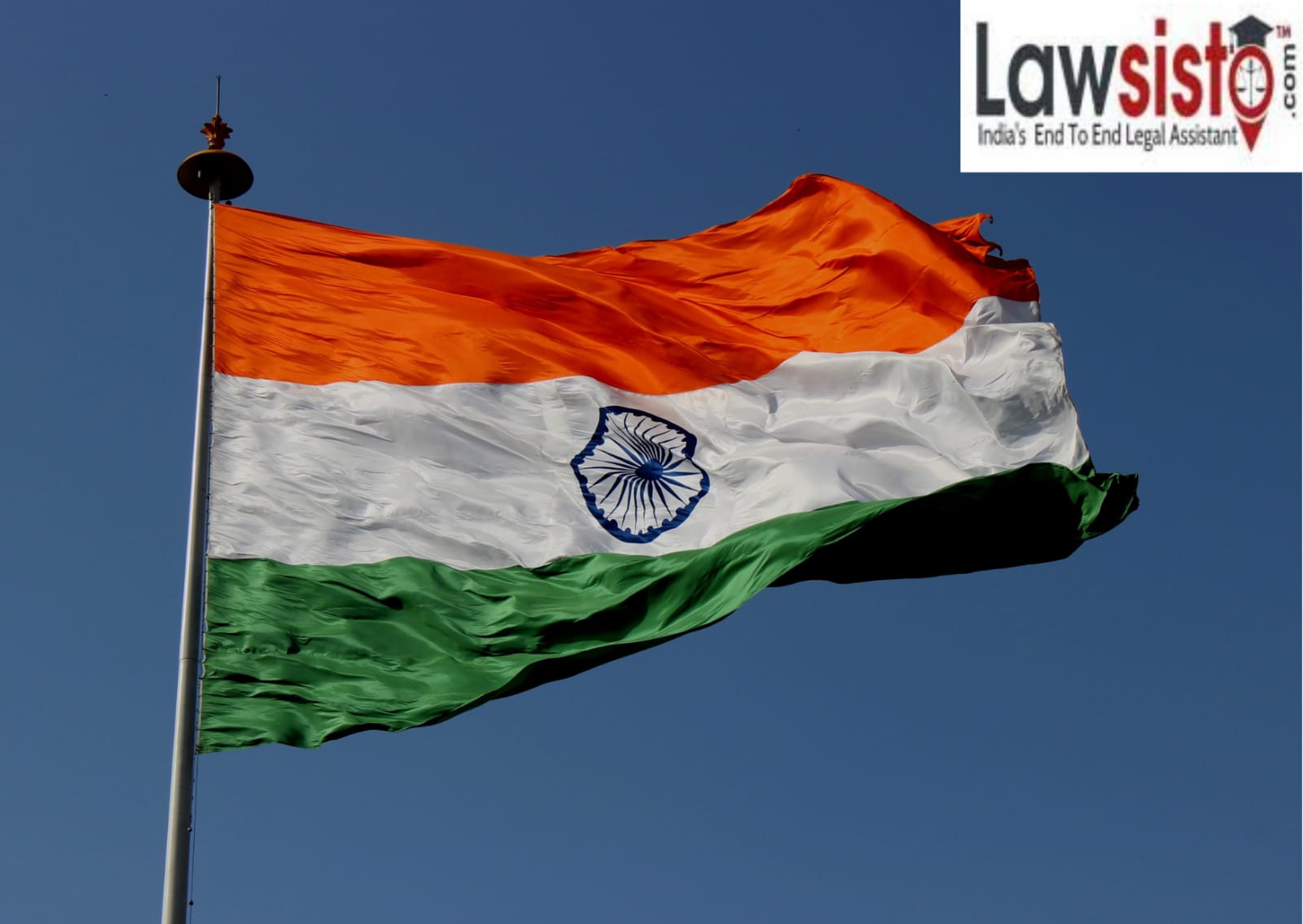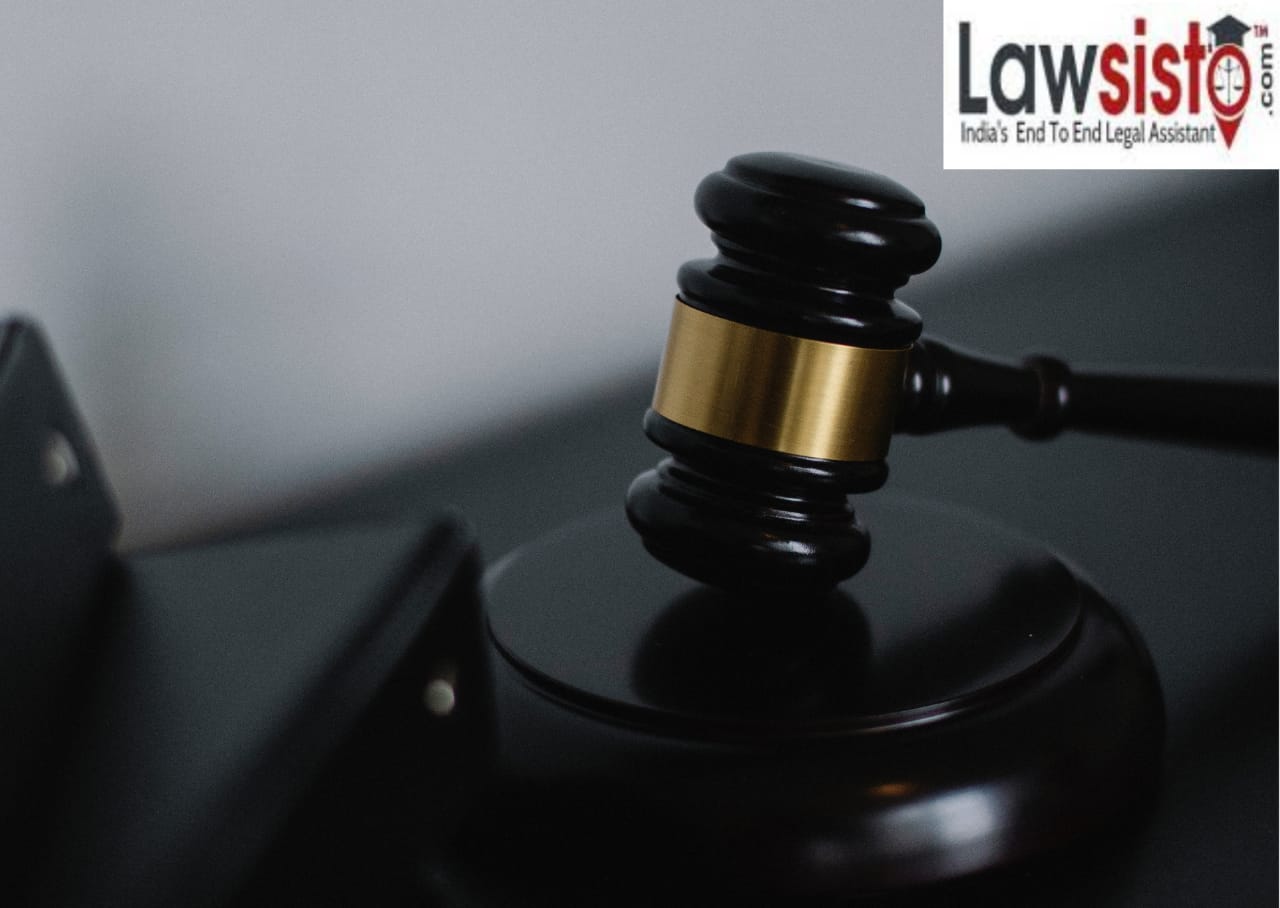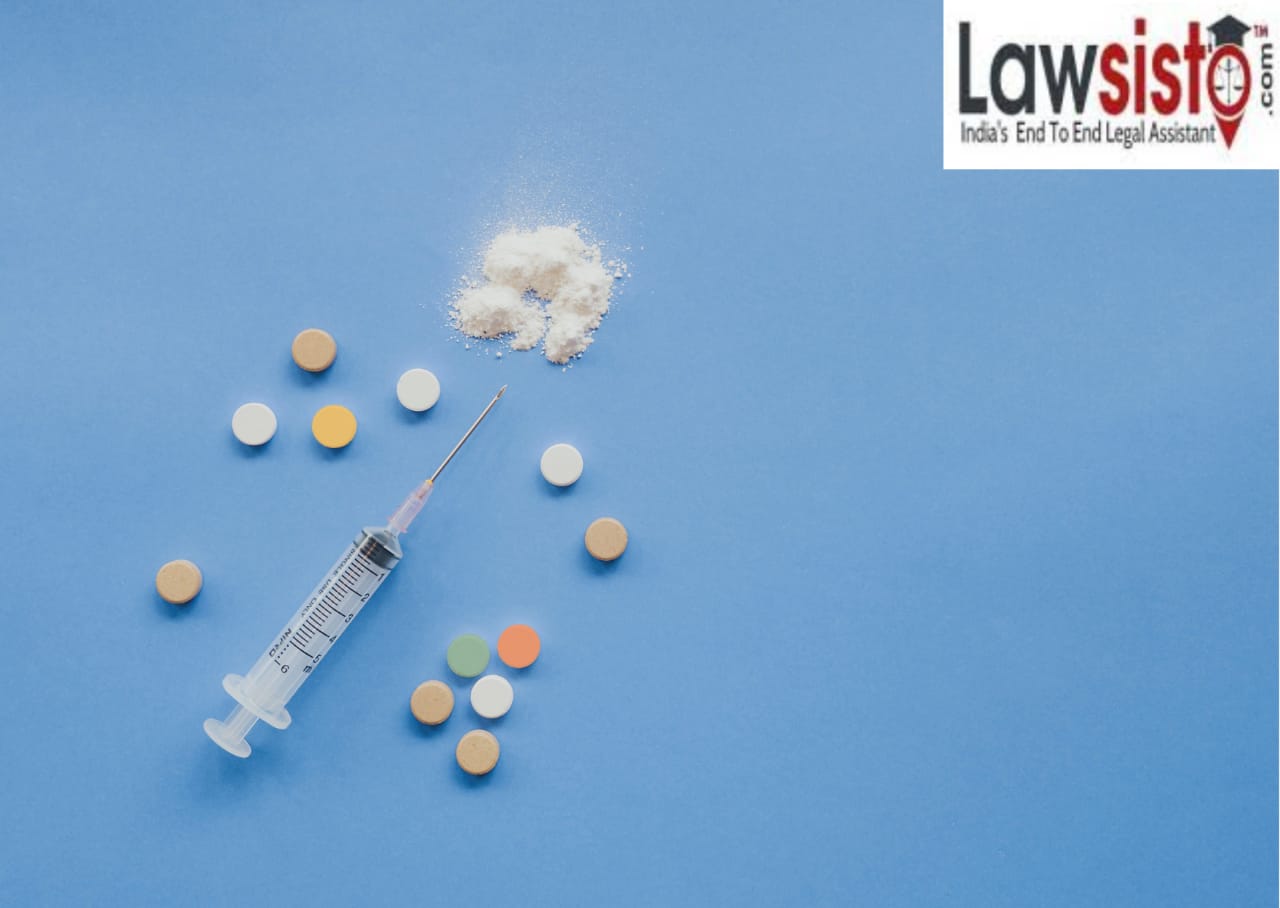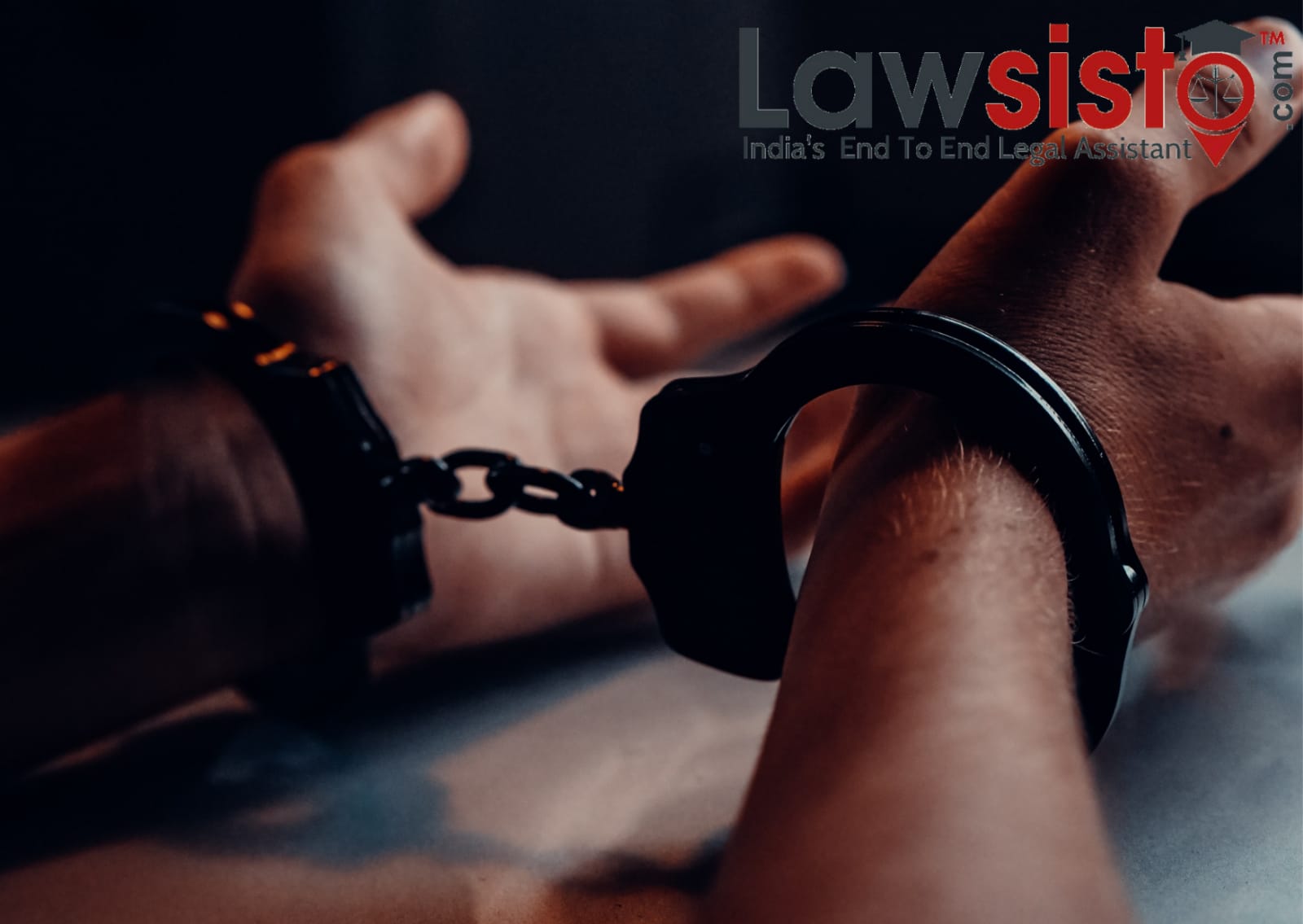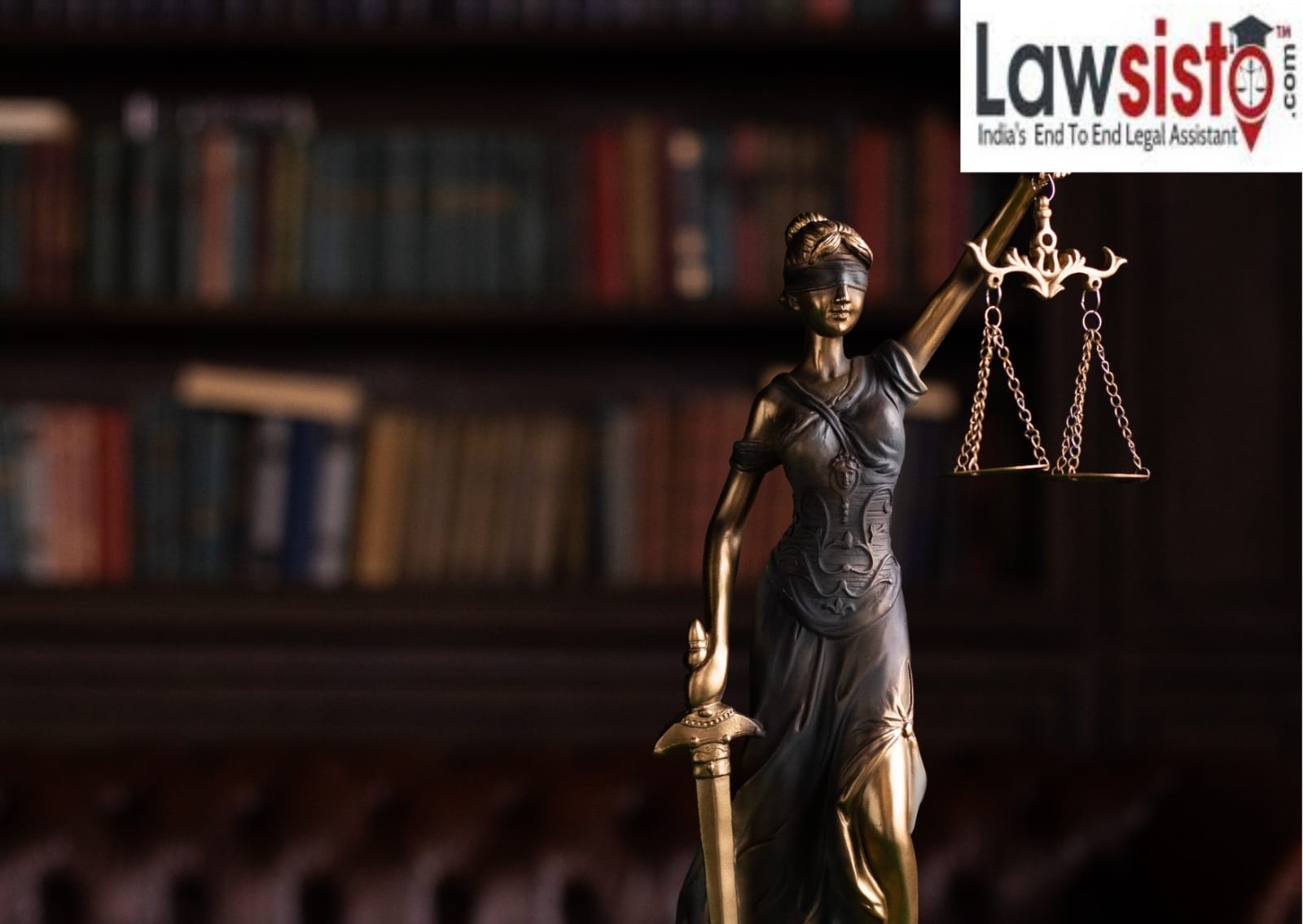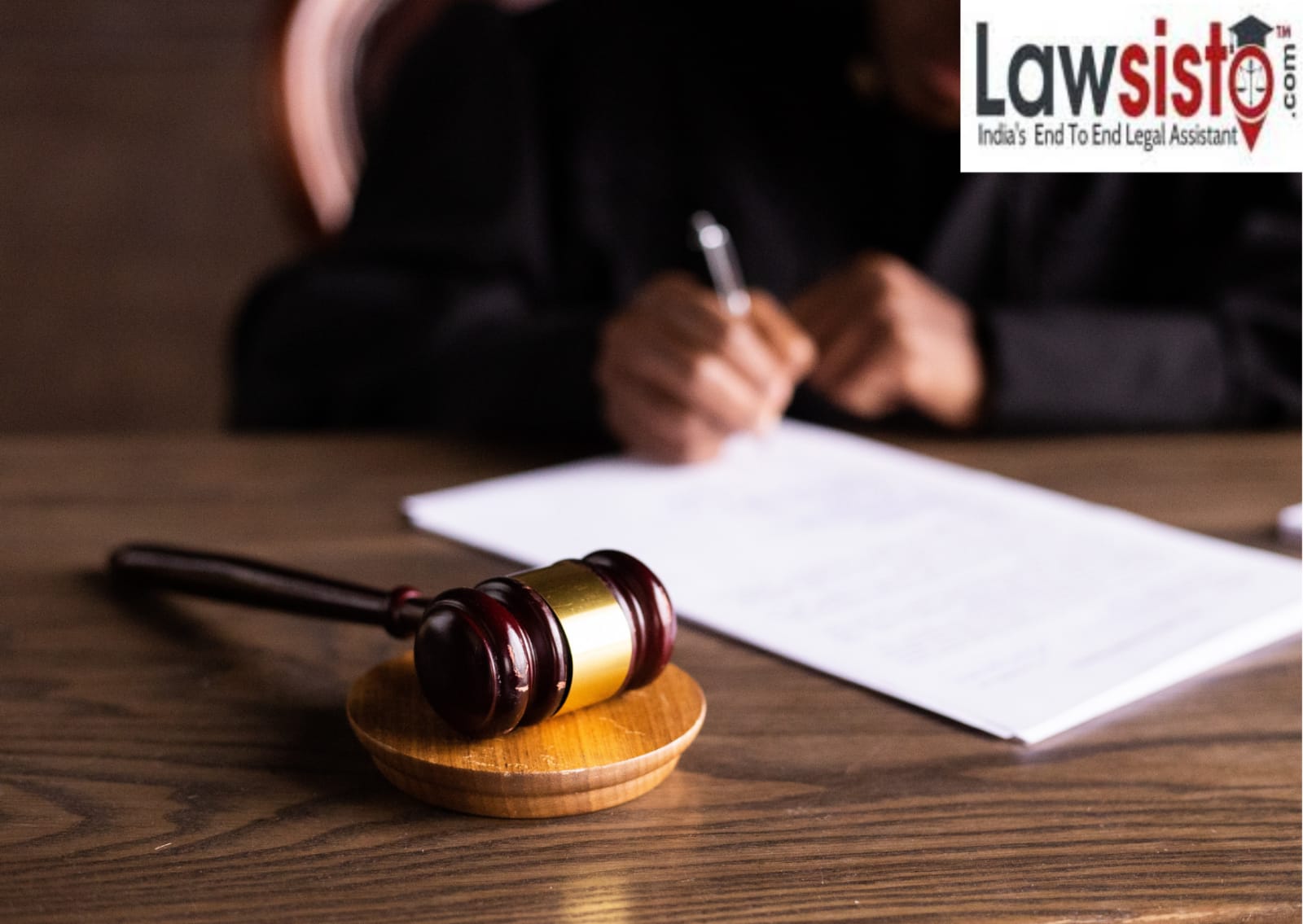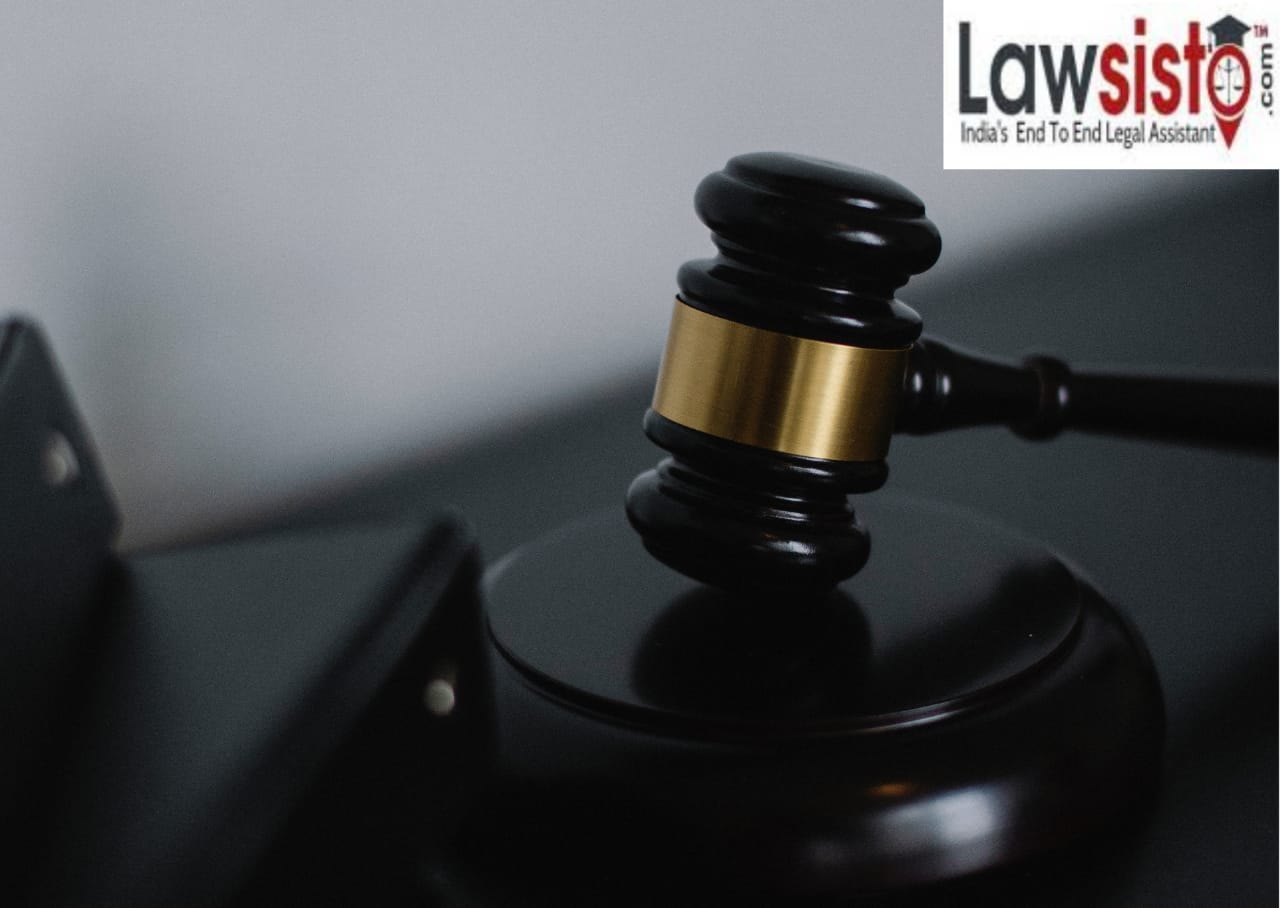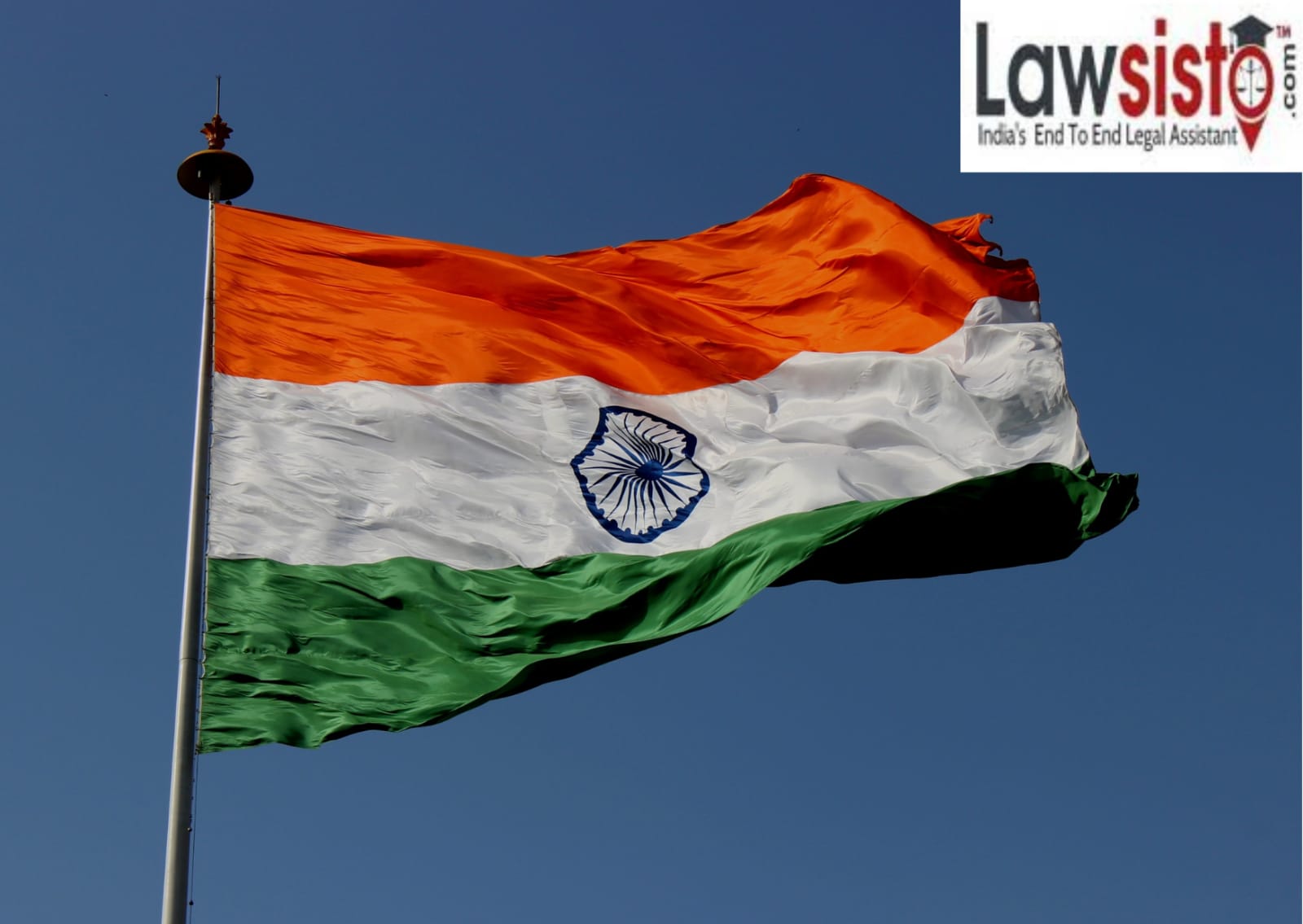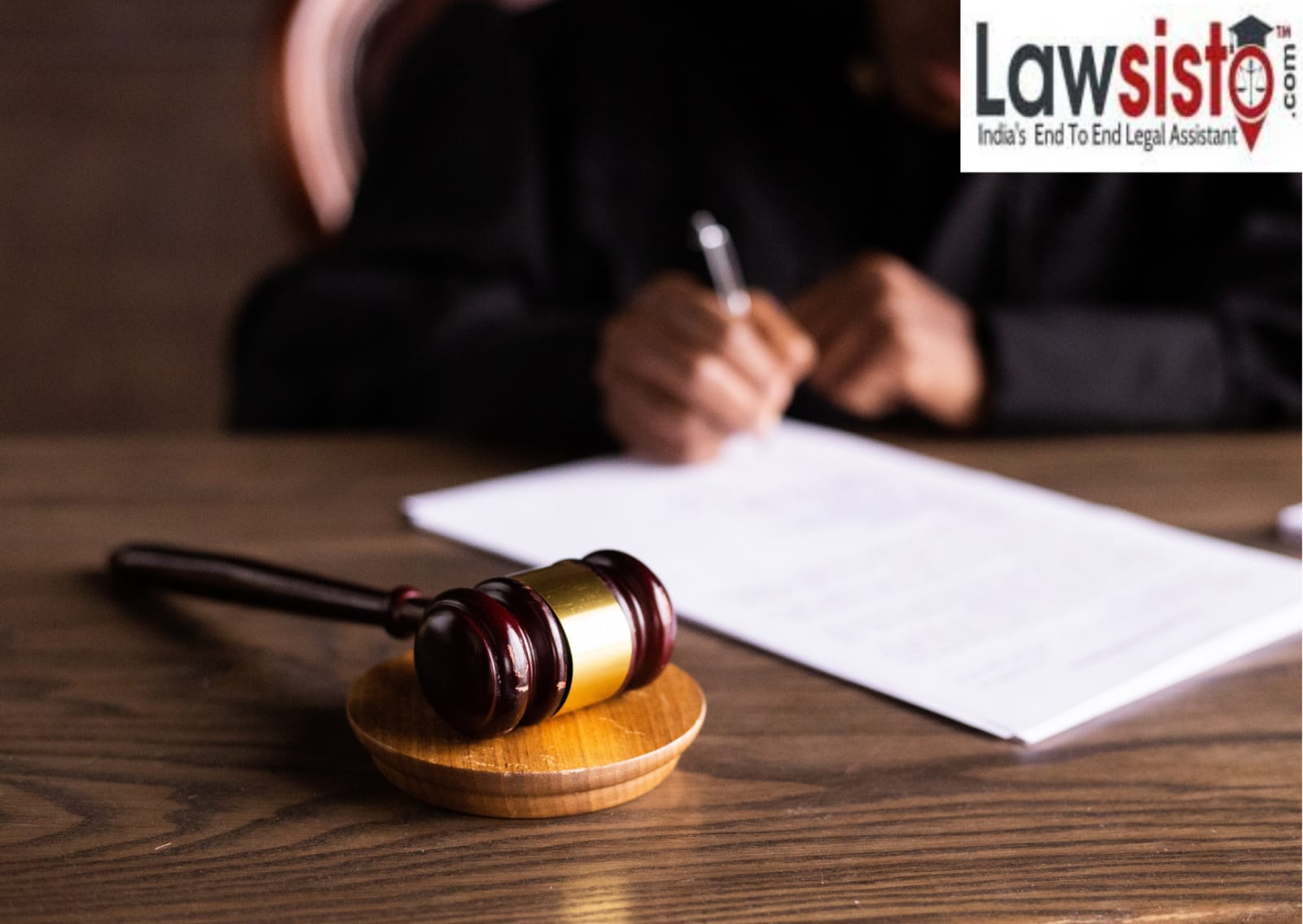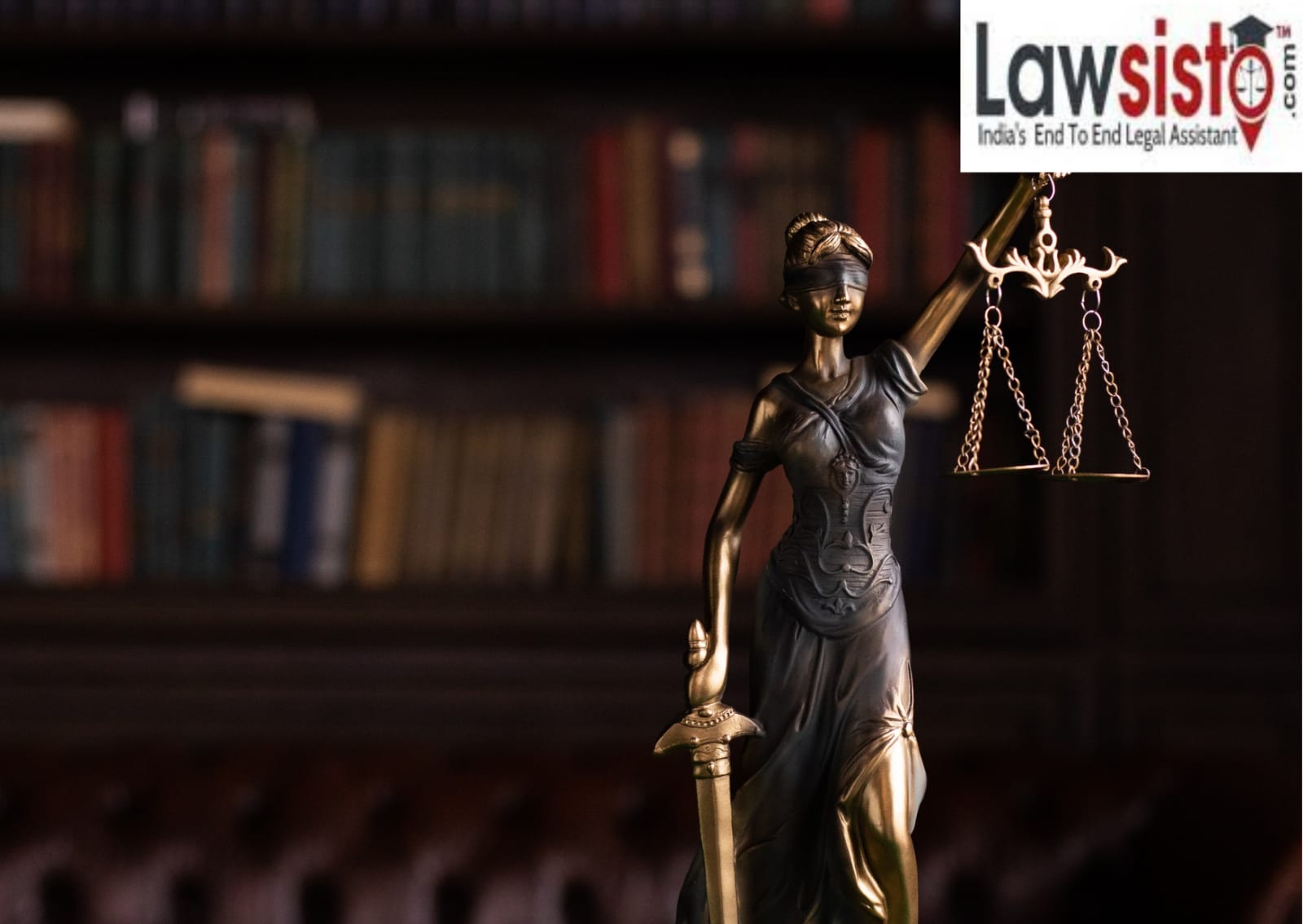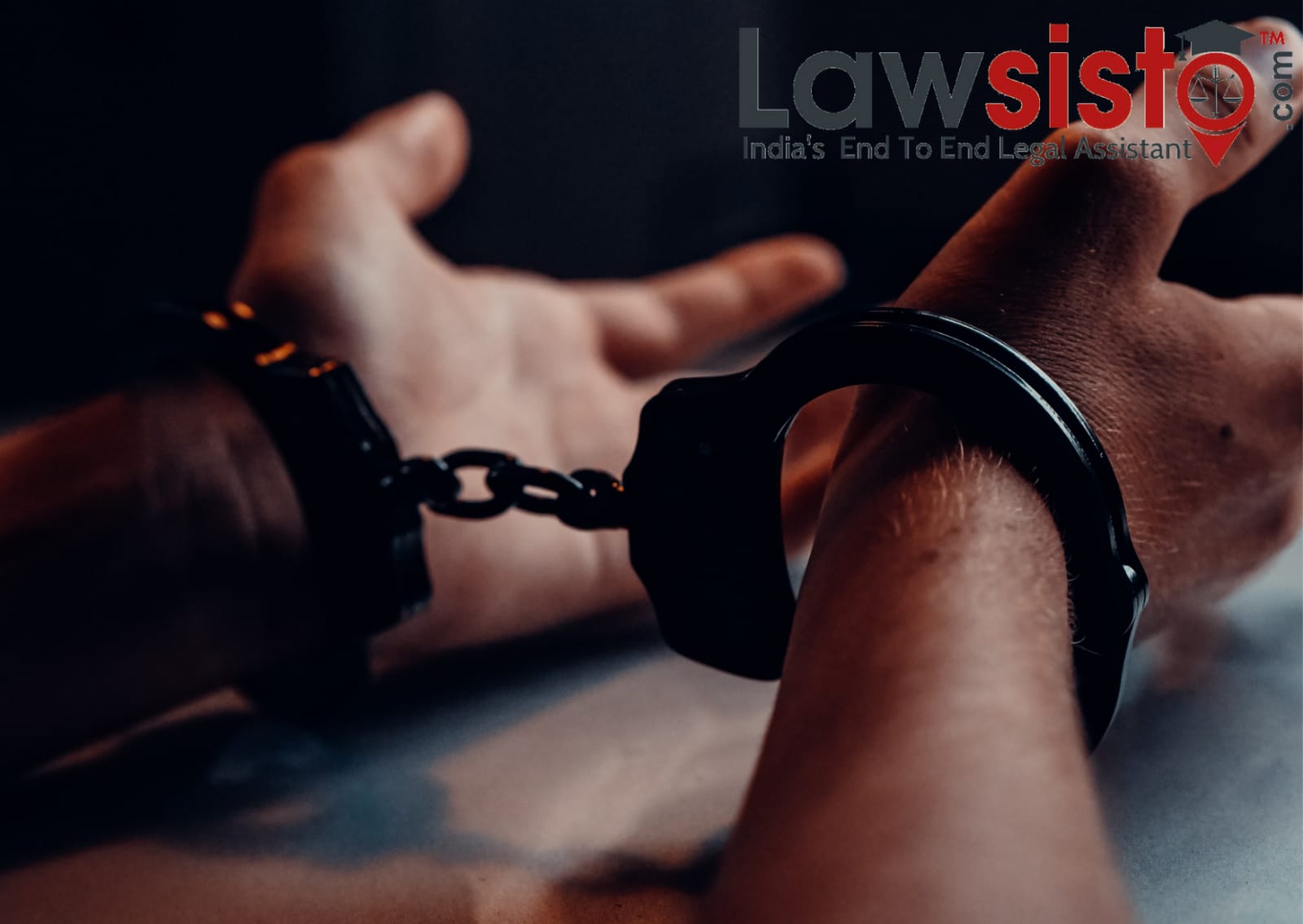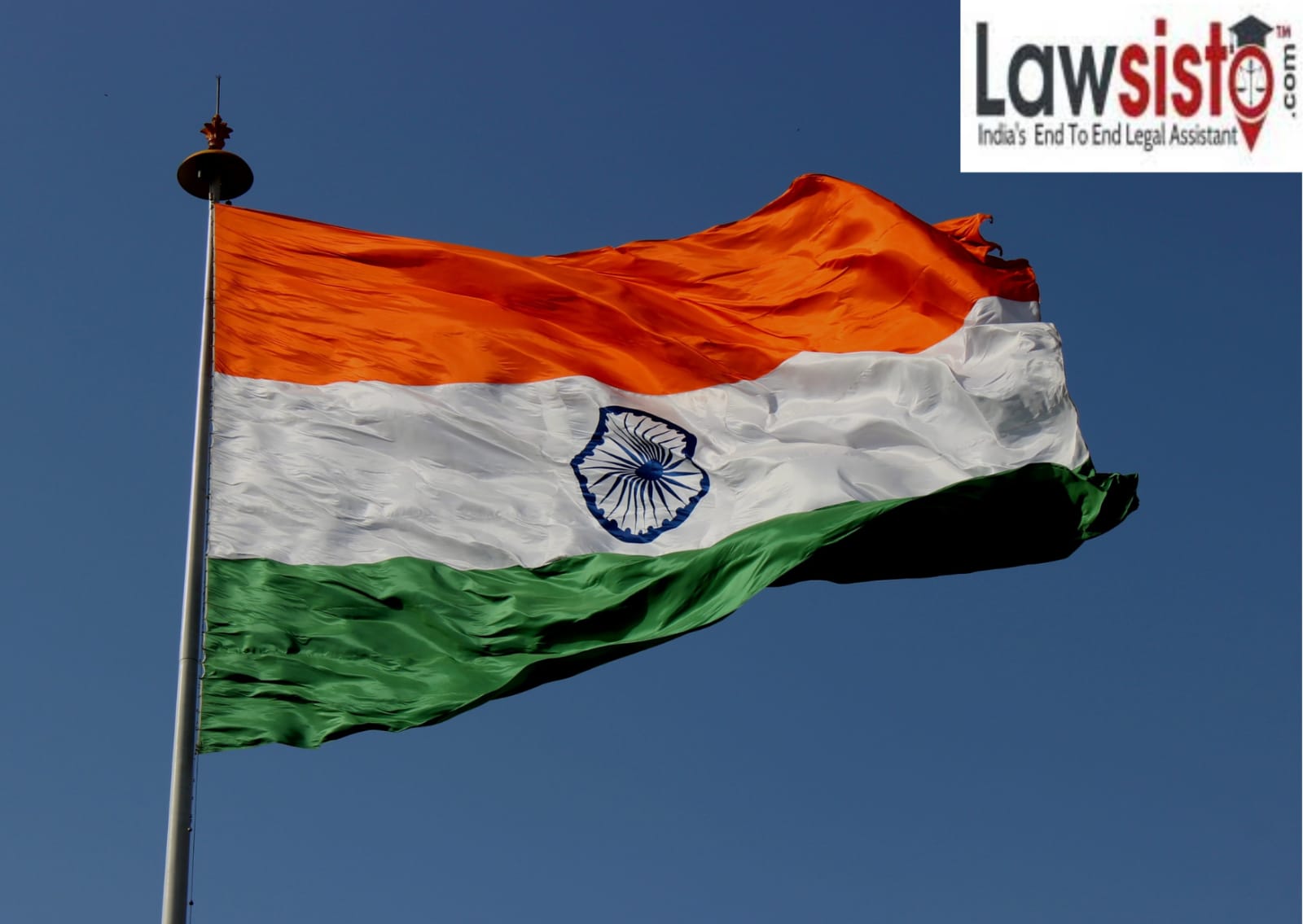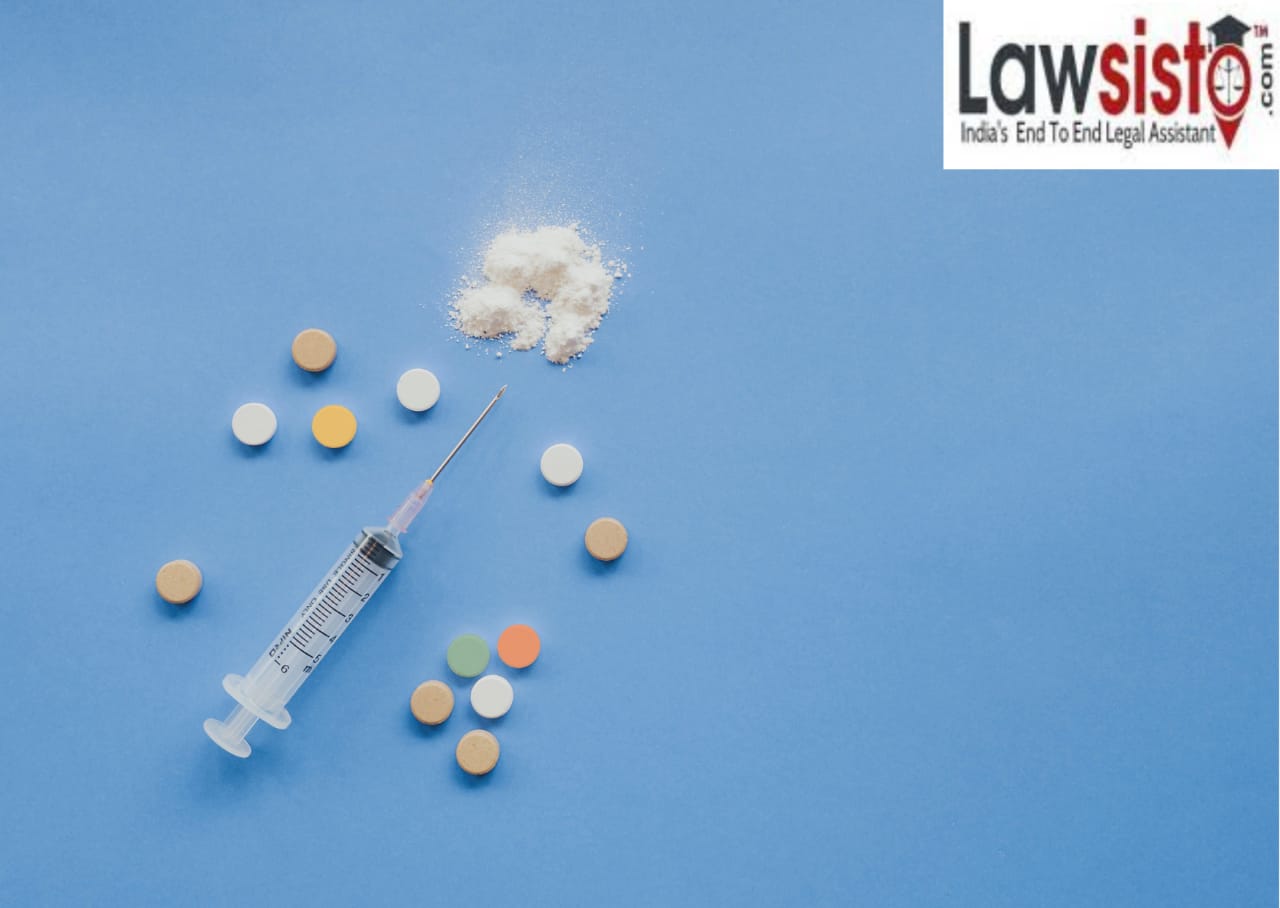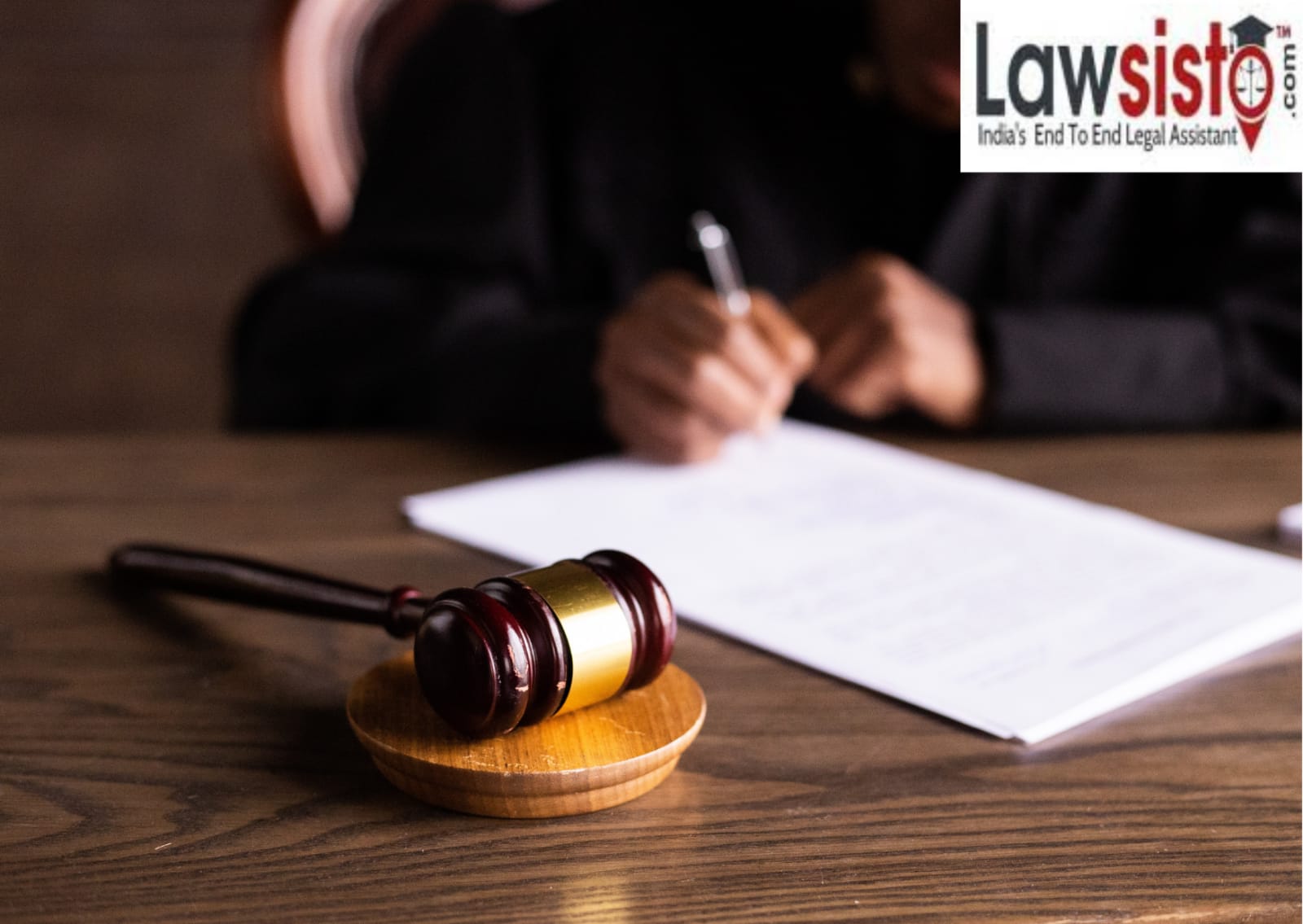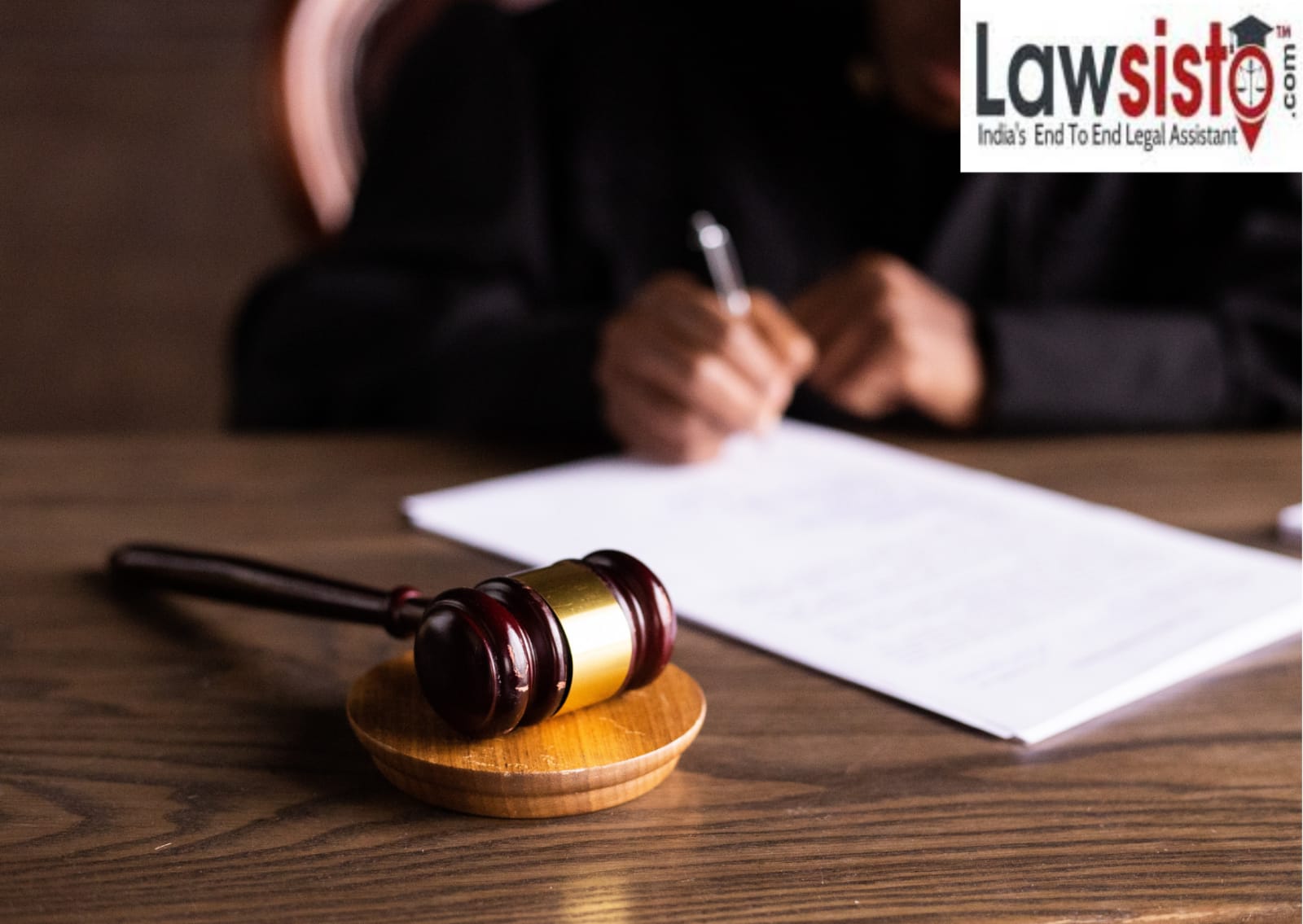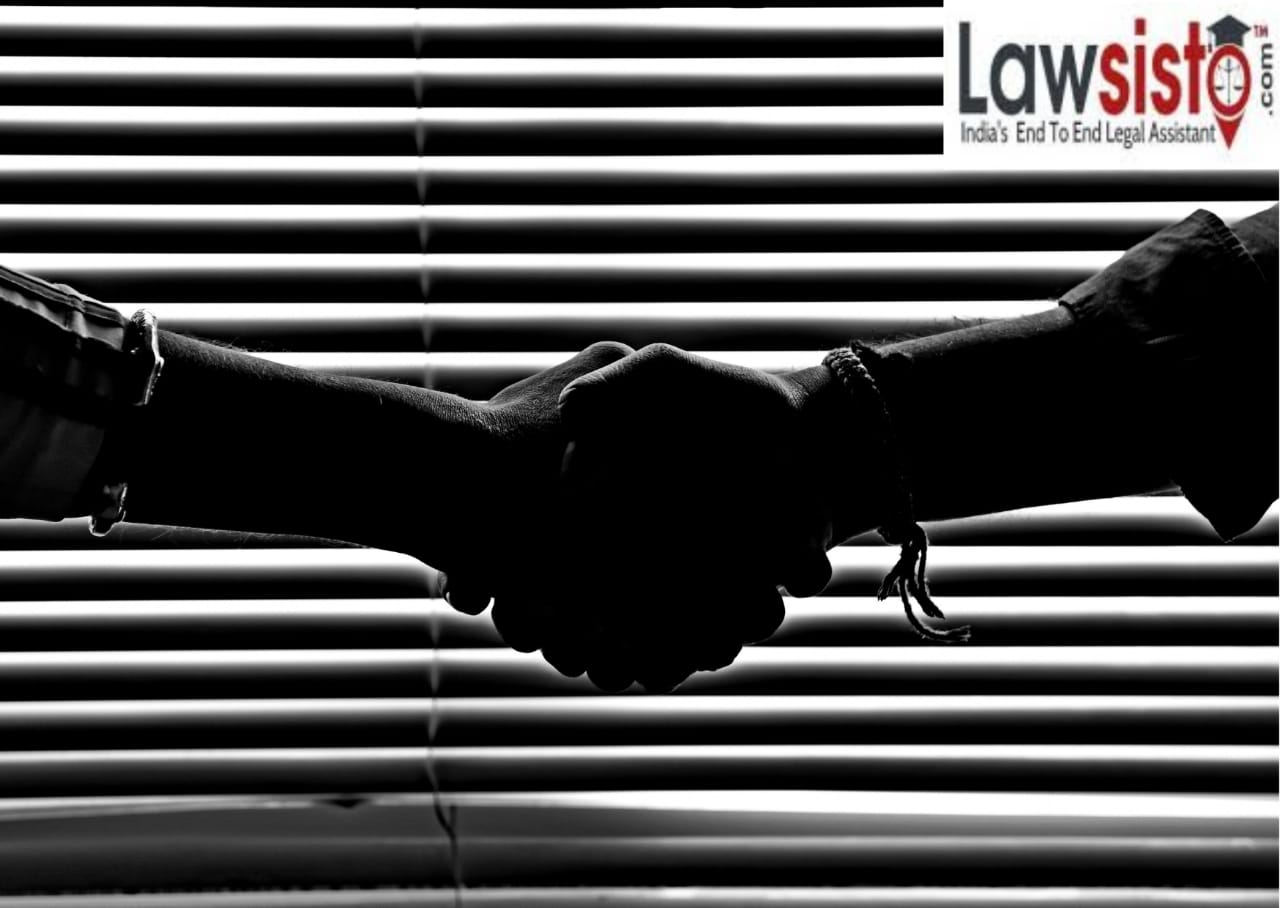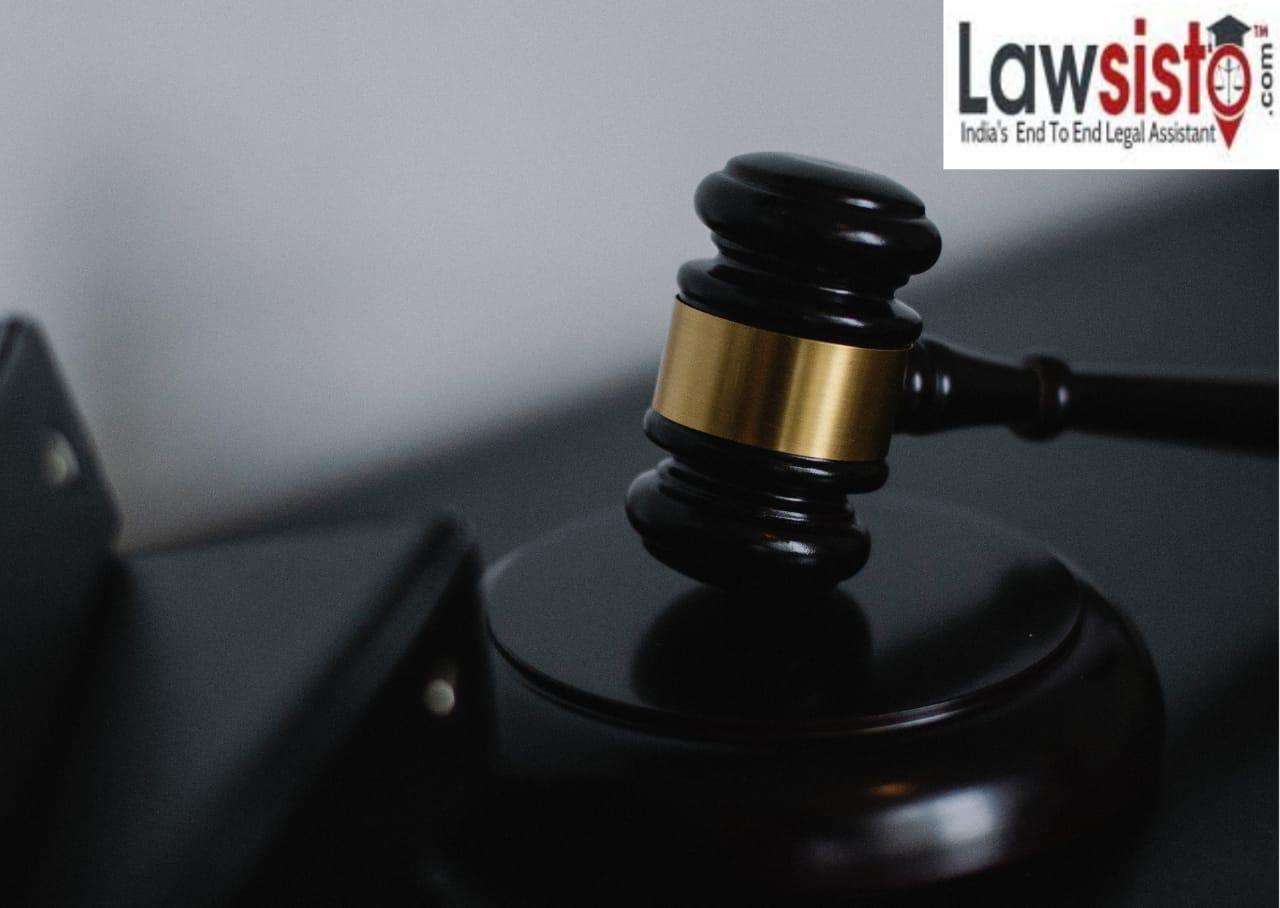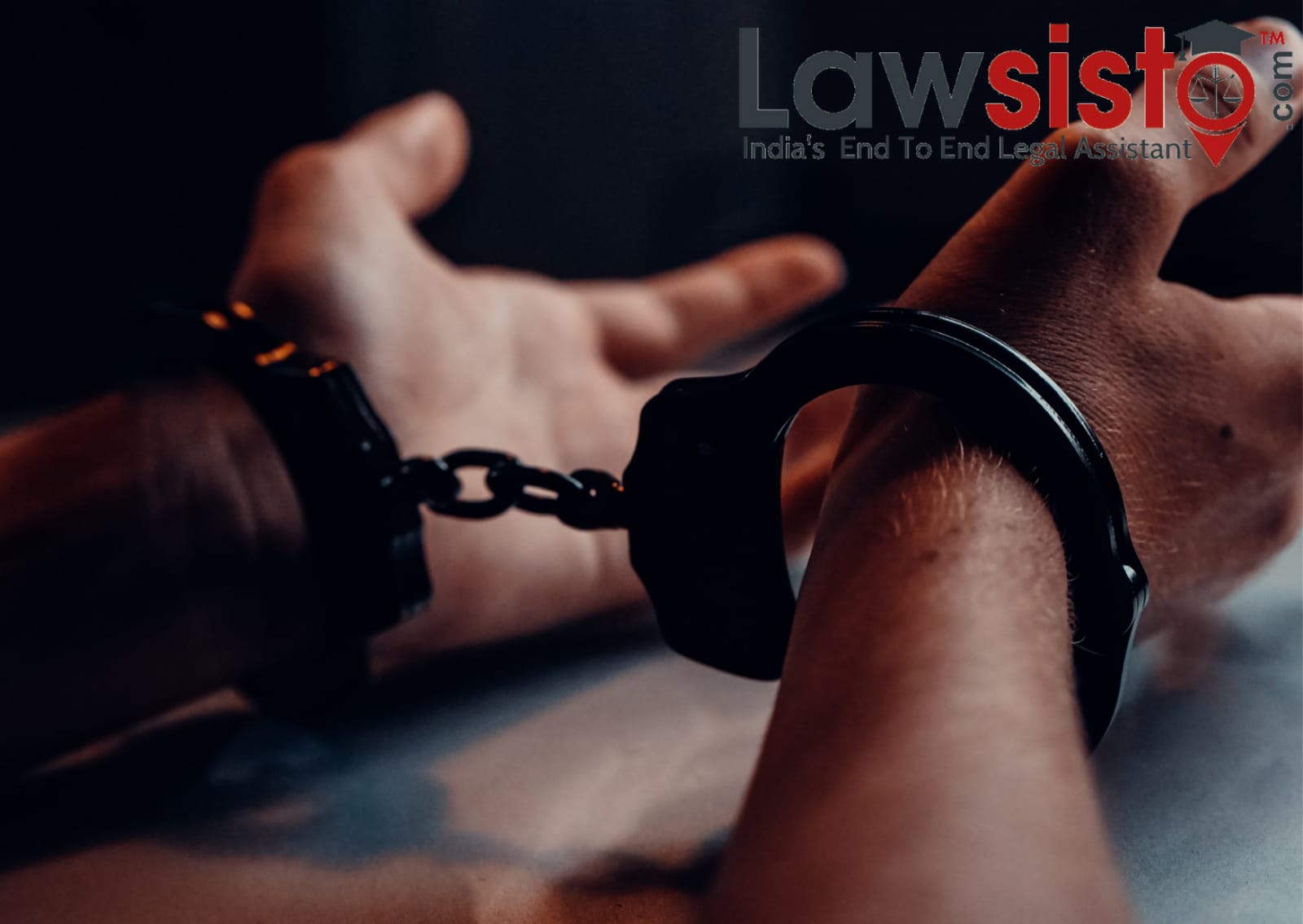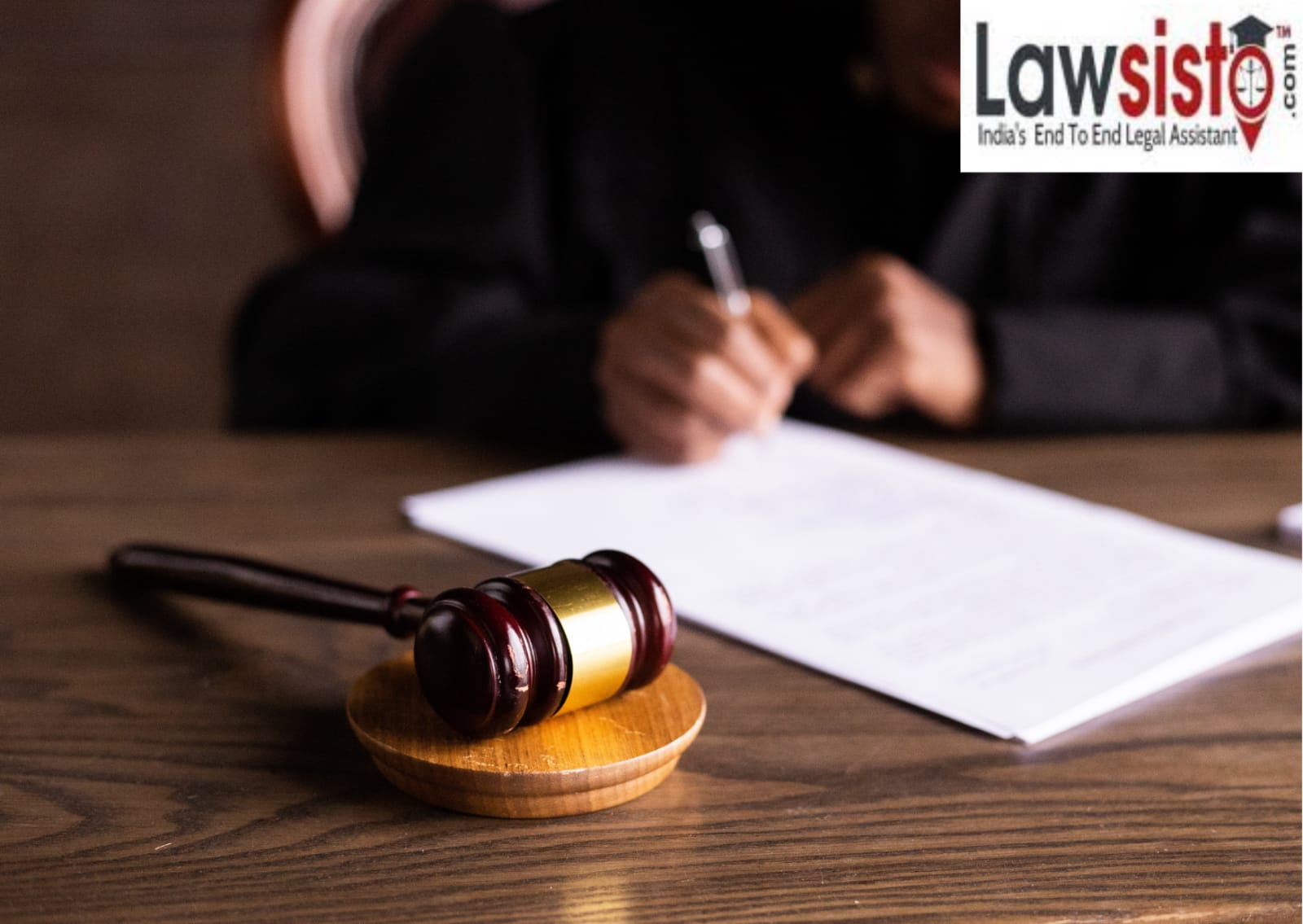Latest News
University as a State for the purpose of Article 12: Dr. Janet Jeyapaul v. SRM University & Ors. (2015)
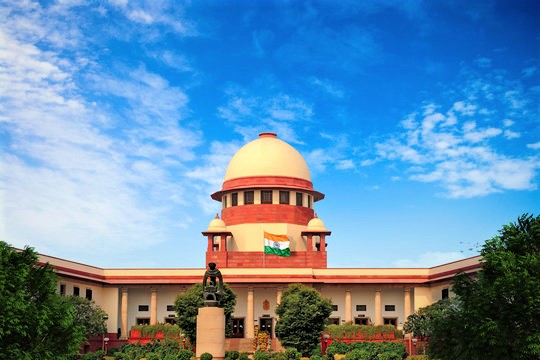
Whether a "Deemed University" that imparts education can be considered as a "State" against whom writ jurisdiction may be exercised.
Citation: (2015) 16 SCC 530.
Date of judgment: 15/12/2015
Introduction:
Part III of the Constitution confers fundamental rights to individuals that are integral and cannot be taken away by any State action. Nonetheless, these rights come with a catch, i.e., they can be availed only against a State and not private individuals. [1] For the purposes of Part III, the term “State” has been defined under Article 12 and includes the Central Government, Parliament, State legislature, all local and other authorities.
The Apex court has established various tests to determine which institutions can be treated as a “State” under the ambit of “other authorities” but there is no straitjacket formula that can be relied upon. [2] The predominant one being the Instrumentality Test established under R.D. Shetty v. International Airport Authority of India (AIR 1979 SC 1628) and reiterated in Ajay Hasia v. Khalid Mujib (AIR 1981 SC 487). The scope of institutions under the gamut of other authorities has expanded ever since, with institutions such as co-operative societies, transport corporations, nationalized banks, etc being considered as states against whom fundamental rights are available.
Facts:
The appellant, Dr. Janet Jeyapaul, was a Senior Lecturer in the Department of Biotechnology at SRM University (respondent). A series of memos and counter-replies was in motion as the respondents alleged that the appellant had failed to take classes for two batches. Later on, the respondent constituted an Enquiry Committee that communicated that the action was based on several complaints made against her by her students. However, the appellant was not given a reference to any of those documents or complaints. She was subsequently served with a notice dated 04/04/2012 informing her that the following month would be her one-month notice period and she would be terminated on 04/05/2012. The appellant contested that the said notice was received by her only on 16/04/2012.
A petition was filed under Article 226 before a Single Judge of the Madras High Court which ruled in her favor by ordered her reinstating. The University in turn filed an appeal before a Division Bench of the Madras High Court against the said order. The Division Bench by its order dated 04/07/2013 reversed the order as it held that the respondent was not a State under Article 12, and thus could not be subject to writ jurisdiction under Article 226. However, there was no decision made as to the merits of the case.
The present case before the Supreme Court was a Special Leave Petition against the decision of the Division bench that viewed the University to not be a State for the purpose of Article 12.
Judgment:
The learned judges sought the assistance of Mr. Harish Salve as the matter involved a legal question whereas the appellant had no legal representative. Through his submissions, he expressed that the determining factor would be the object of the institution and the activities it performs in furtherance of that object. The general trend of the Courts was to decide based on whether the institution/body performed a public function or duty so as to affix public character.
It was highlighted that the phrase “any person or authority” under Article 226 was broad enough to encompass any person or a body performing a public function or a duty. The emphasis would thus lay on the nature of duty performed by that authority and not its form per se.
The respondent was engaged in the public function of imparting education to students and the same was contended to be subject to the jurisdiction of Article 226 in light of the established precedents. The respondent was a “Deemed University” and thus governed by the University Grants Commission. The respondent University contended that if the Court viewed them as a State, then all parties related to the respondents would start invoking writ jurisdiction against them.
The Court relied on the Amenability Test propounded by De Smith (Judicial Review, 7th Edition), which incorporated the complementary principles of - source of power and characteristics of functions. The Supreme Court while previously considering the status of a trust that received governmental aid and imparted education, held that the function was public in nature. [3] Mandamus could not be issued if the rights and duties were of a private nature. However, the trust derived its funds from the government and was regulated by its affiliating University who supervised its activities. Decisions of the University would be binding upon the Educational Trust and such a relationship could not be seen as private in character. The judgment also added that the term “authority” under Article 226 would have to be construed liberally as compared to the term under Article 12 as it entailed both fundamental and non-fundamental rights.
The essential ingredient would be the nature of the duty and the positive obligation it imposes and not the form by which it has been imposed. Reference was then made to the ratio in Zee Telefilms Ltd. & Anr. v. Union of India & Ors., (2005) 4 SCC 649, which considered the status of BCCI as a state. Despite holding the answer in negative, the court held that an aggrieved party could always take the recourse of other remedies of law or the jurisdiction under Article 226 which is much wider than the power under Article 32.
It was thus held that the Division Bench of the High Court was erred in its opinion by holding that the respondent could not be subject to the jurisdiction of Article 226. The respondent was a “Deemed University” according to Section 3 of the UGC. This meant that the UGC’s decisions would be binding upon the respondent and that it would govern its functioning. The Court held that once an institution is declared a “Deemed University” it would be an authority under Article 12 as it carried out a public function of imparting education. Thus, the institution will be subject to the writ jurisdiction of High Courts under Article 226.
The respondent relied on the T.M.A. Pai Foundation & Ors. v. State of Karnataka & Ors., (2002) 8 SCC 481, to hold that even if it was maintainable, it should not be heard on merits and instead be redirected to a District Judge. The Court acknowledged the same but decided against it as the Single Judge bench had entertained the petition. The issue was hence remanded to the Division bench of the Madras High Court to be decided on merits.
The Division Bench of the Supreme Court expressly held that it merely answered the question as to the maintainability of the petition and did not delve into the merits. The respondent University performed a public function by imparting education and being governed by the UGC resulted in it being another authority against whom fundamental rights and writs were exercisable. Interpretation of the term “other authorities” has undergone a fundamental shift as it has strayed away from the erstwhile application of ejusdem generis to a more progressive one that relies on the type of function and the level of governmental control.
[1] Sabeeha Faikage v. Union of India, AIR 2013 SC 189.
[2] Tekraj v. Union of India, AIR 1988 SC 469.
[3] Andi Mukta Sadguru Shree Muktajee Vandas Swami Suvarna Jayanti Mahotsav Smarak Trust & Ors. v. V.R. Rudani & Ors., (1989) 2 SCC 691.
Document:
